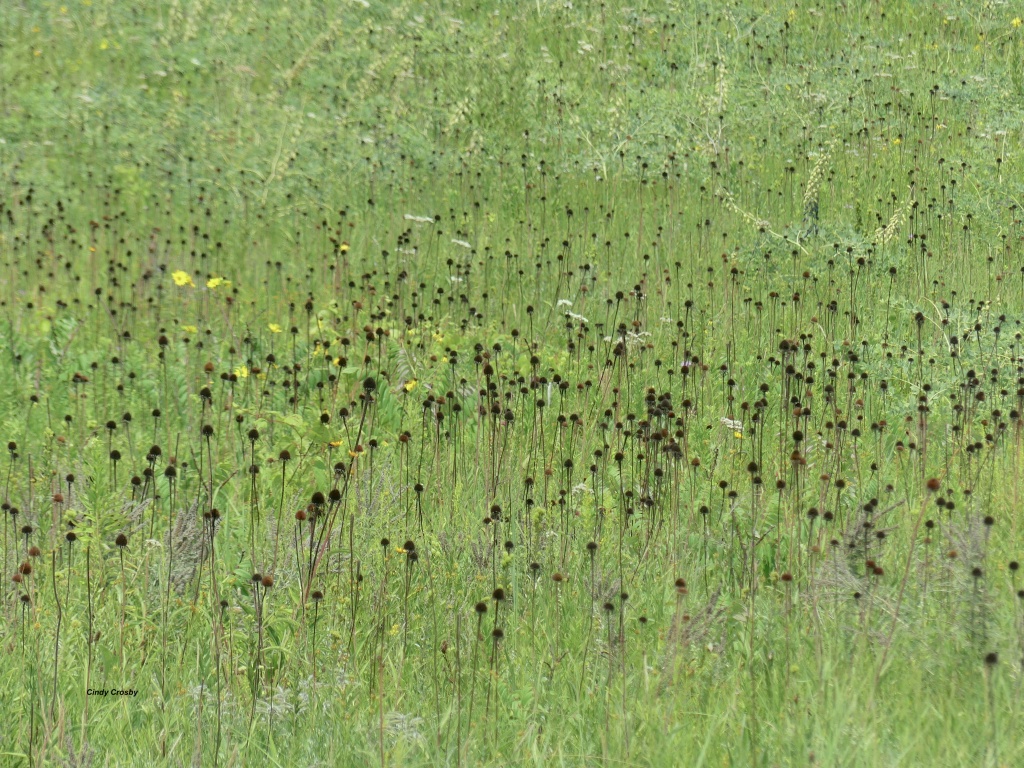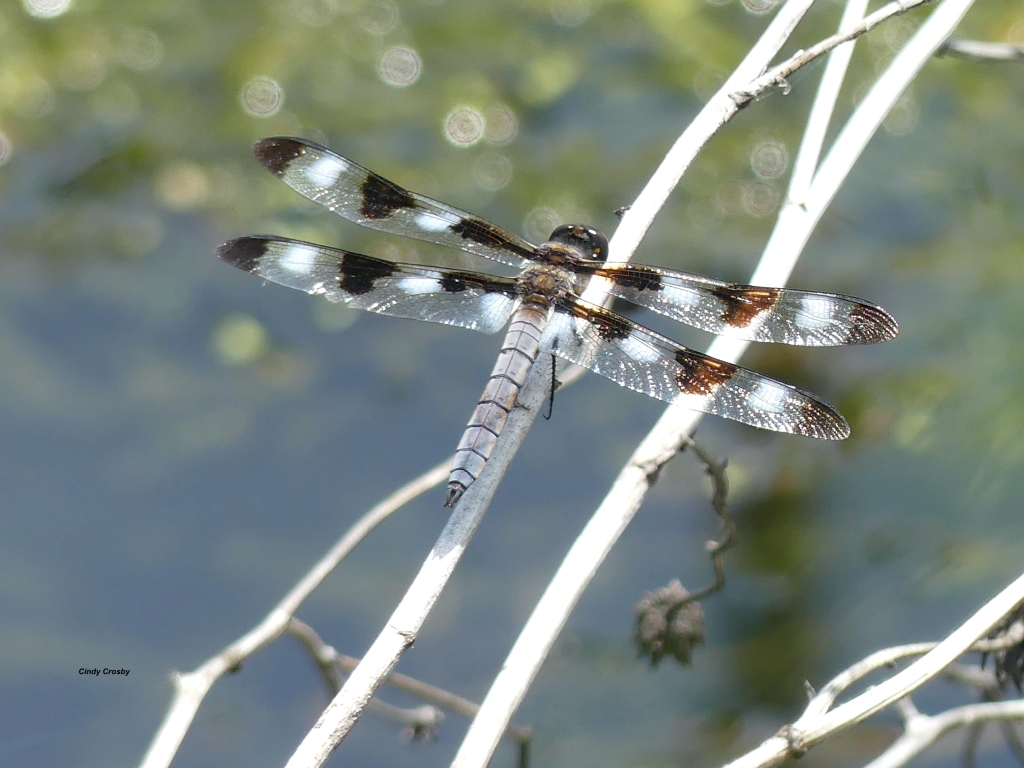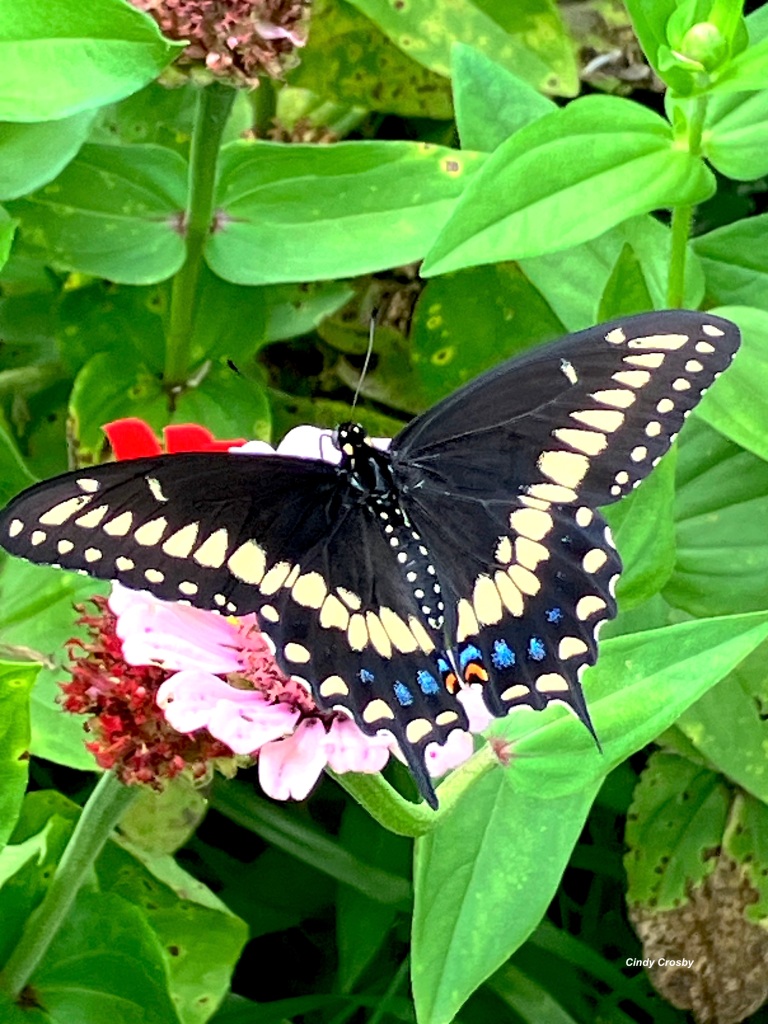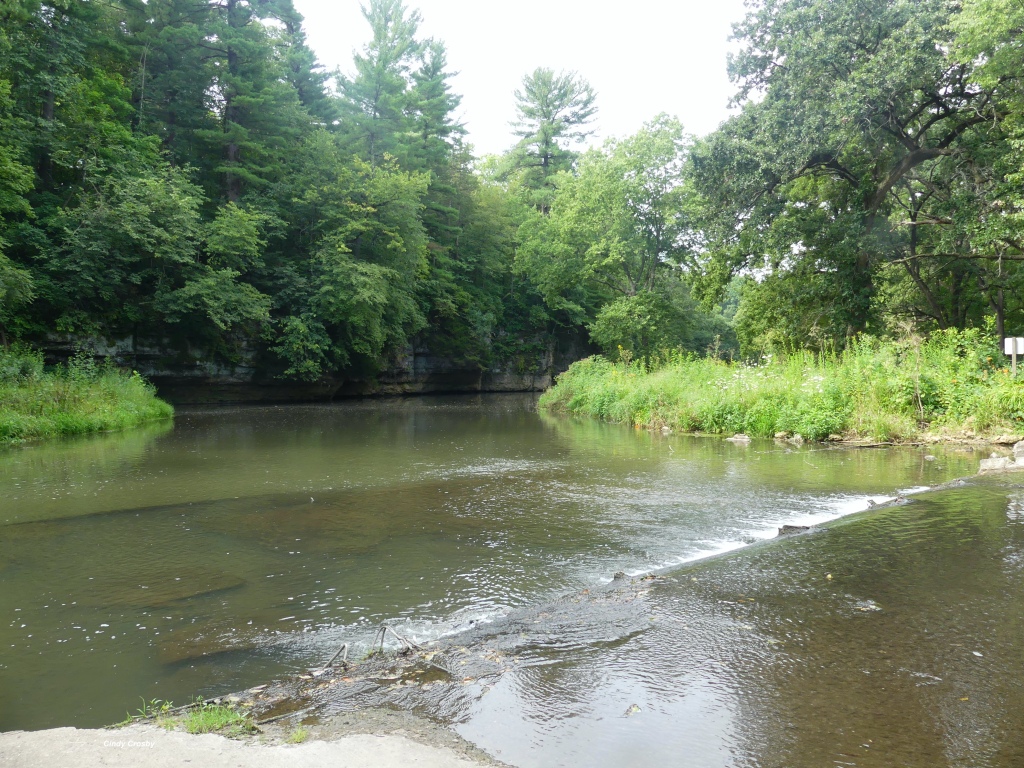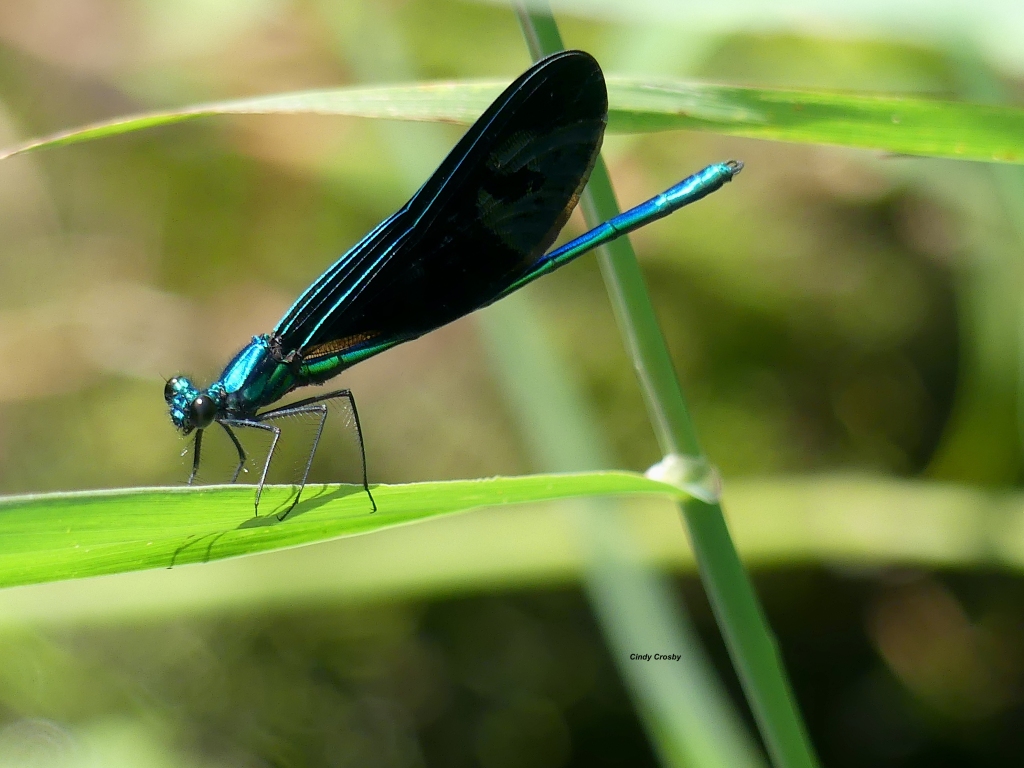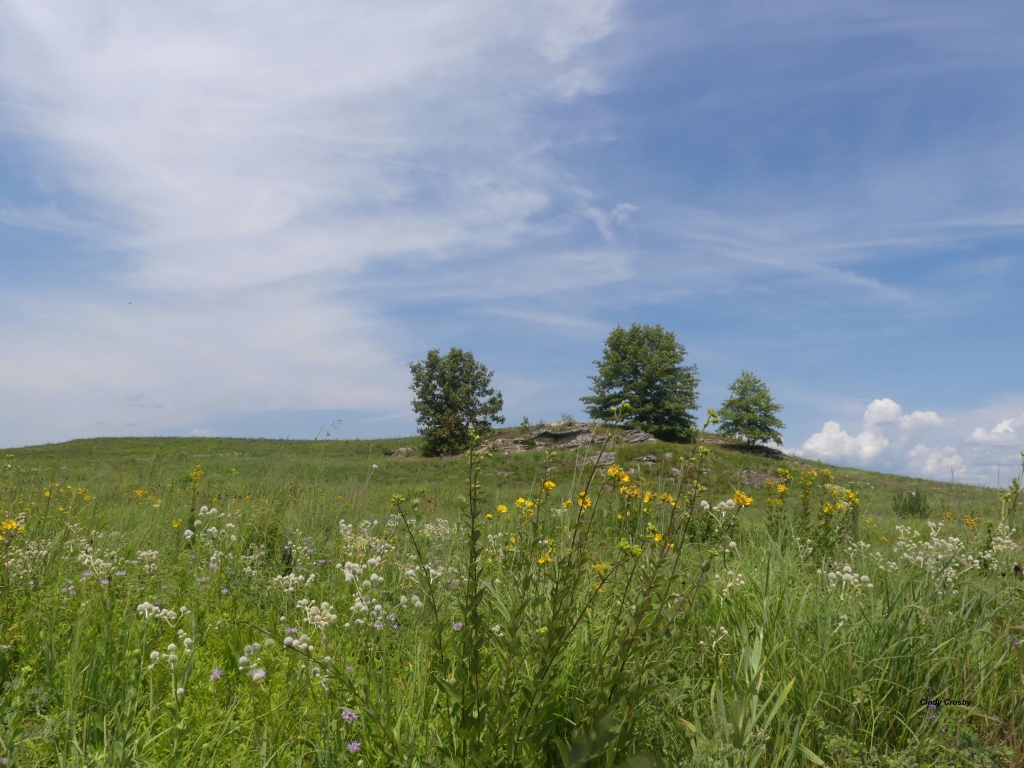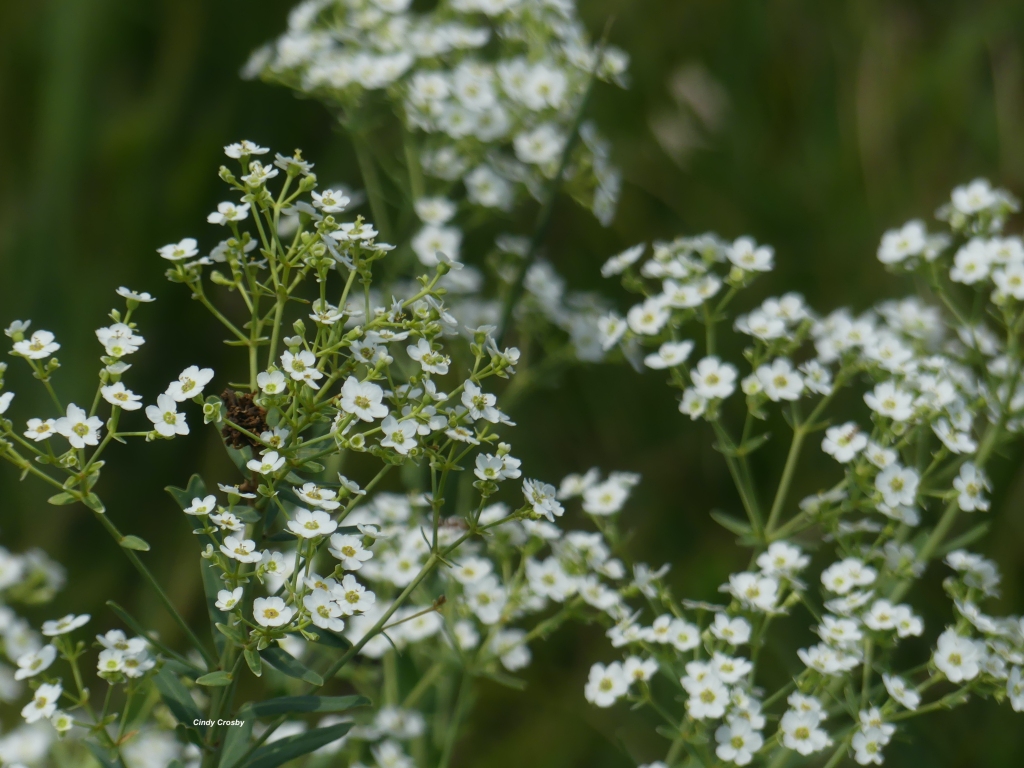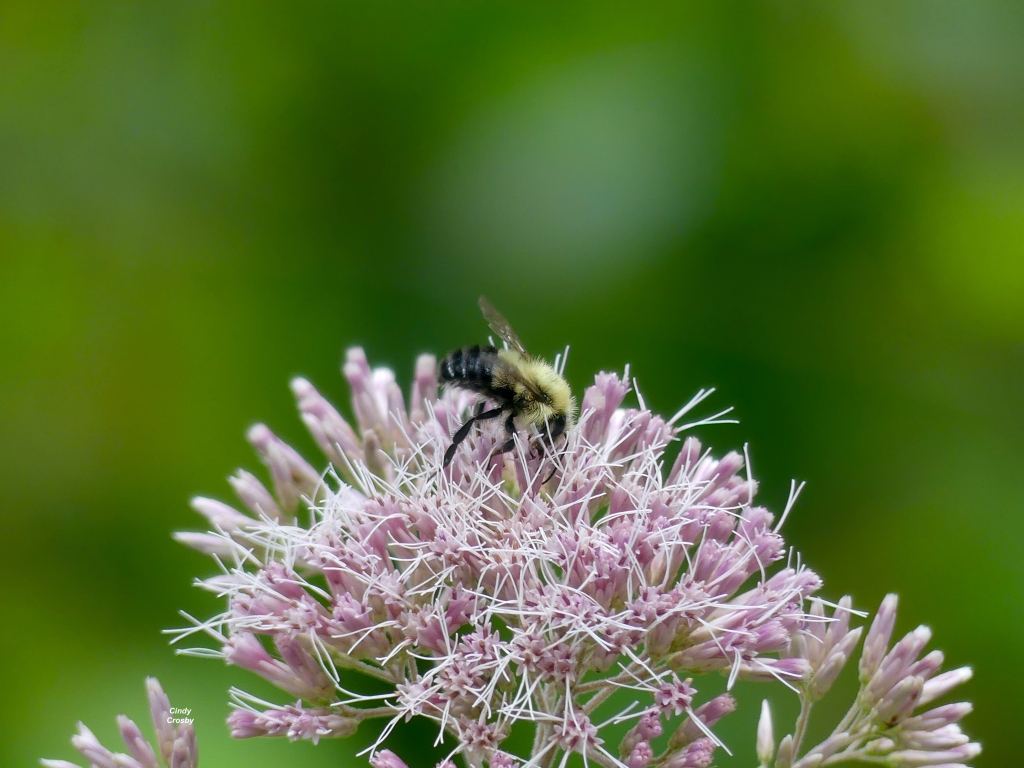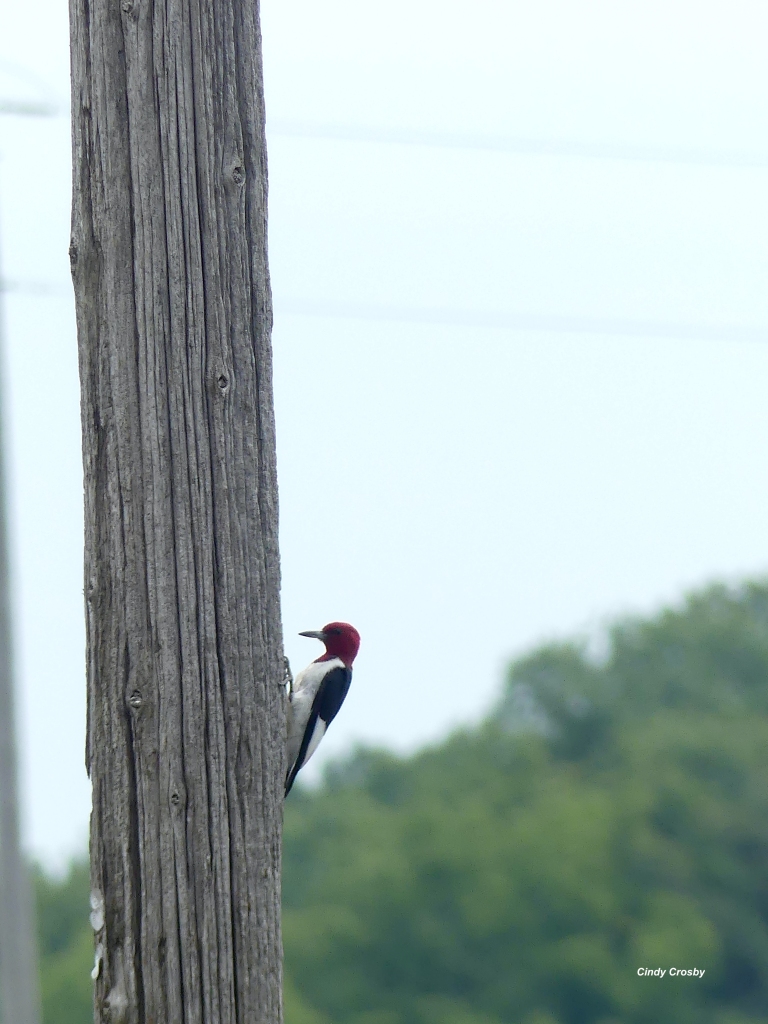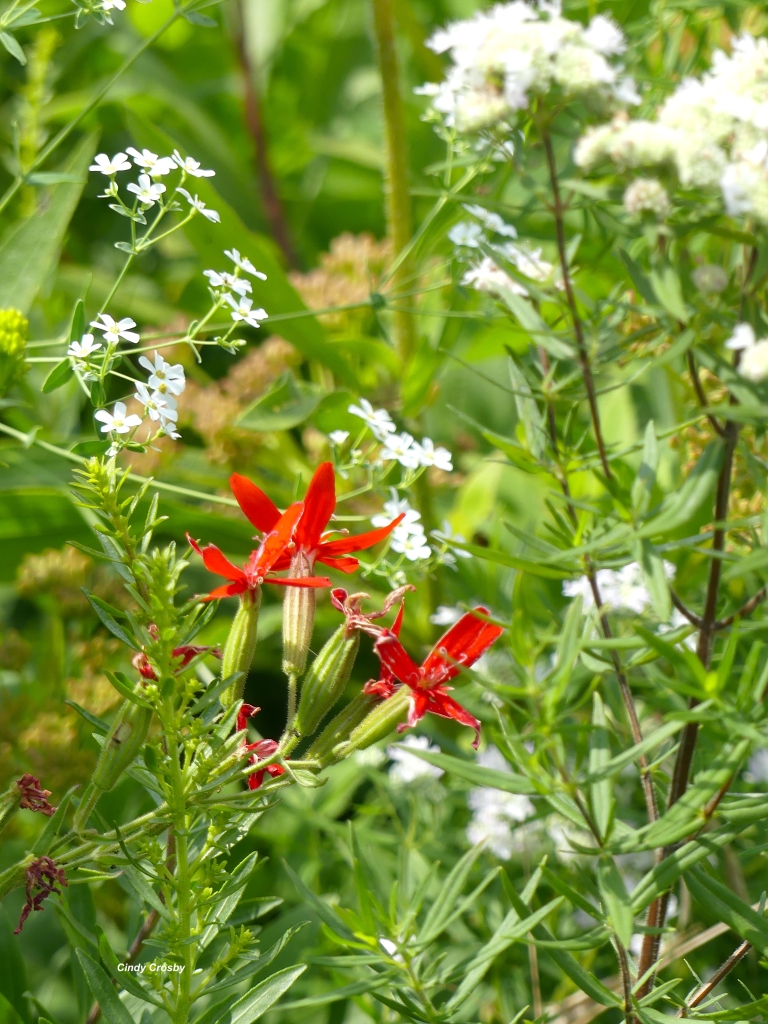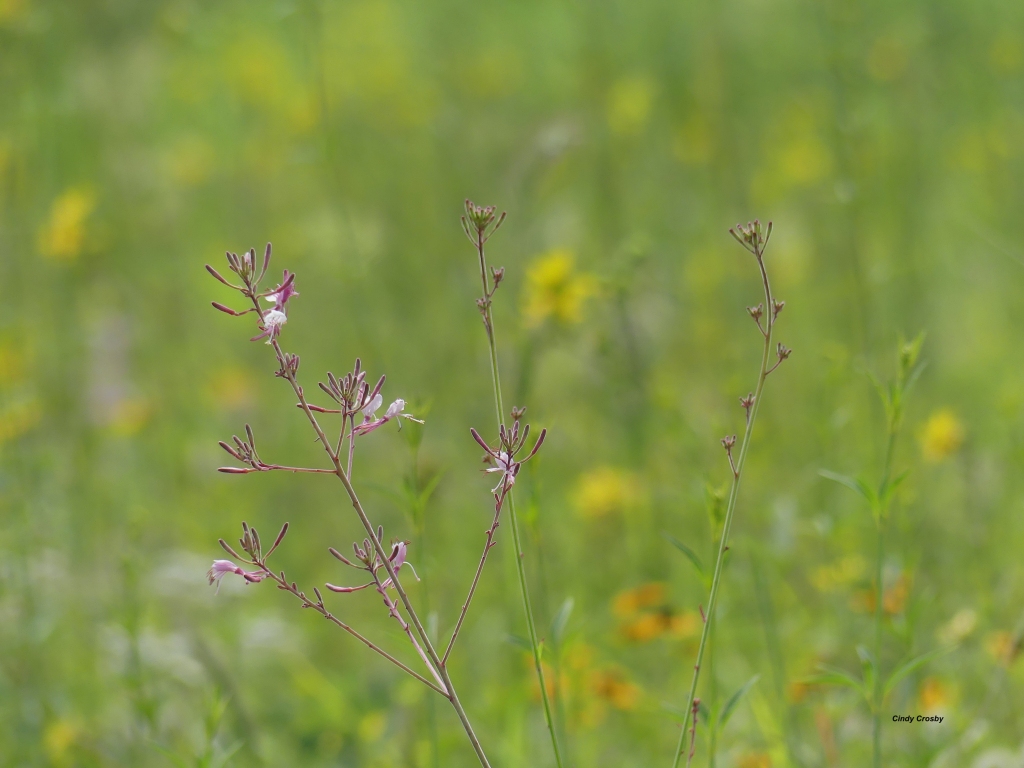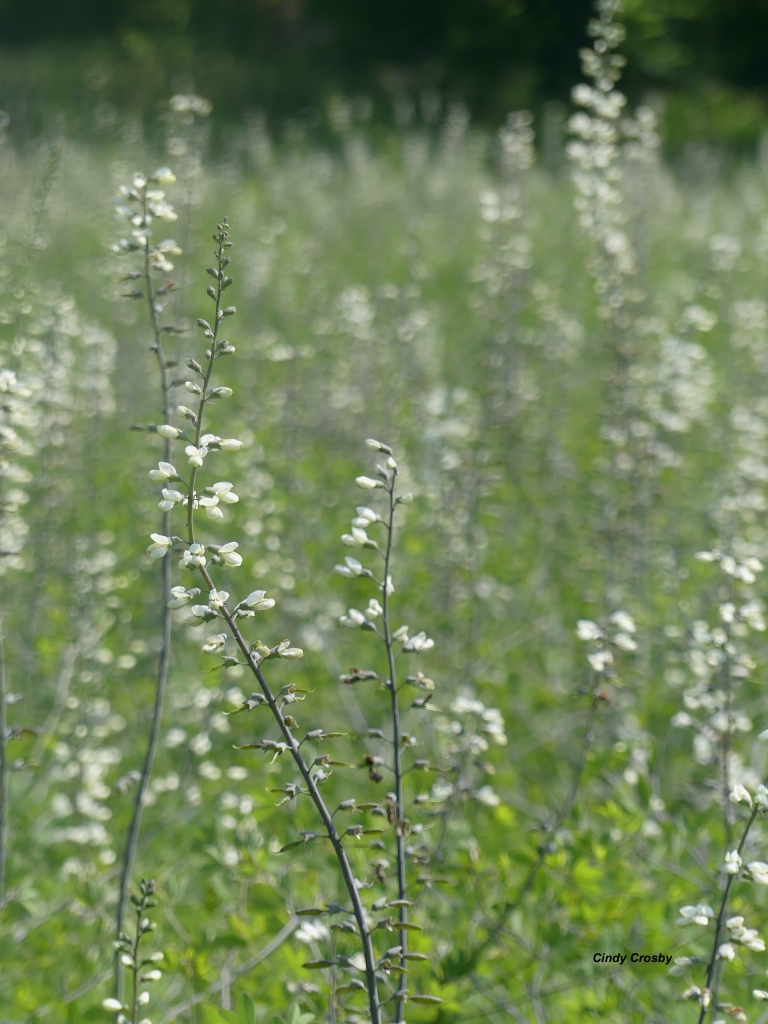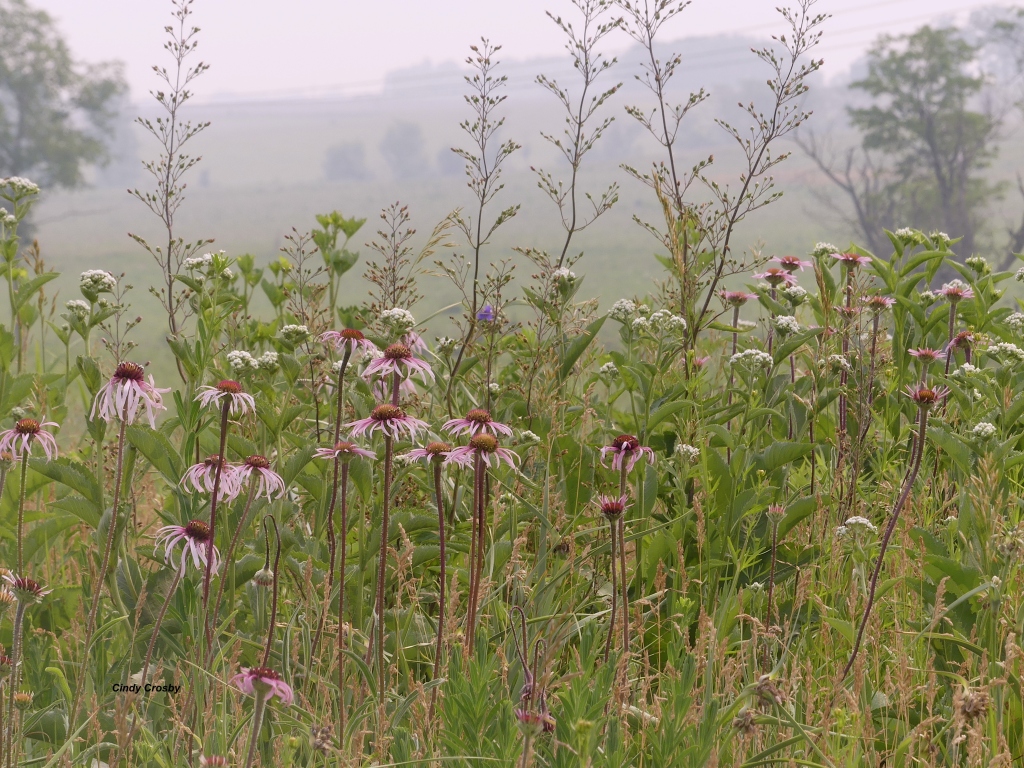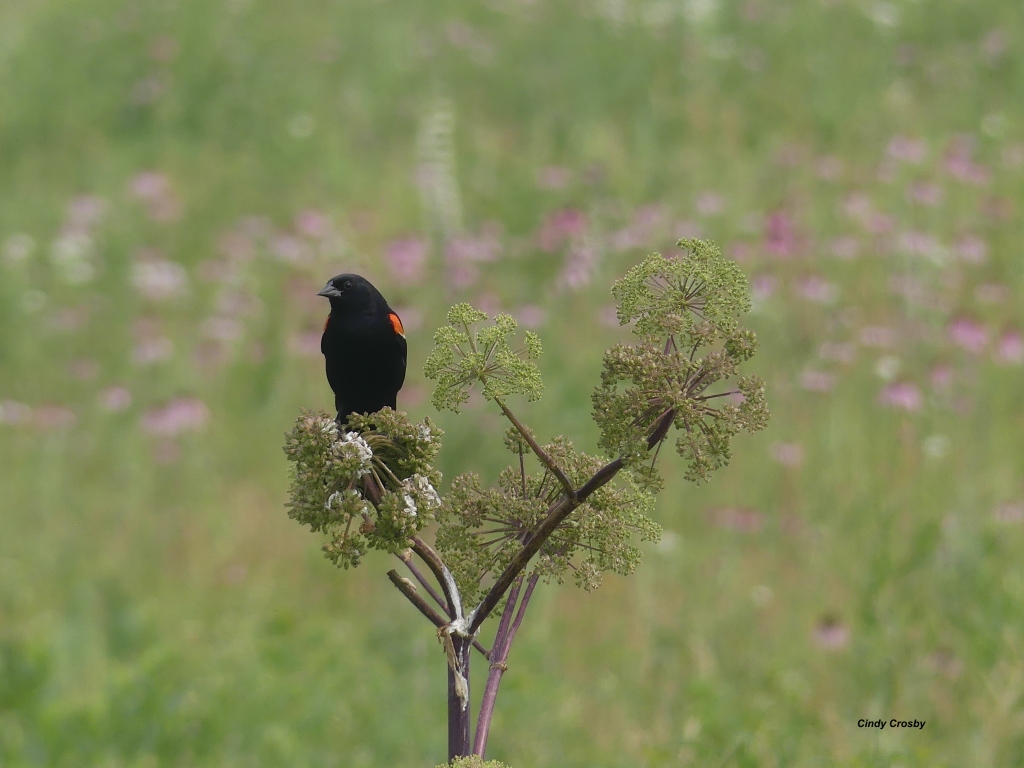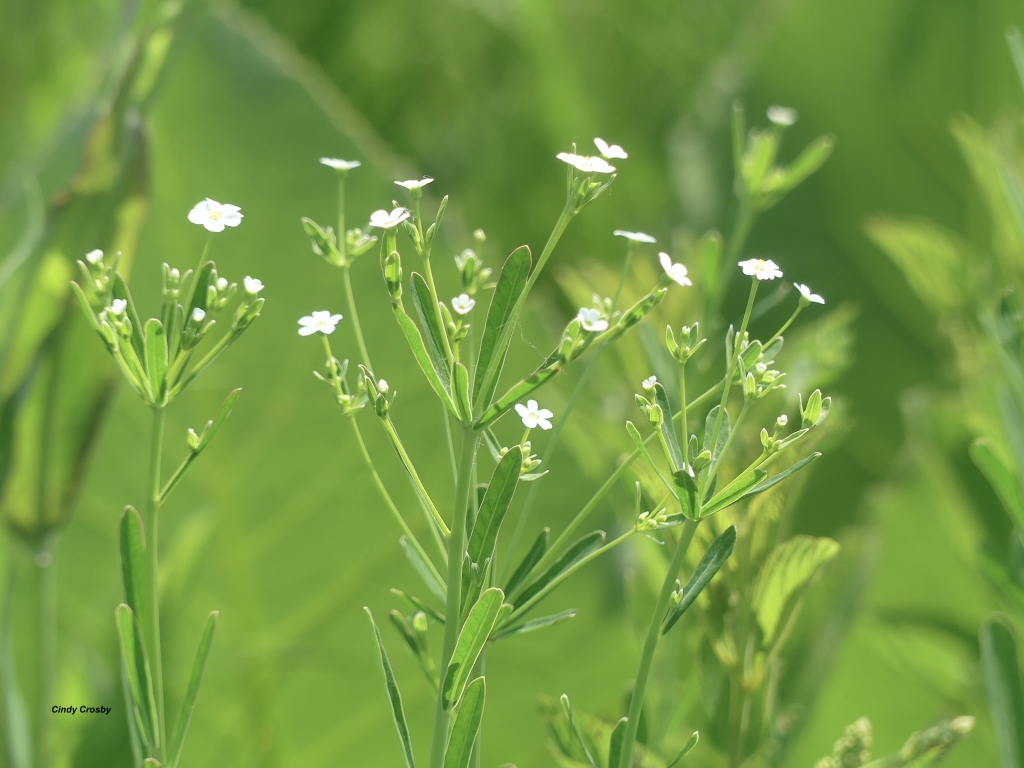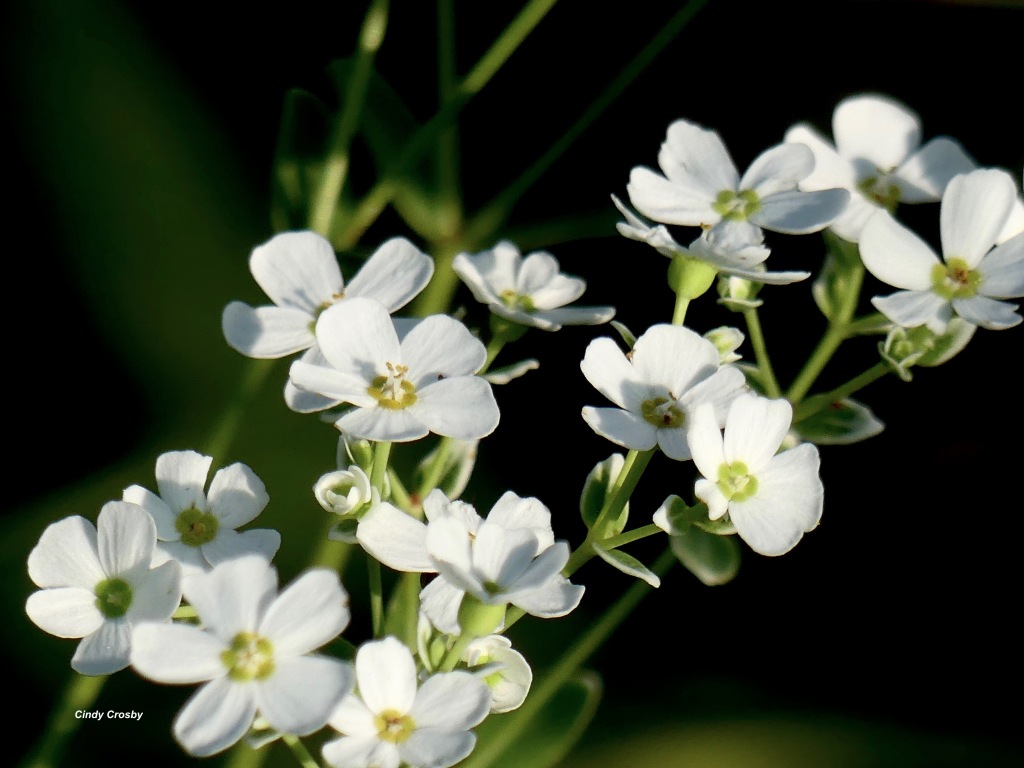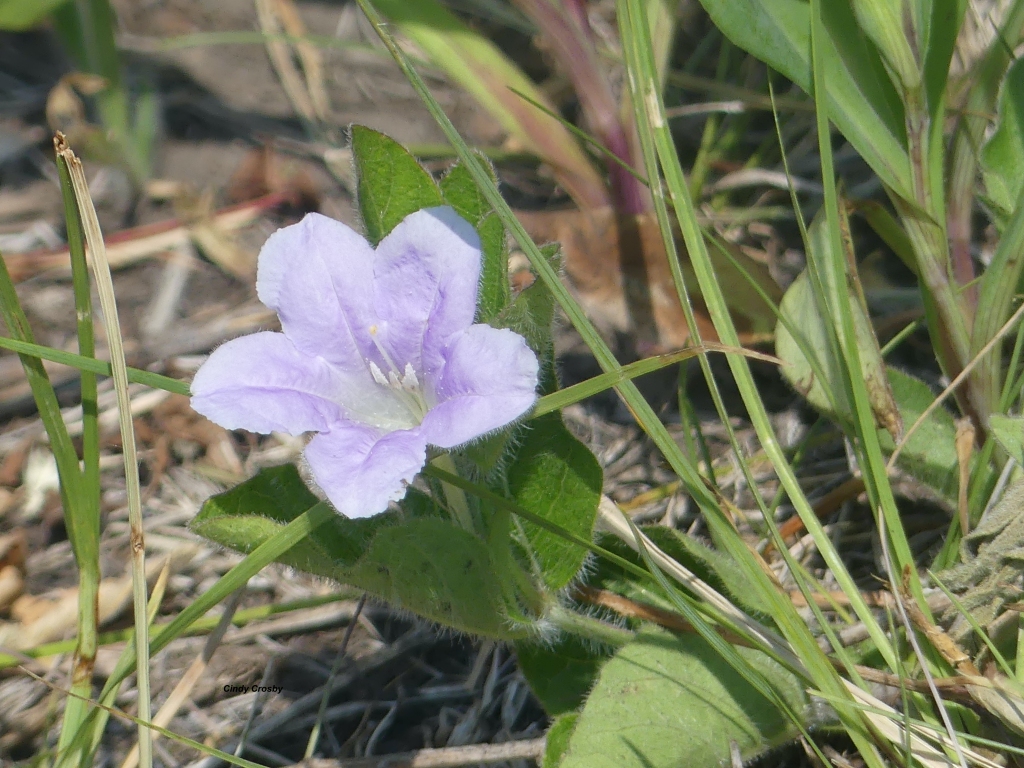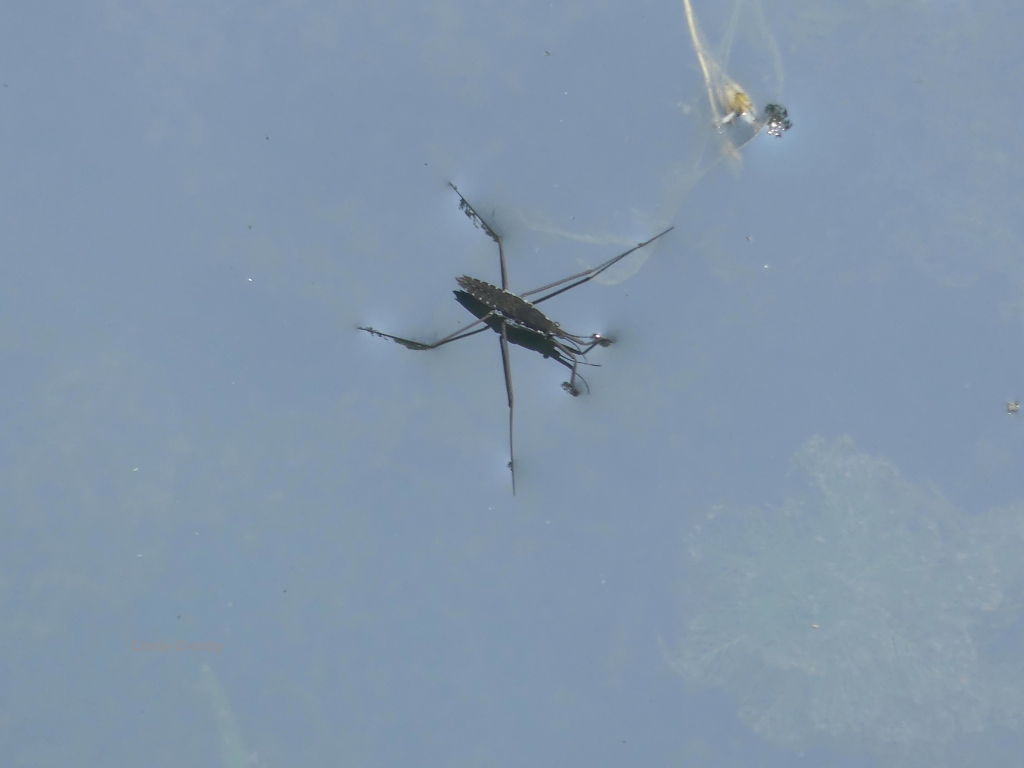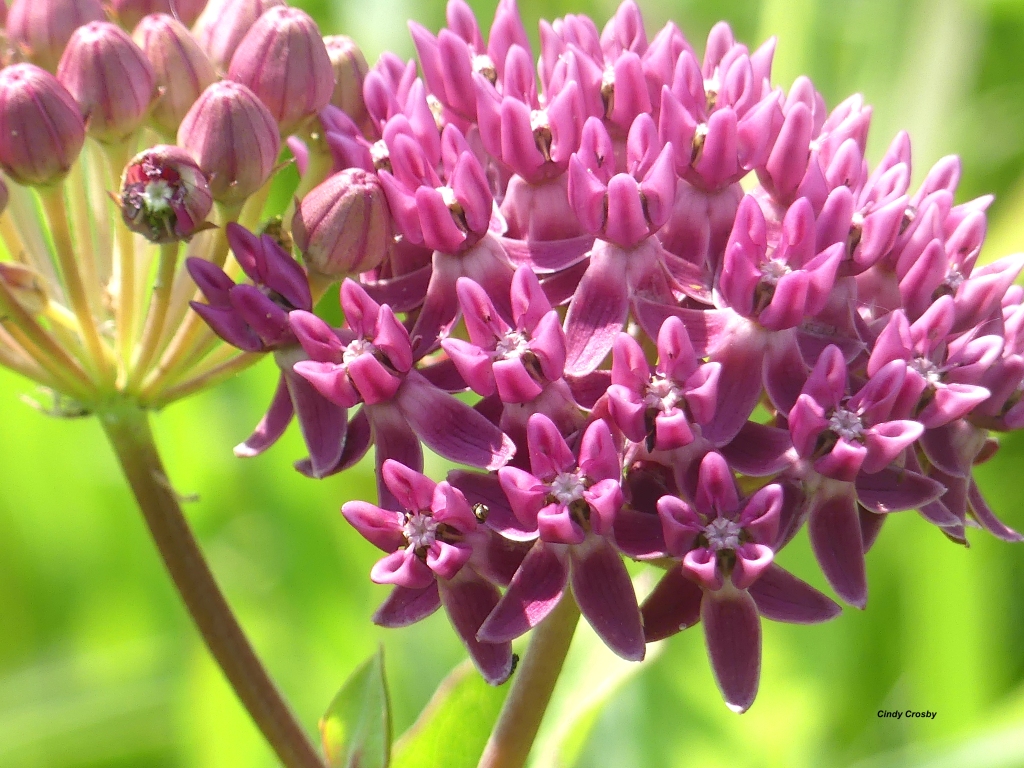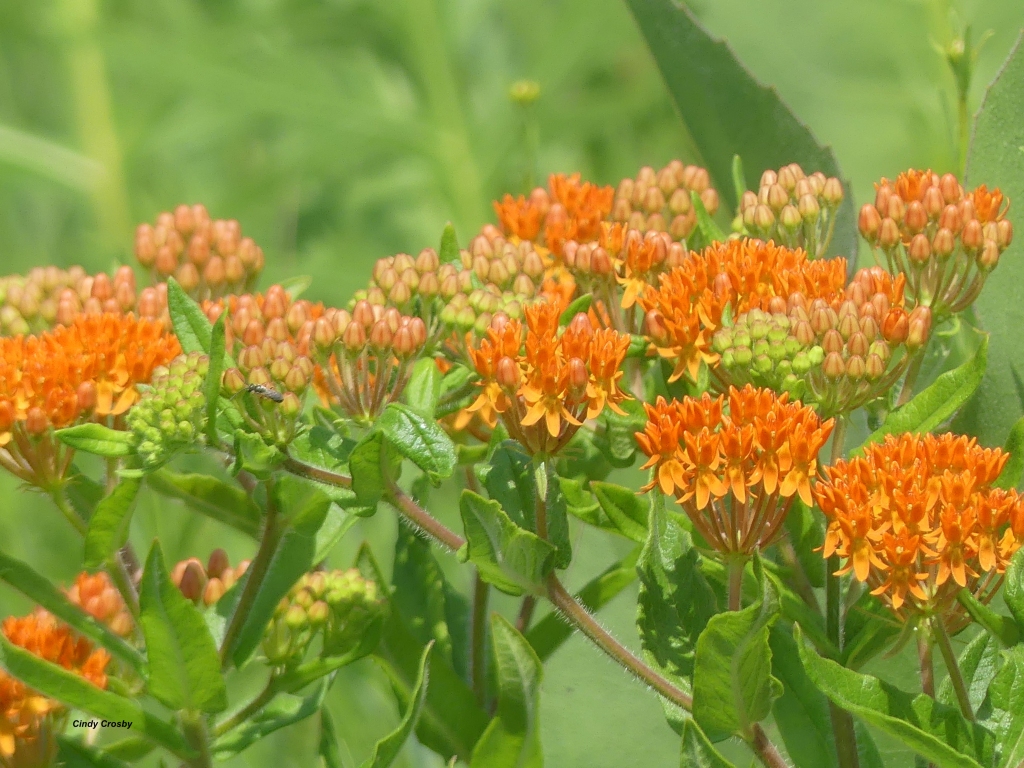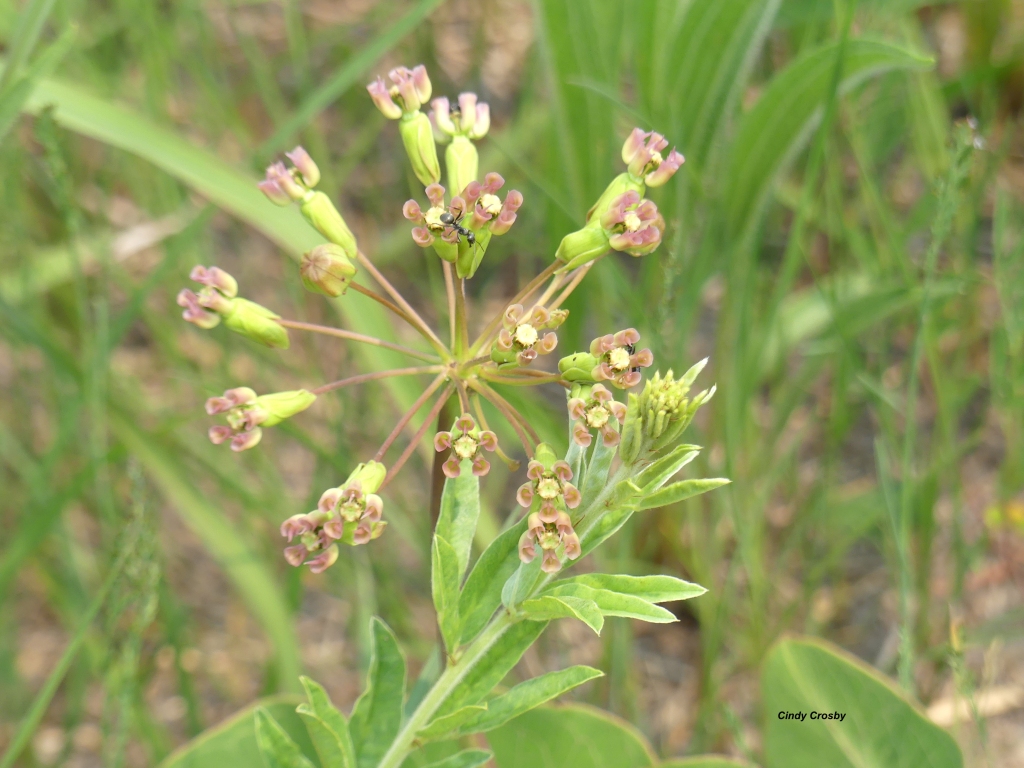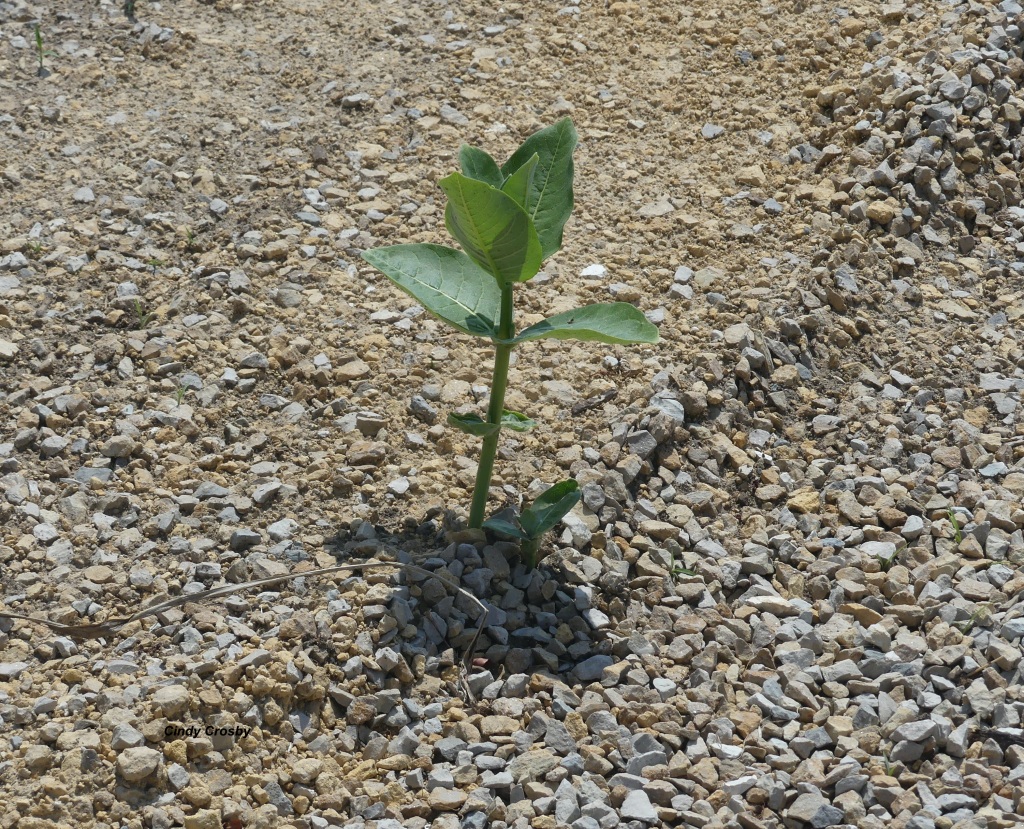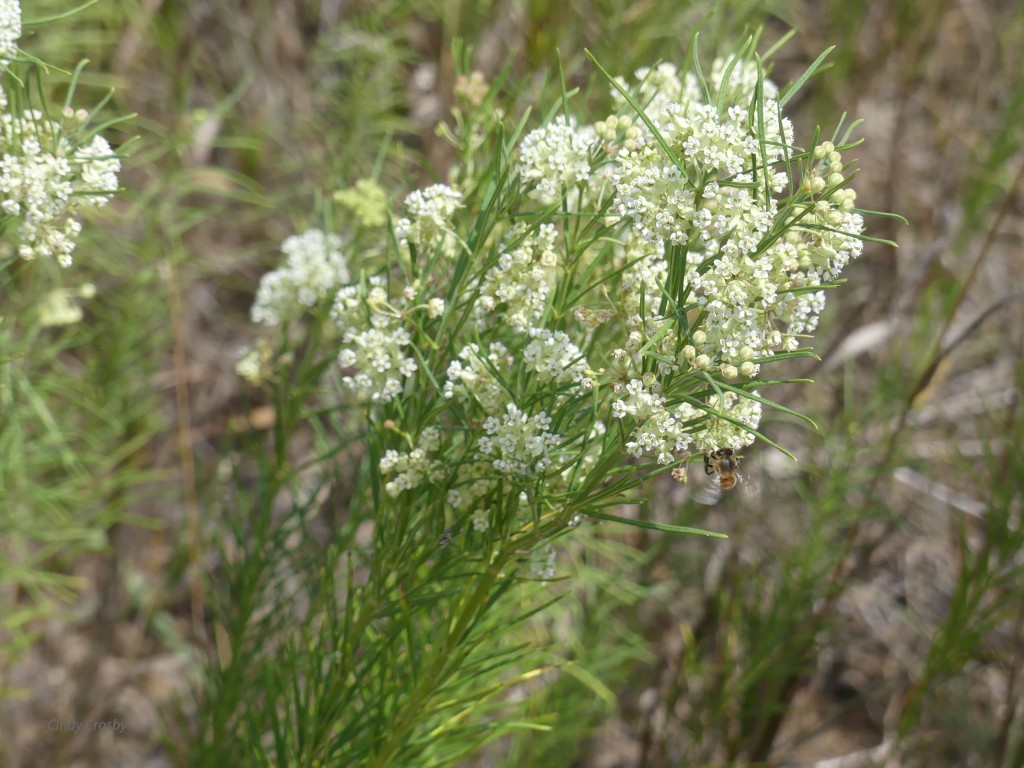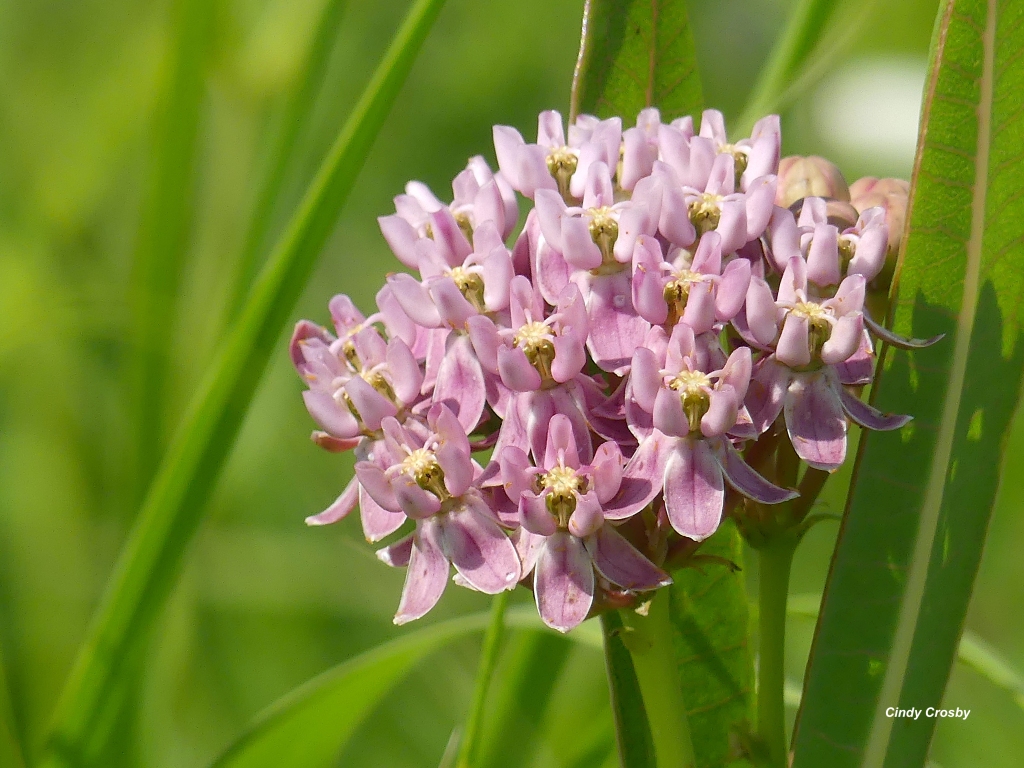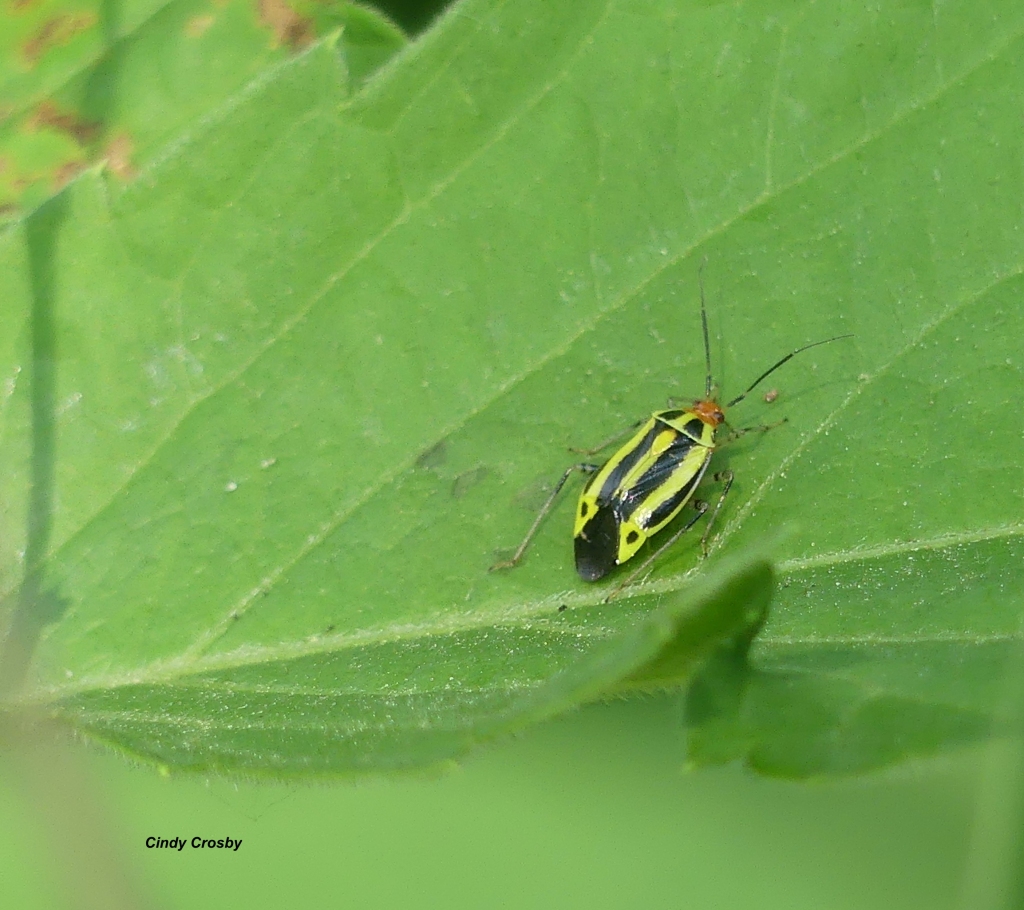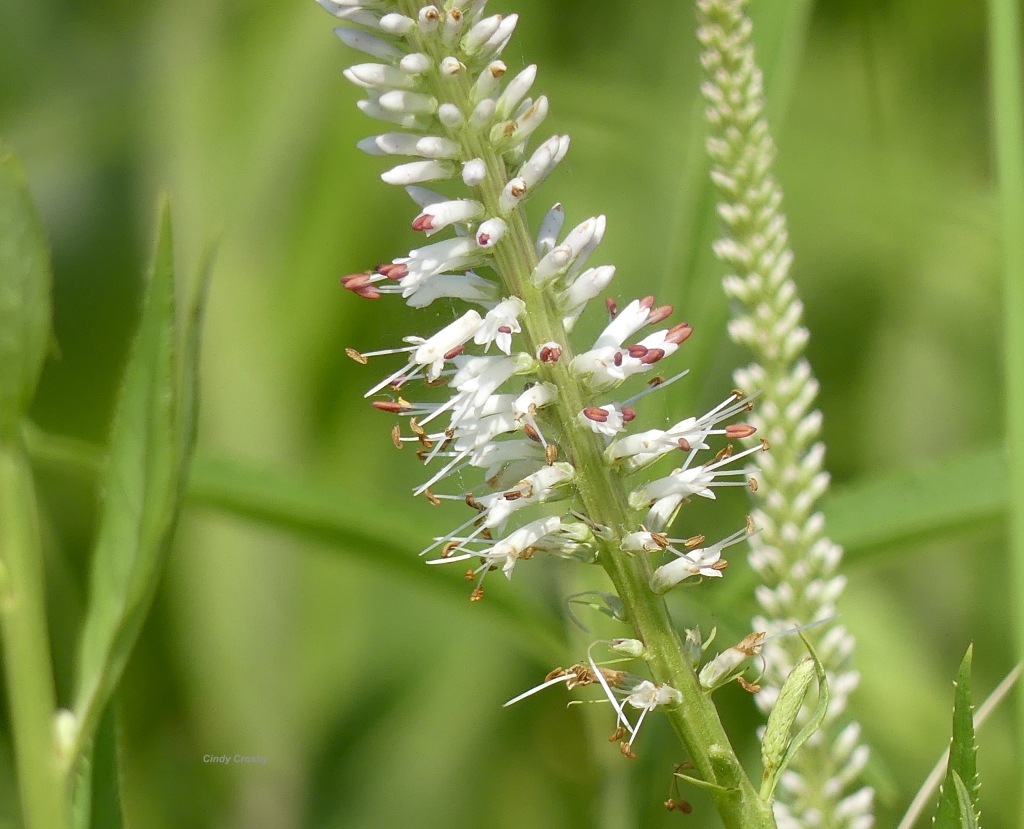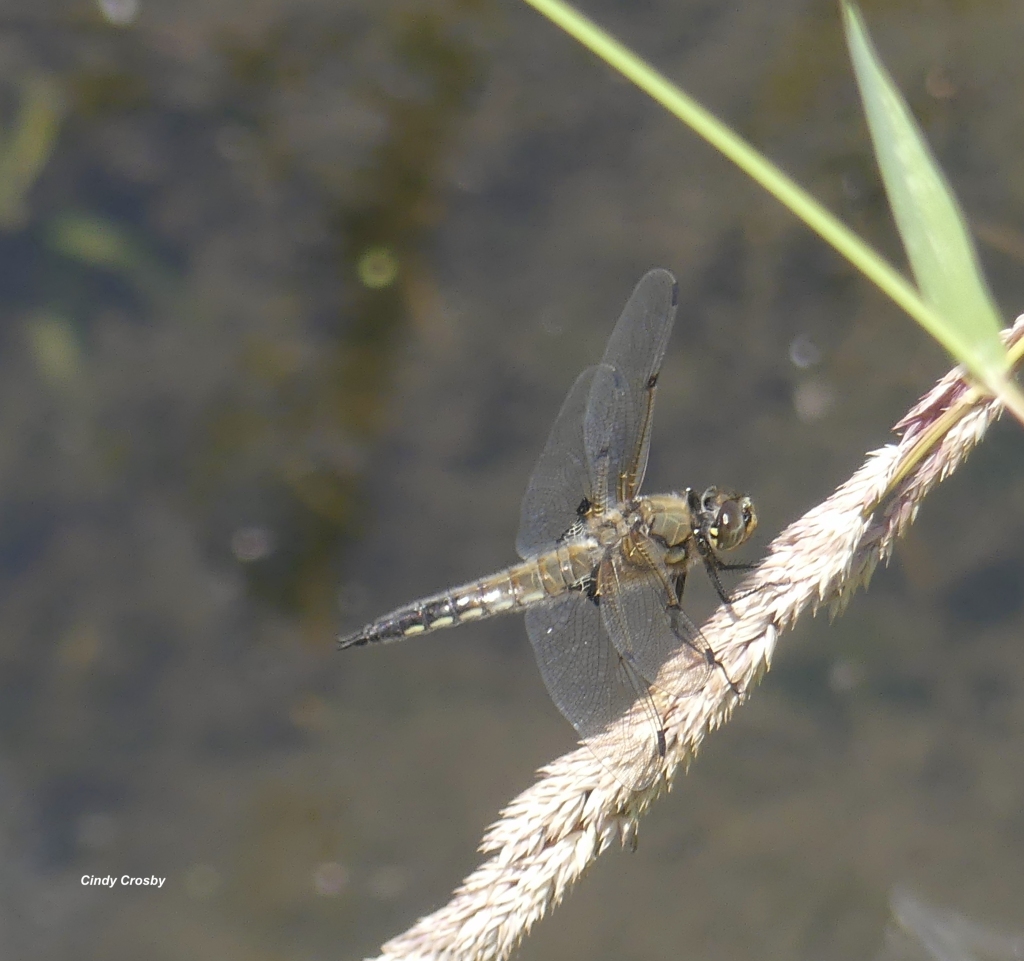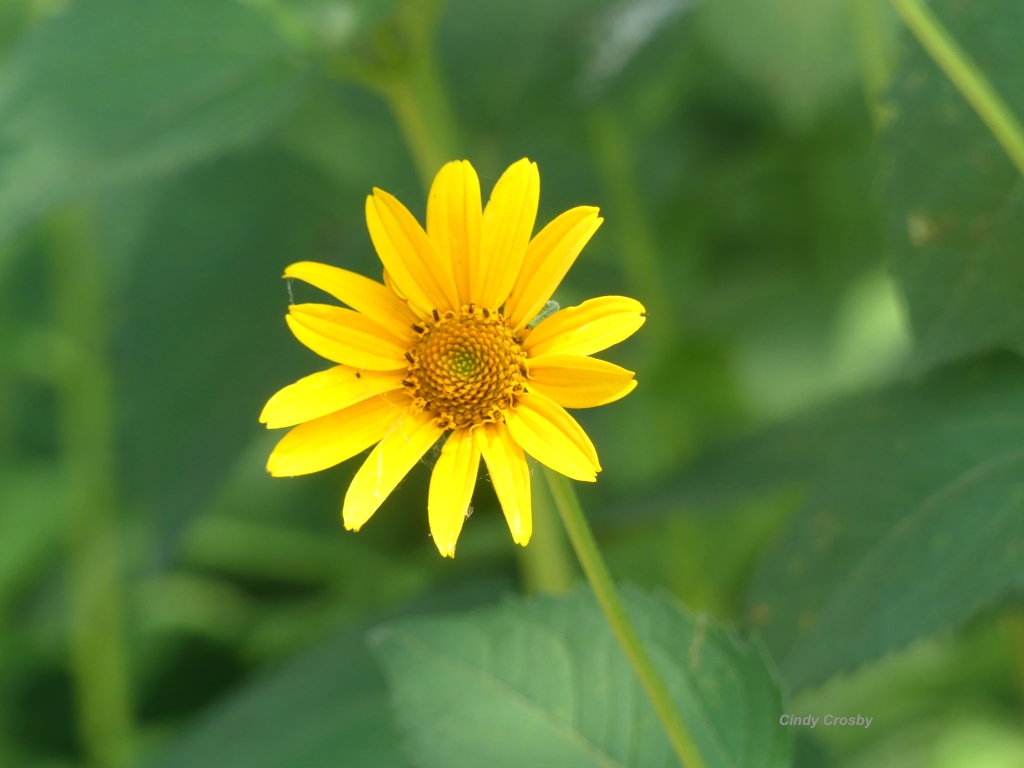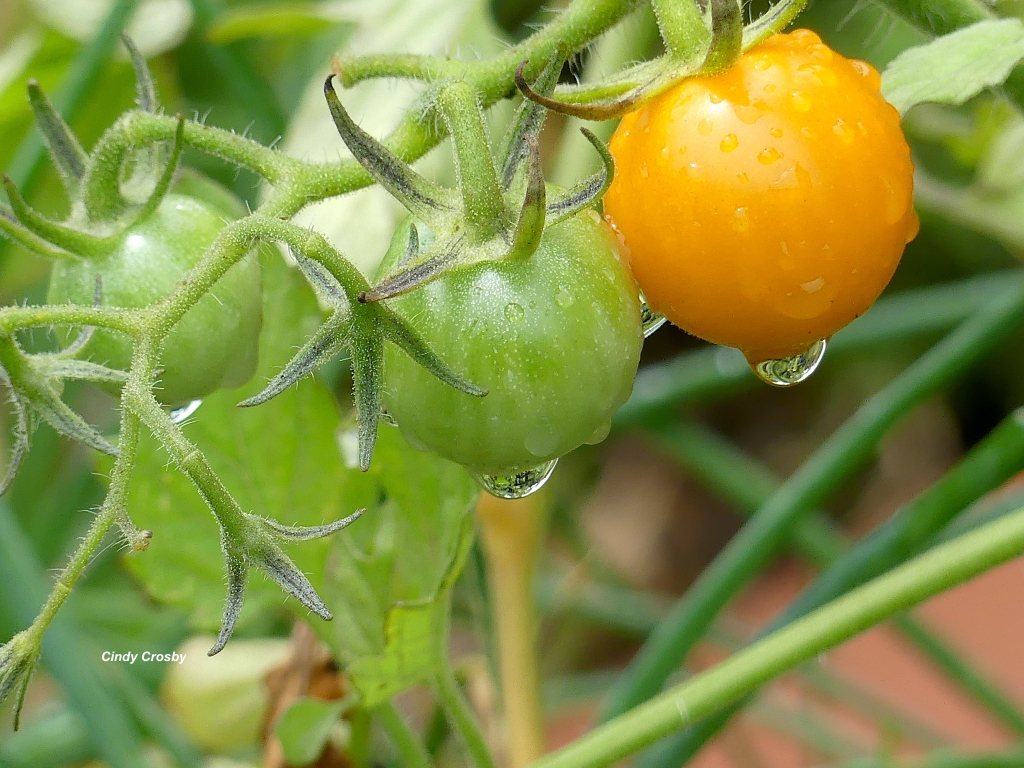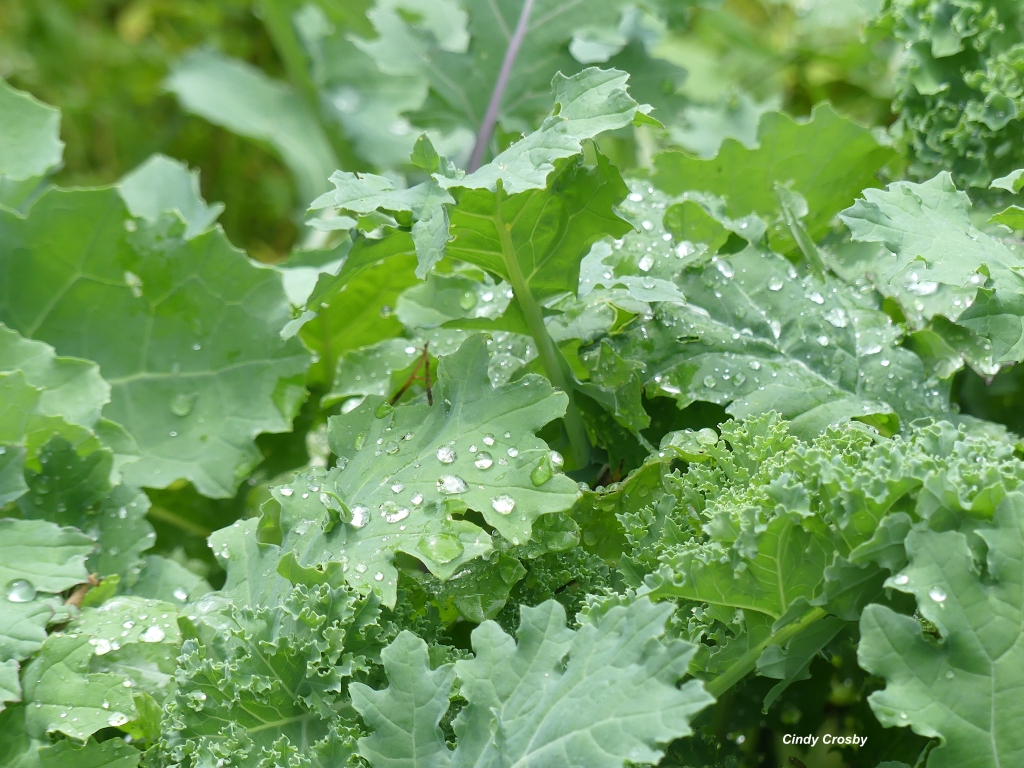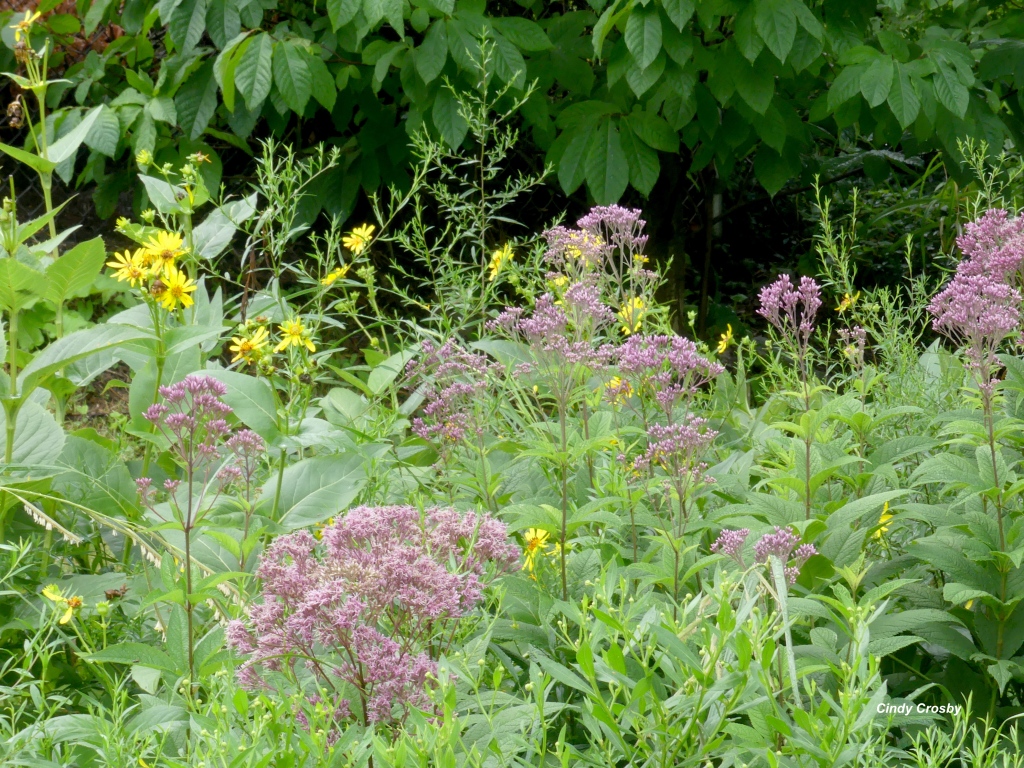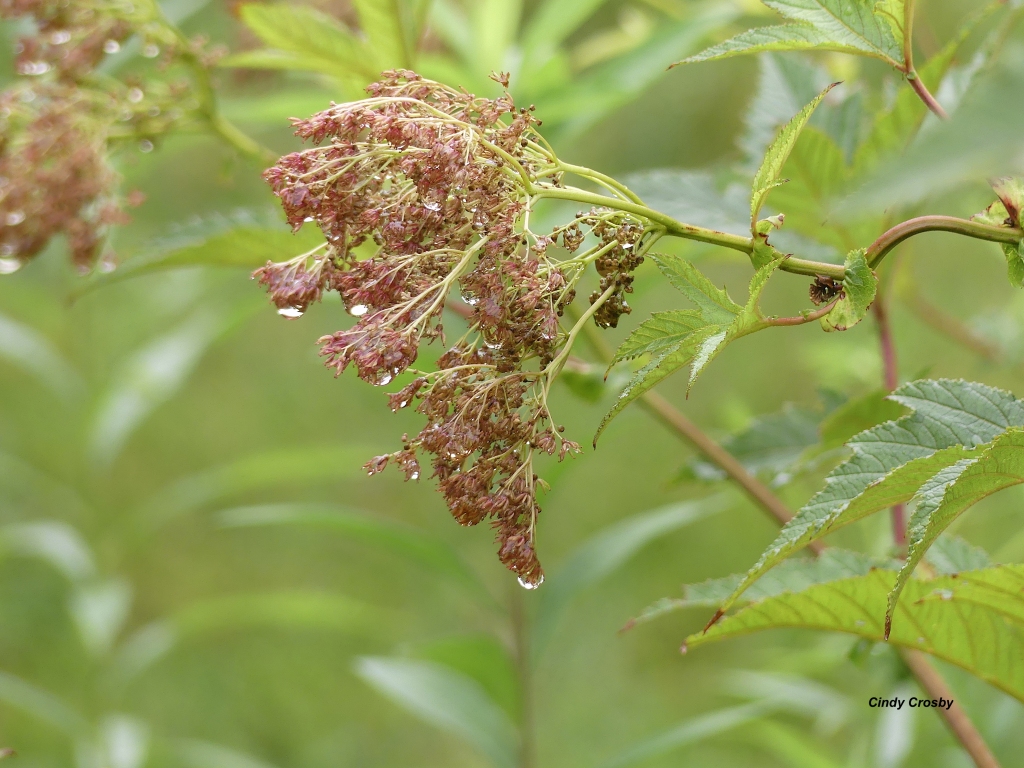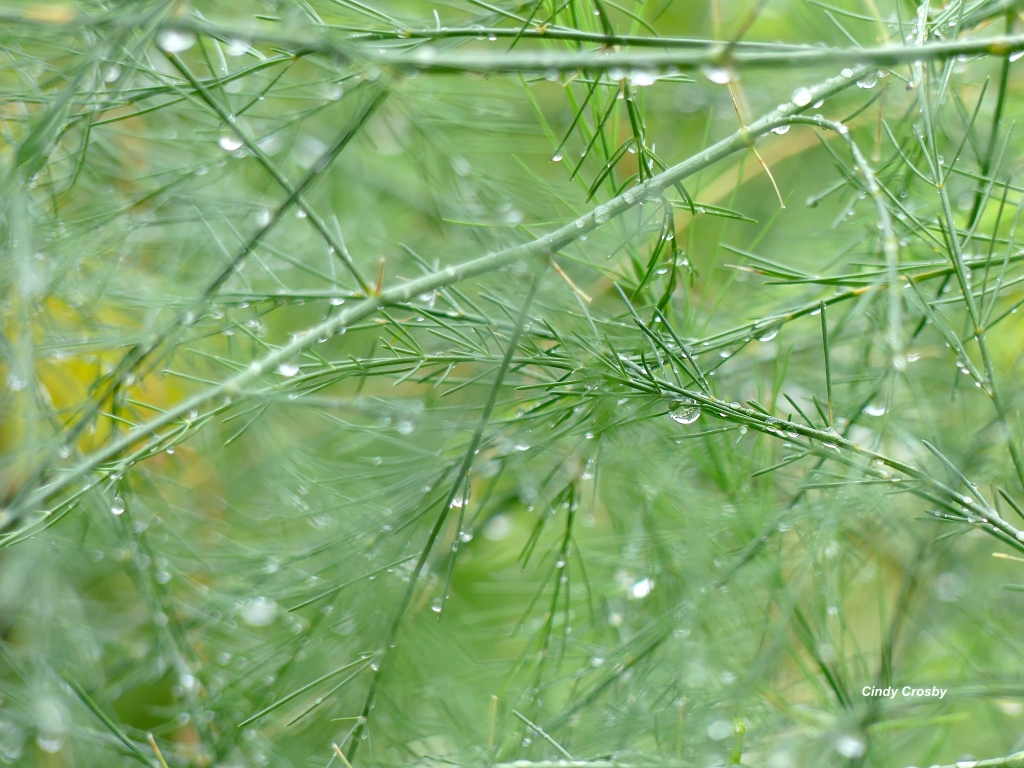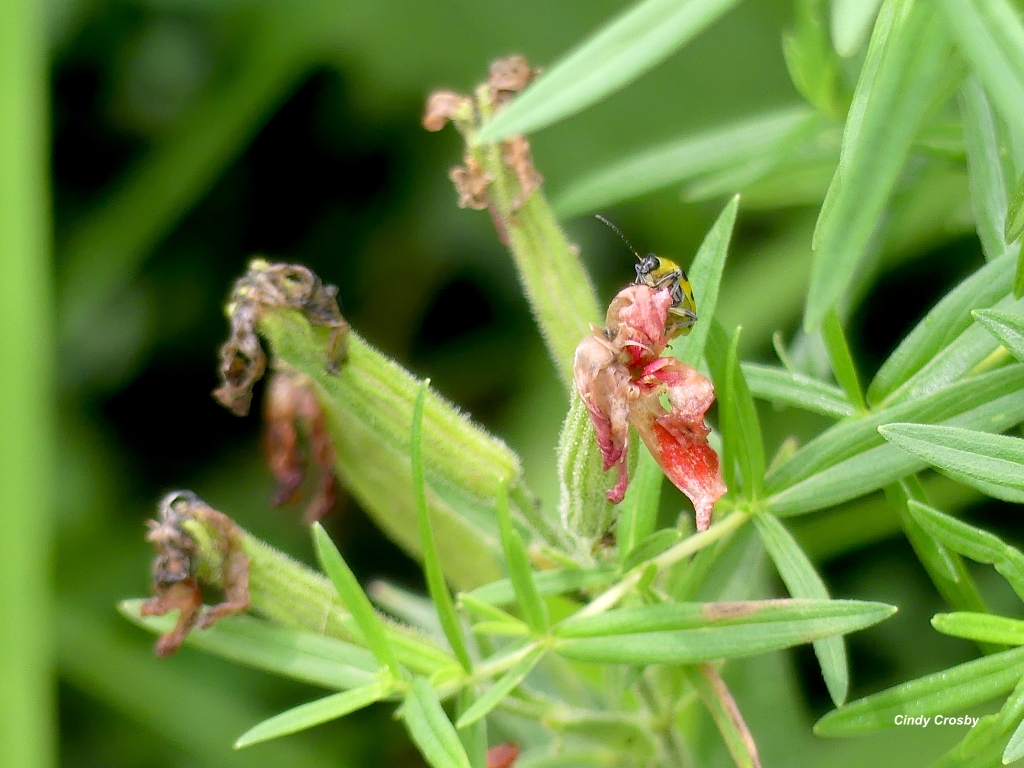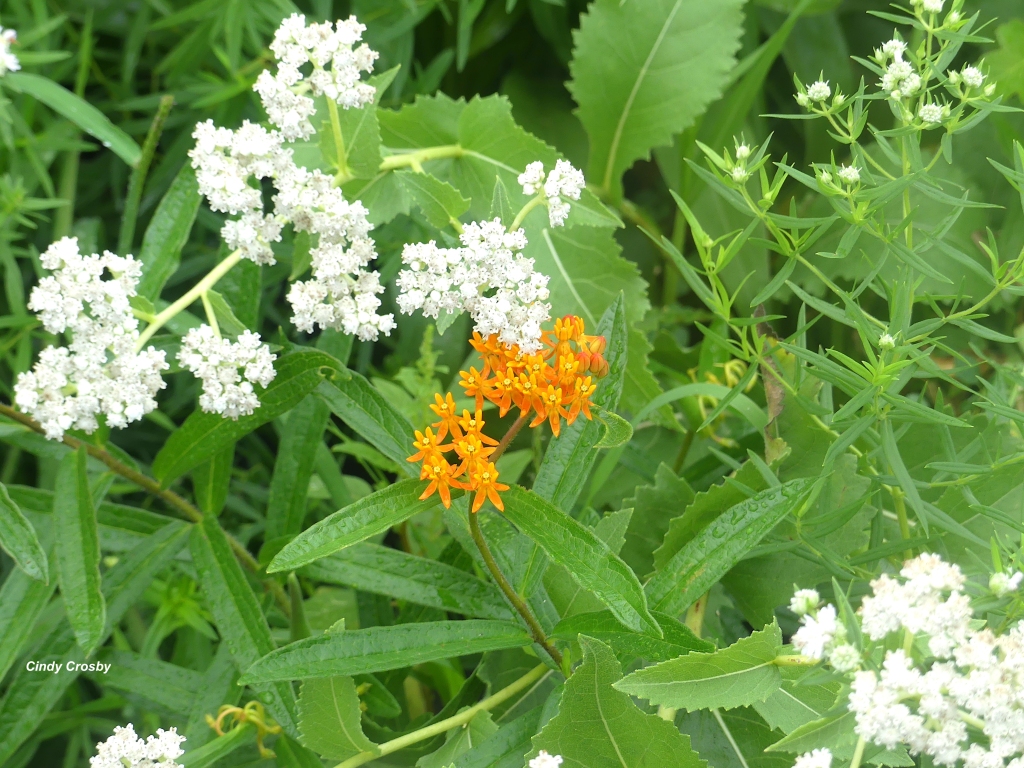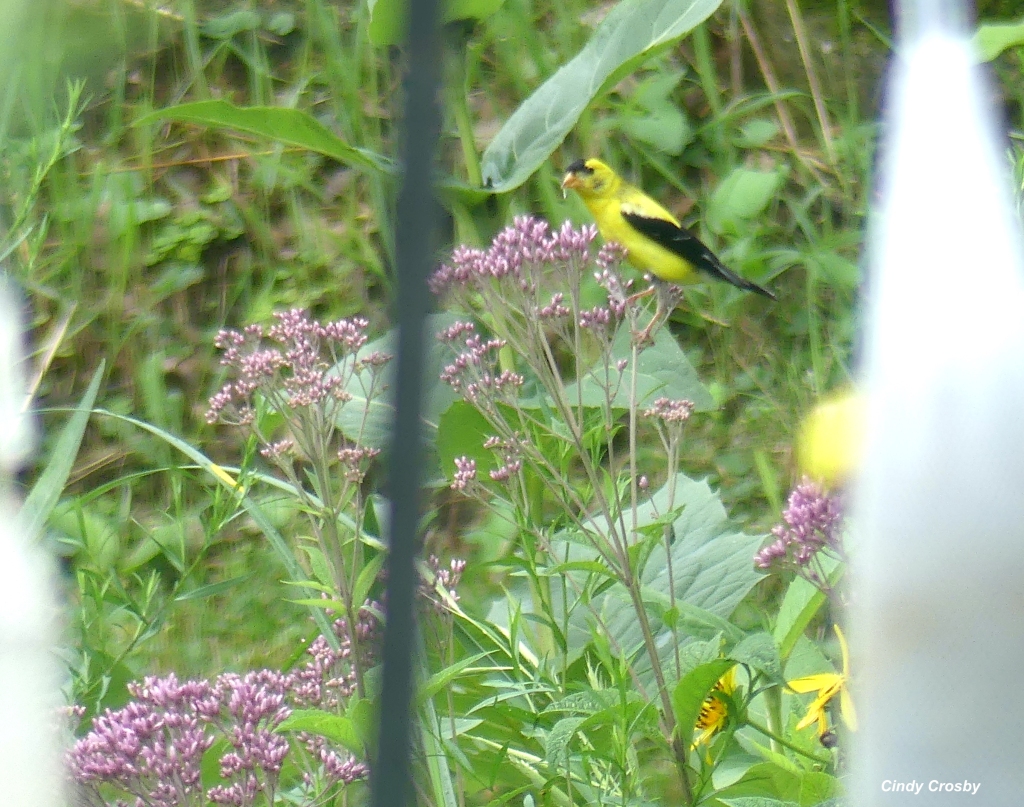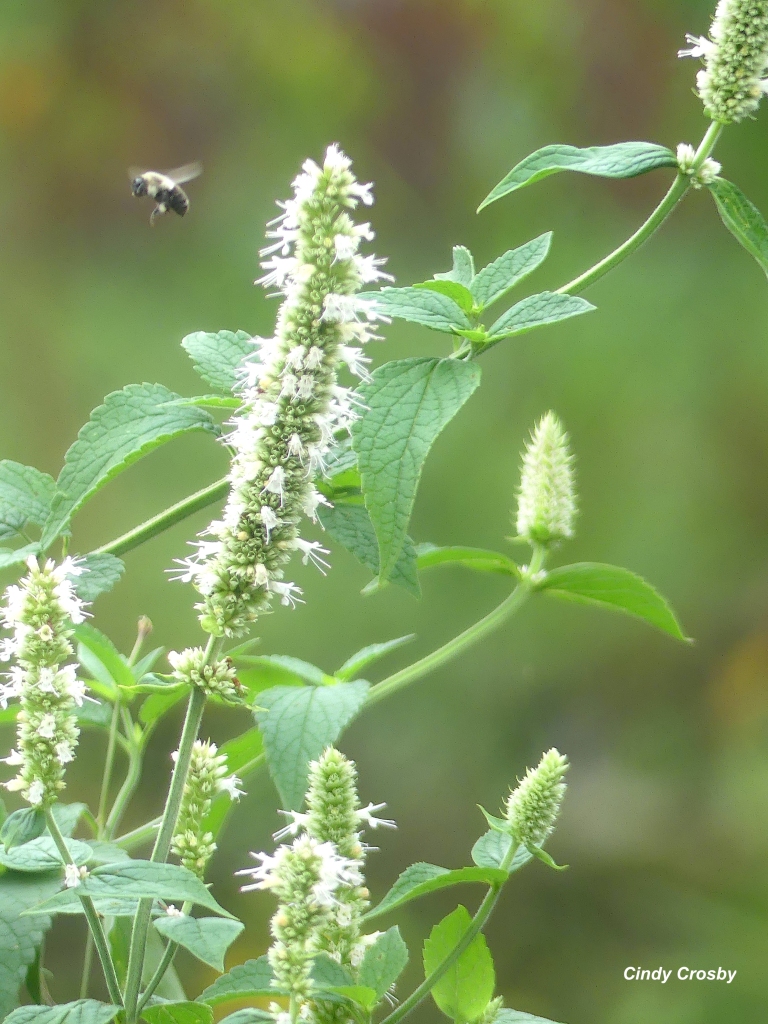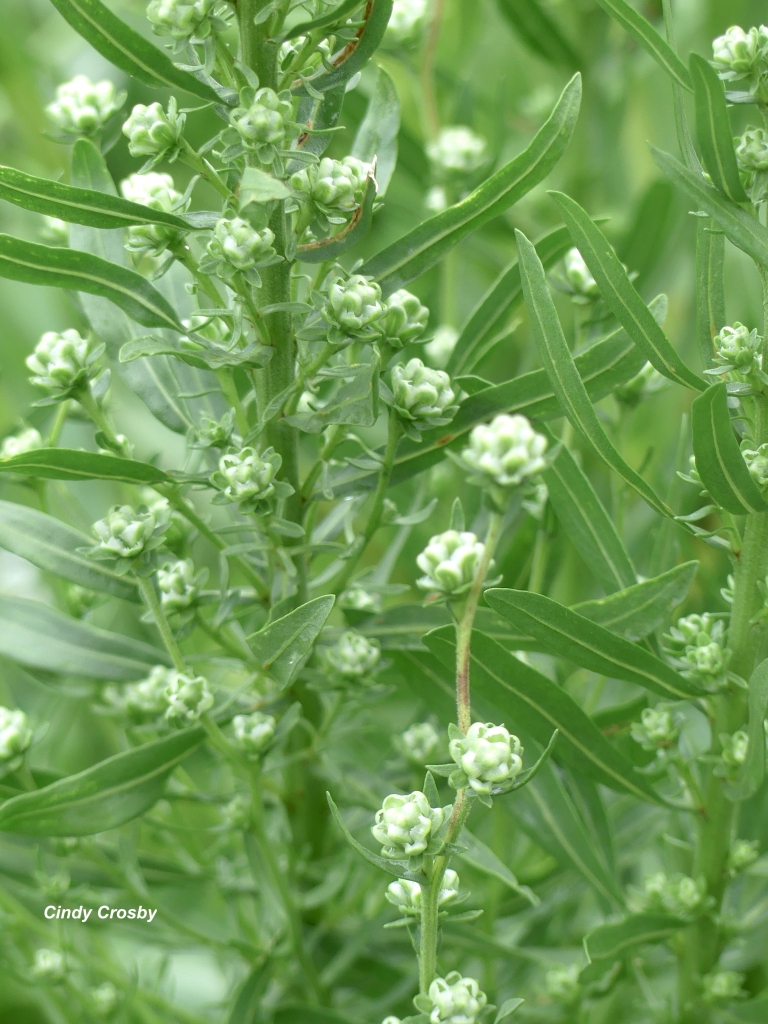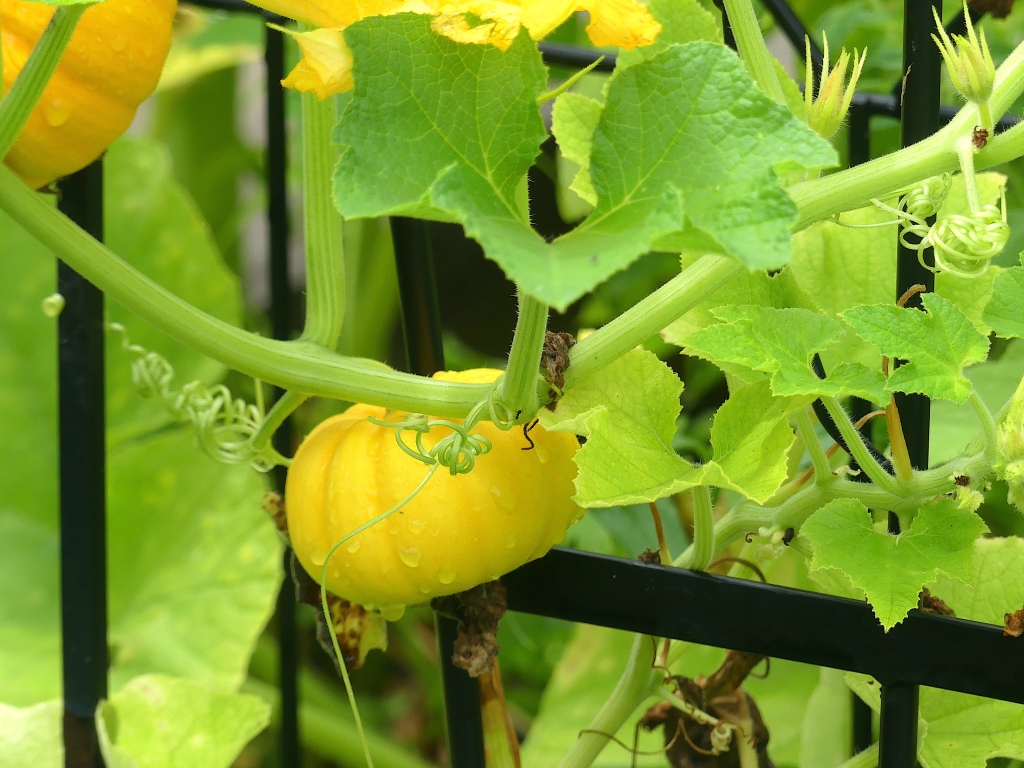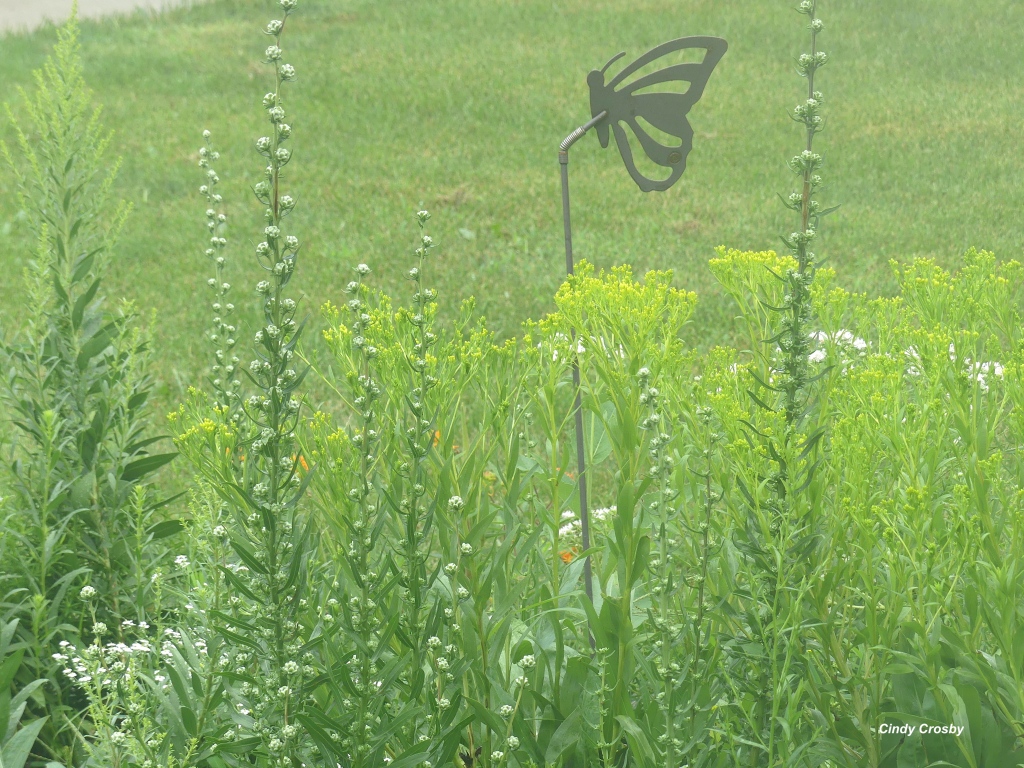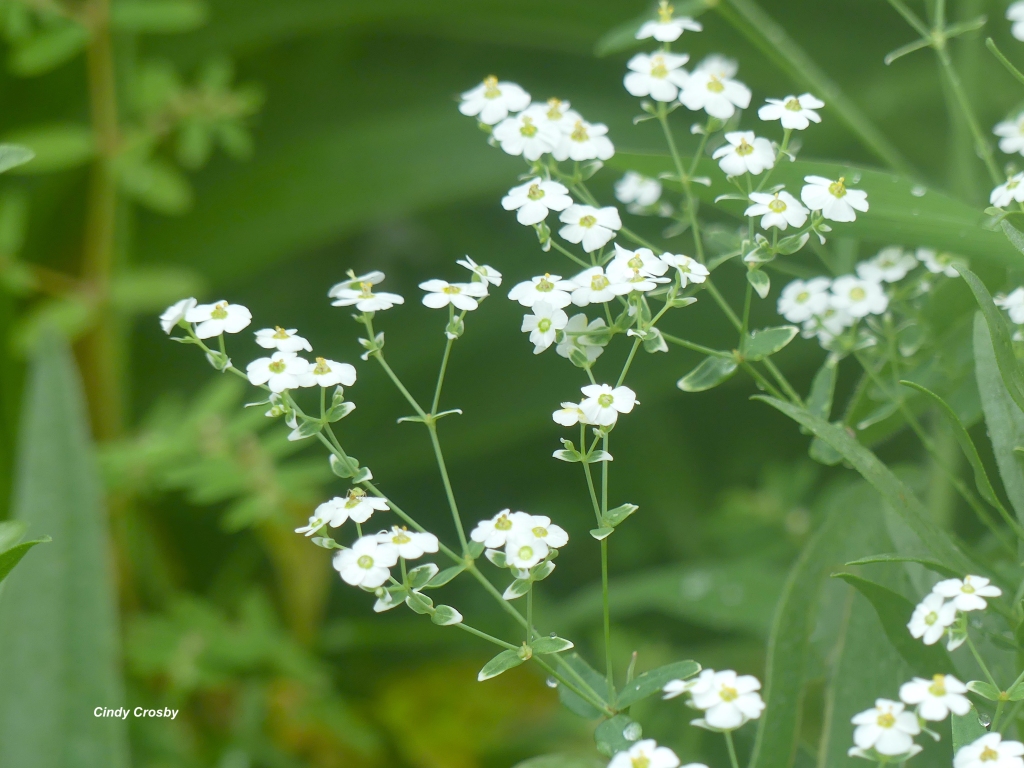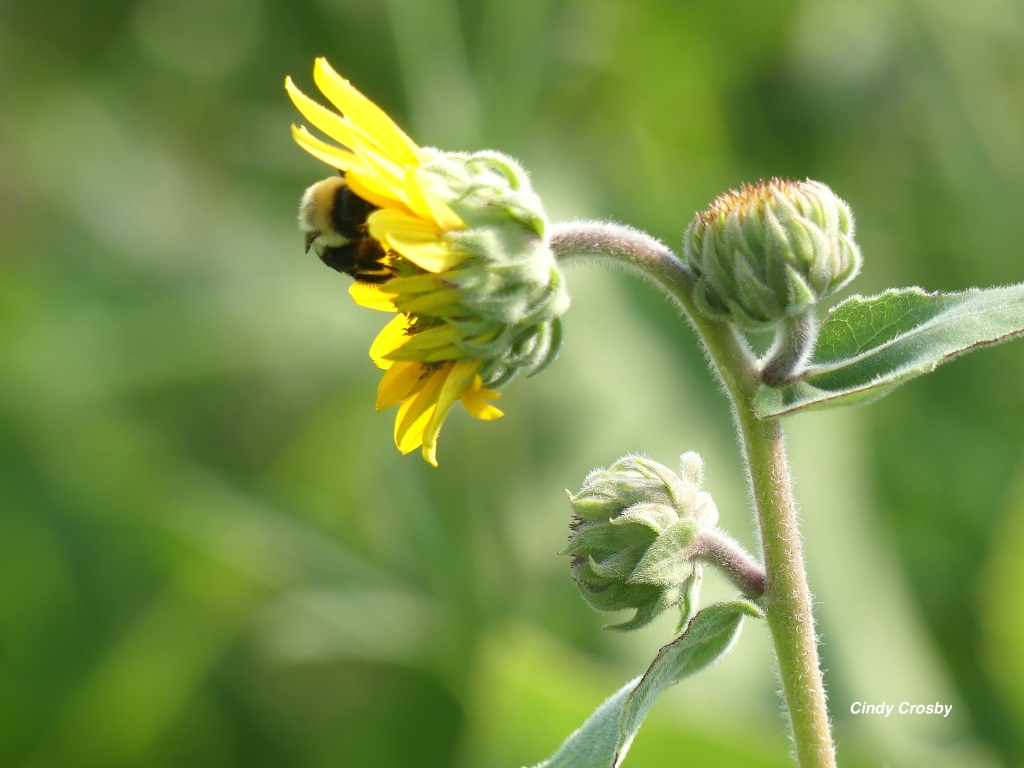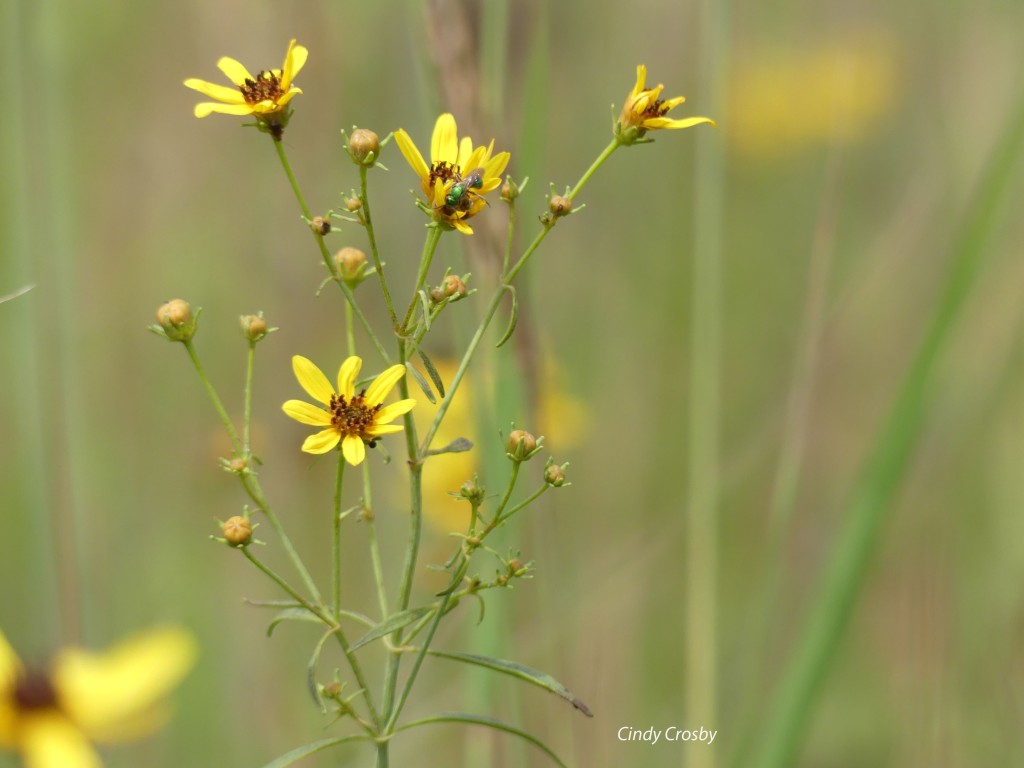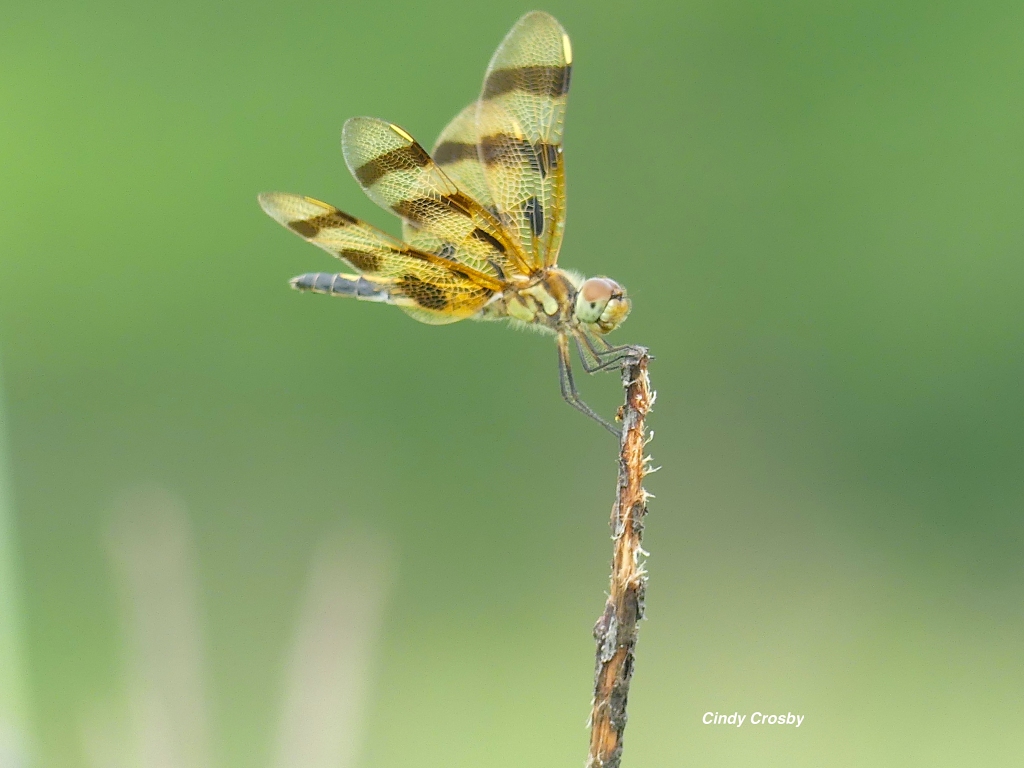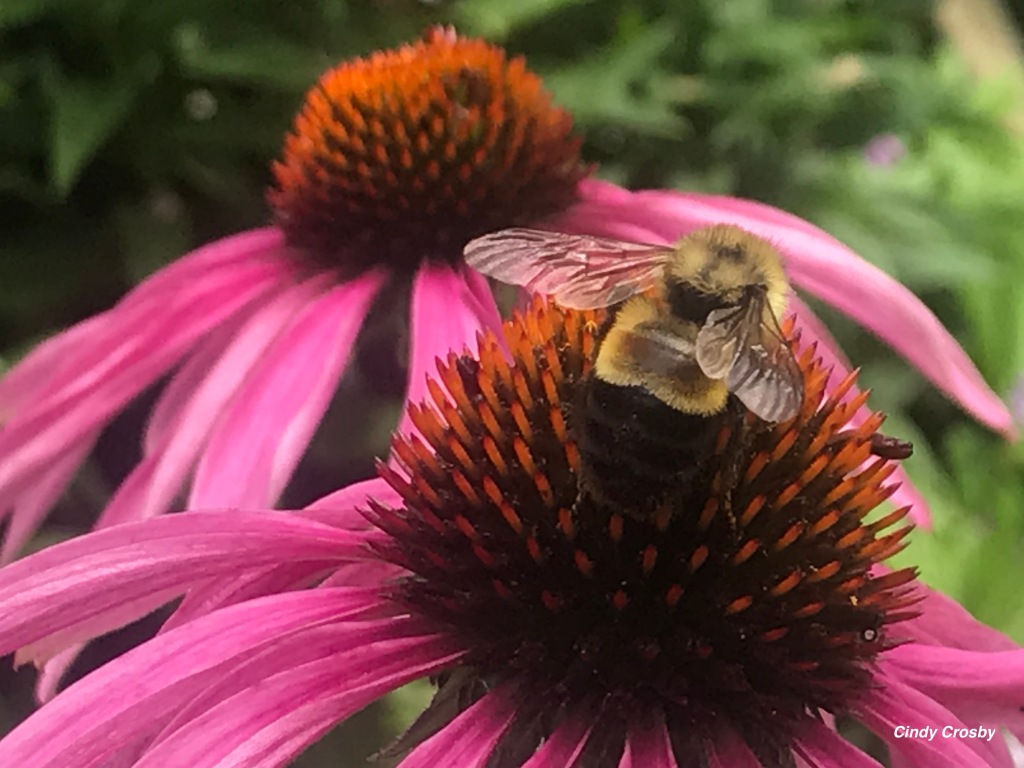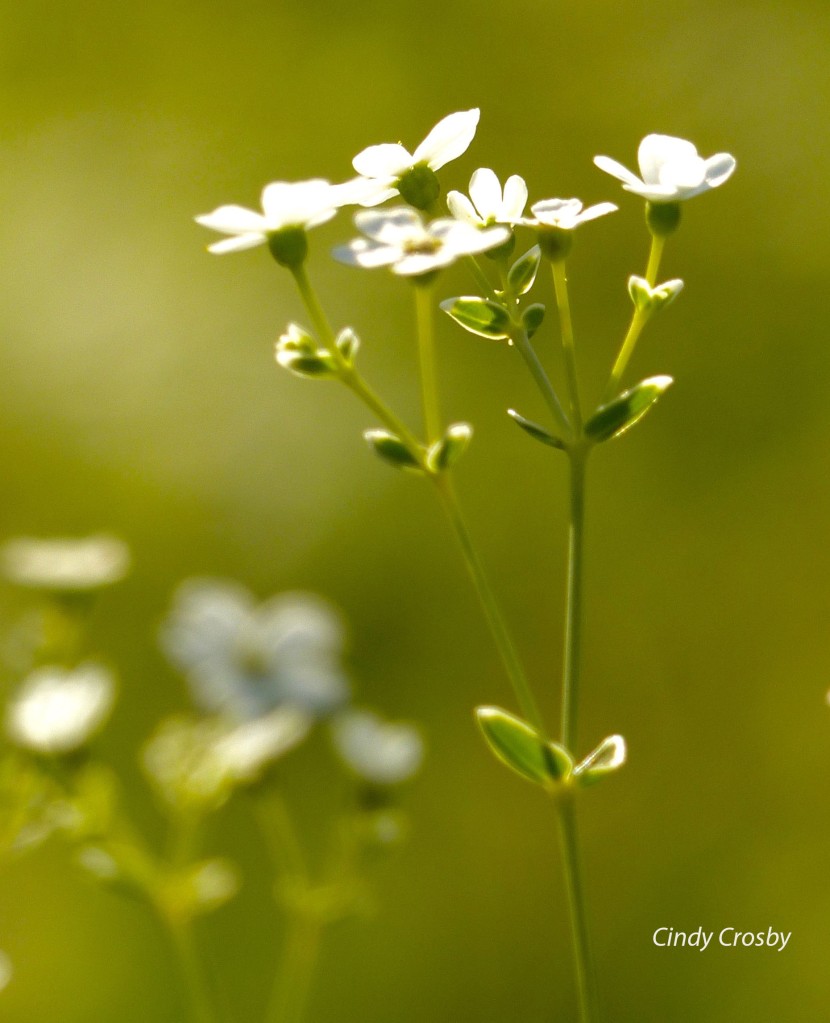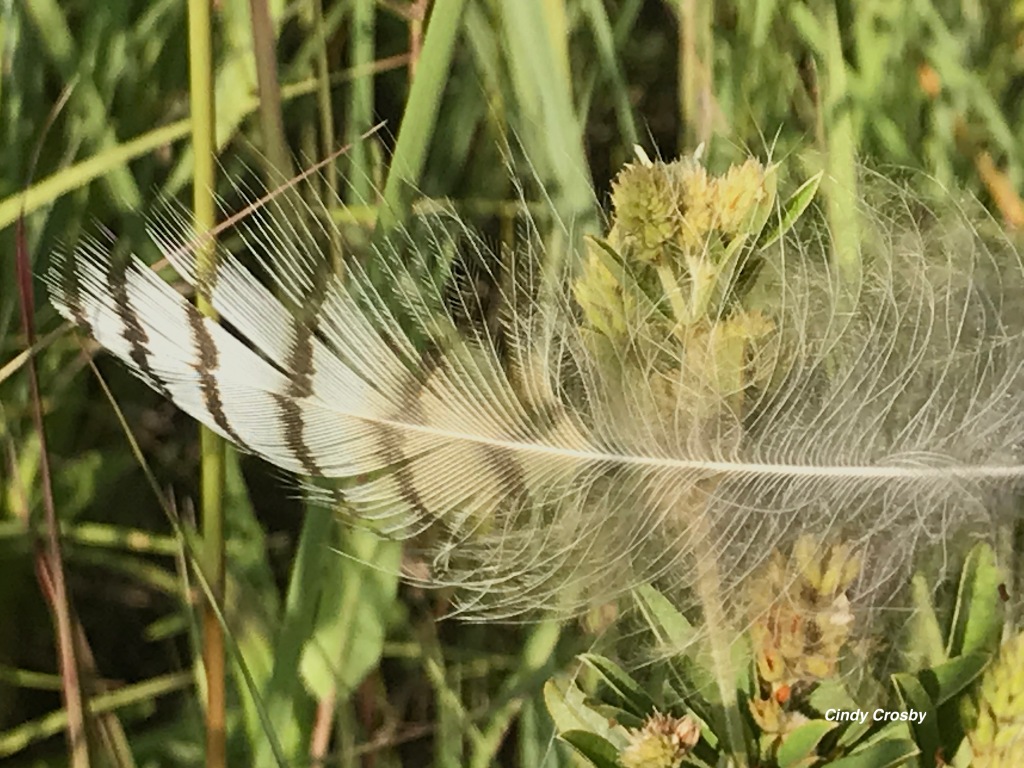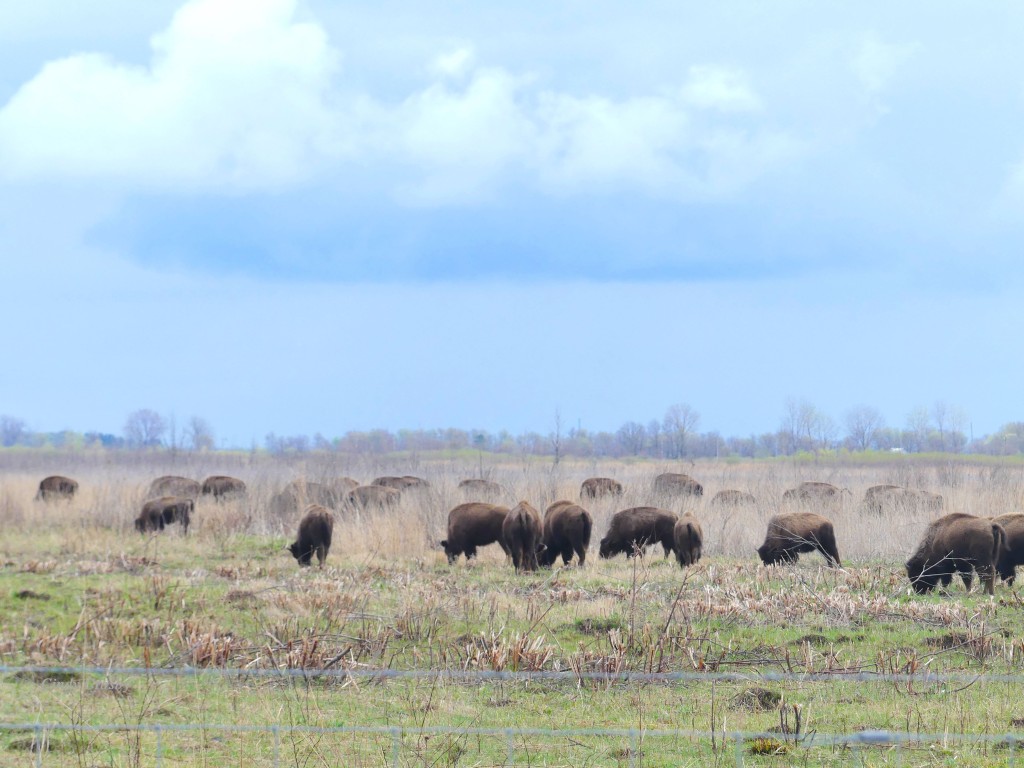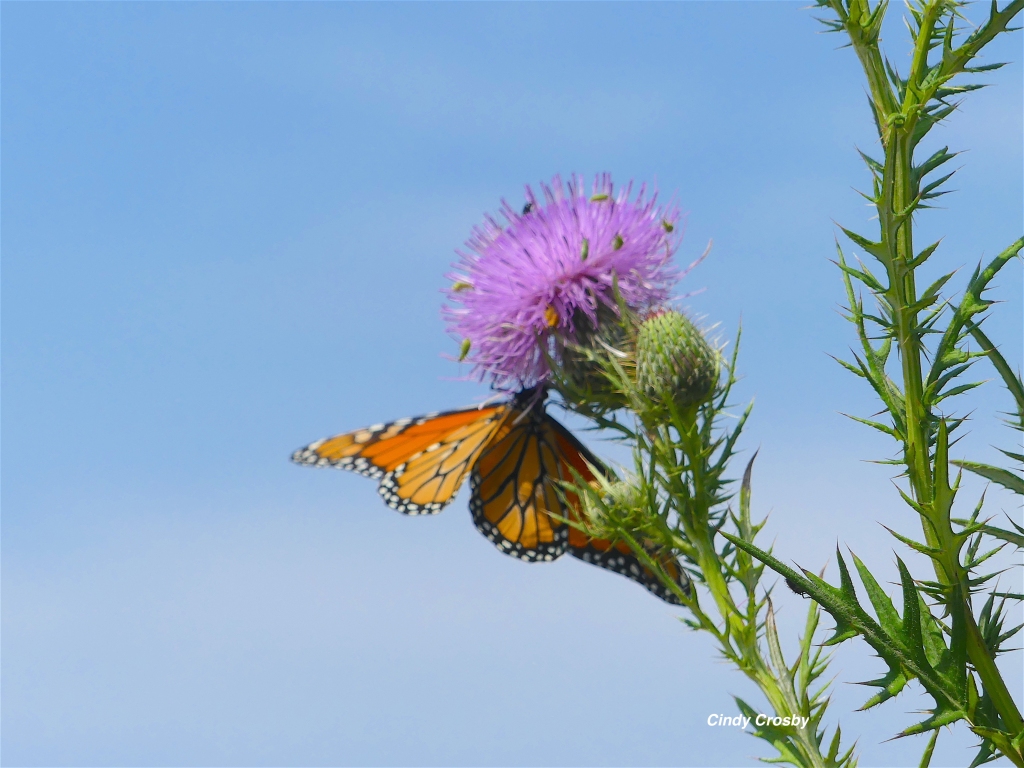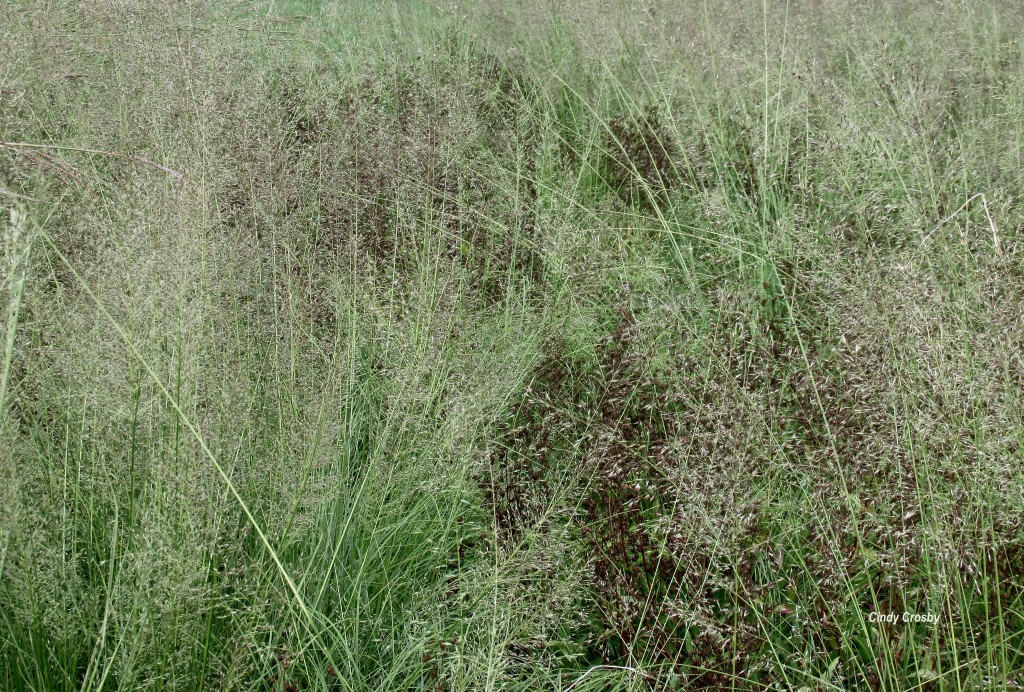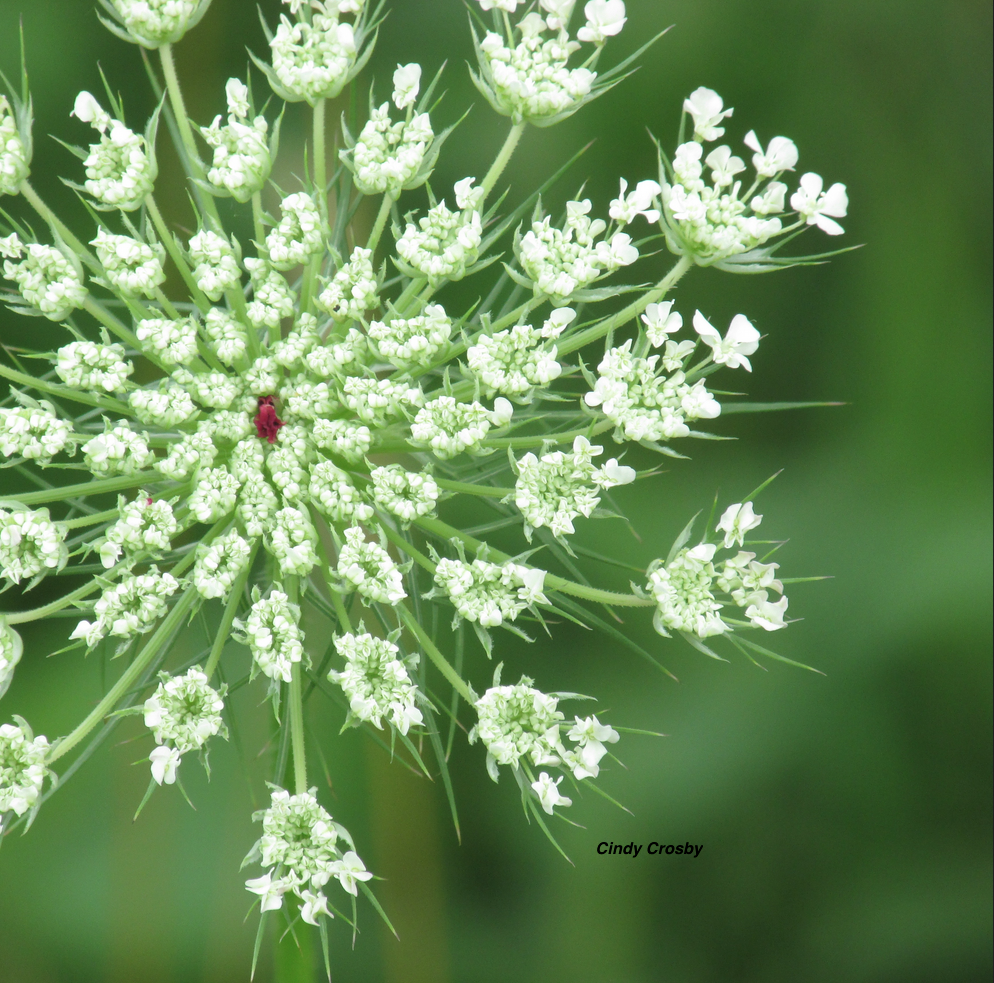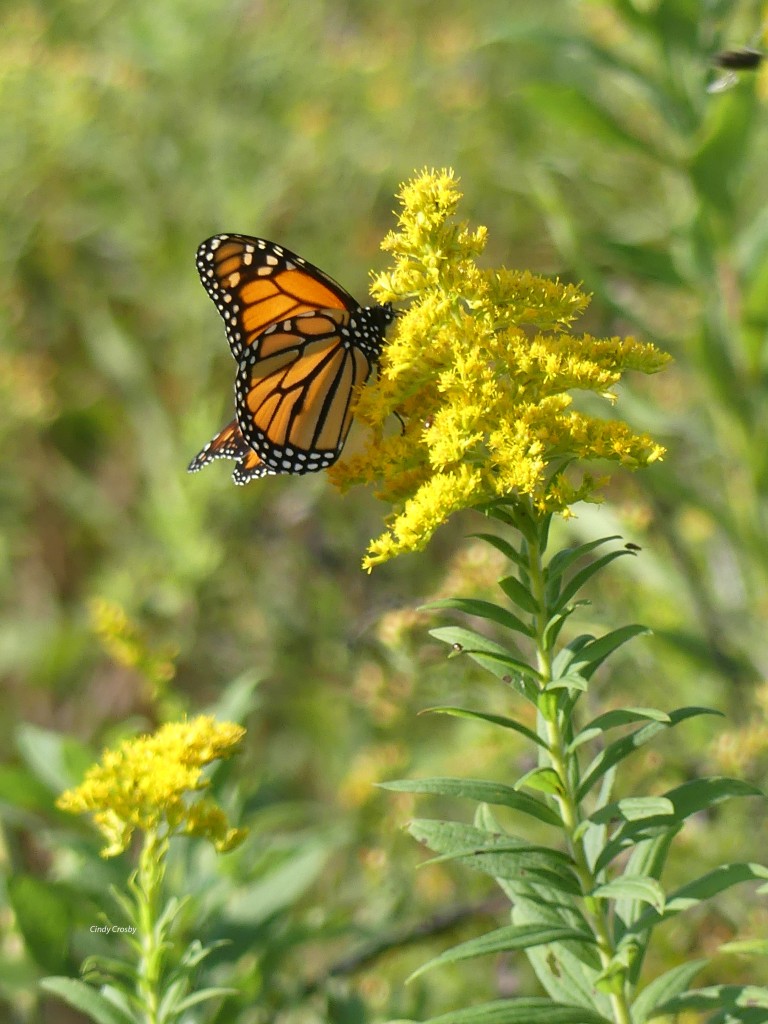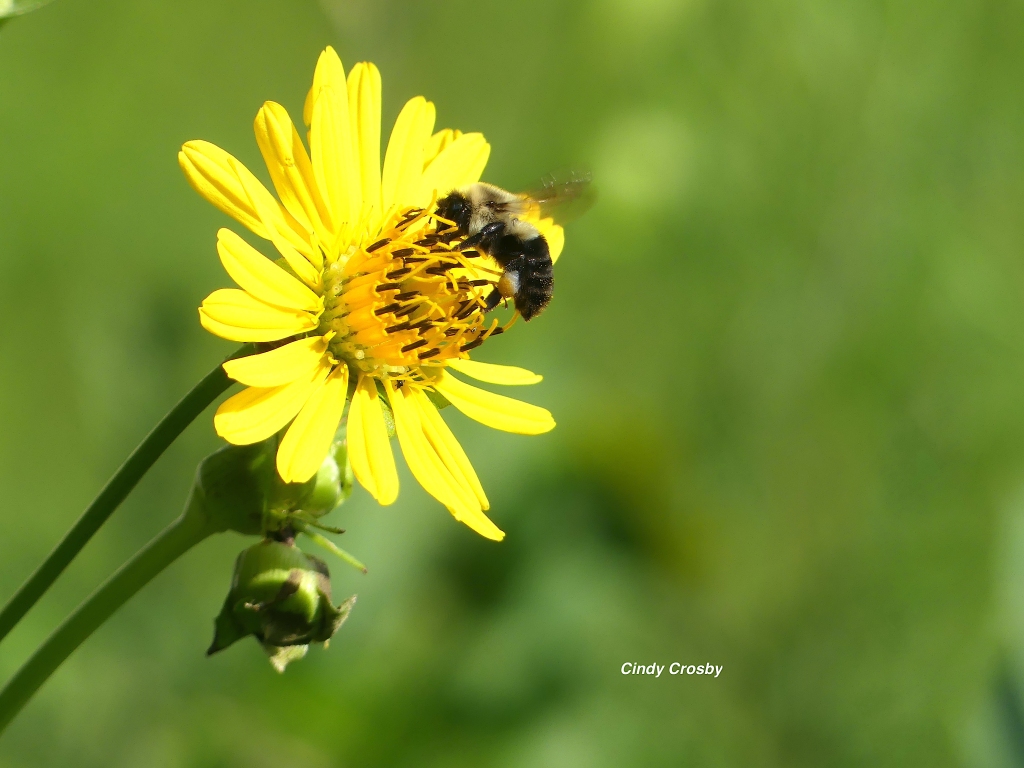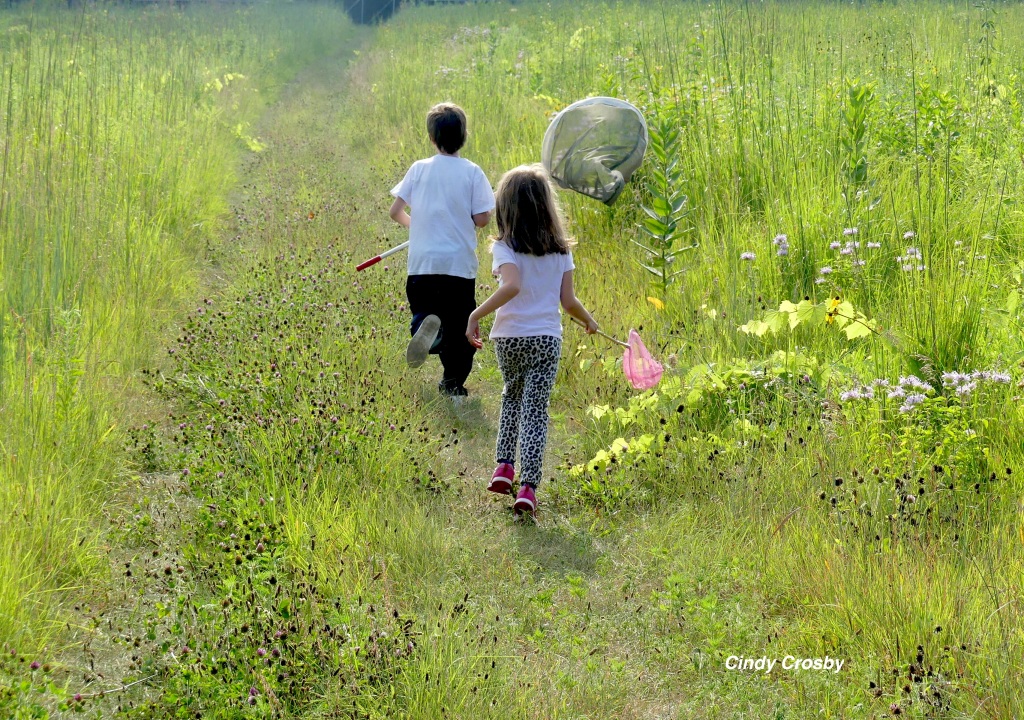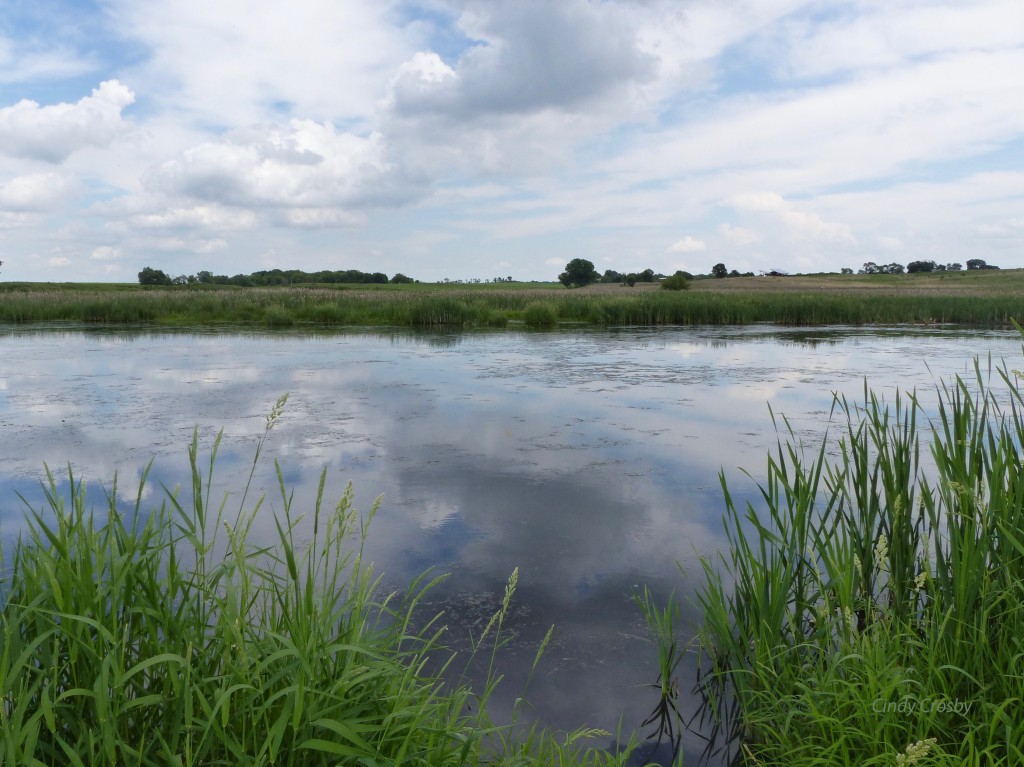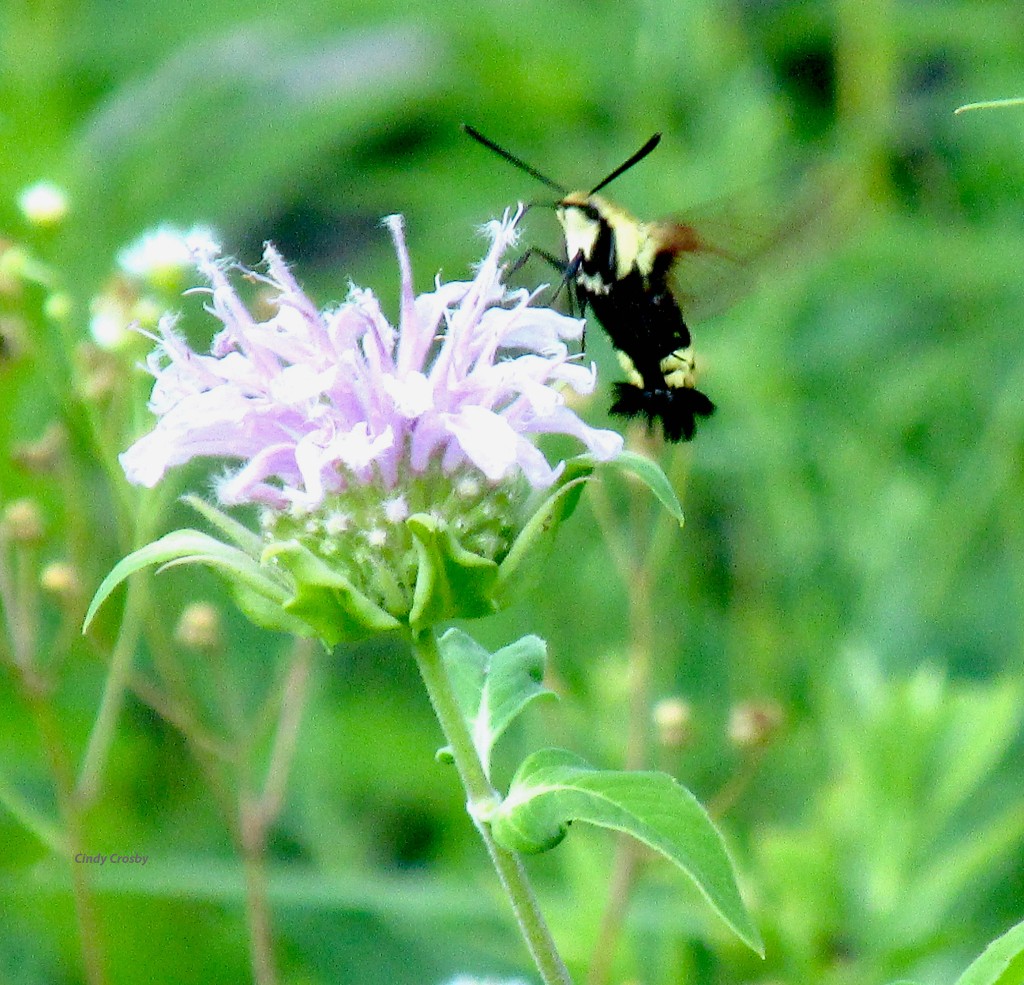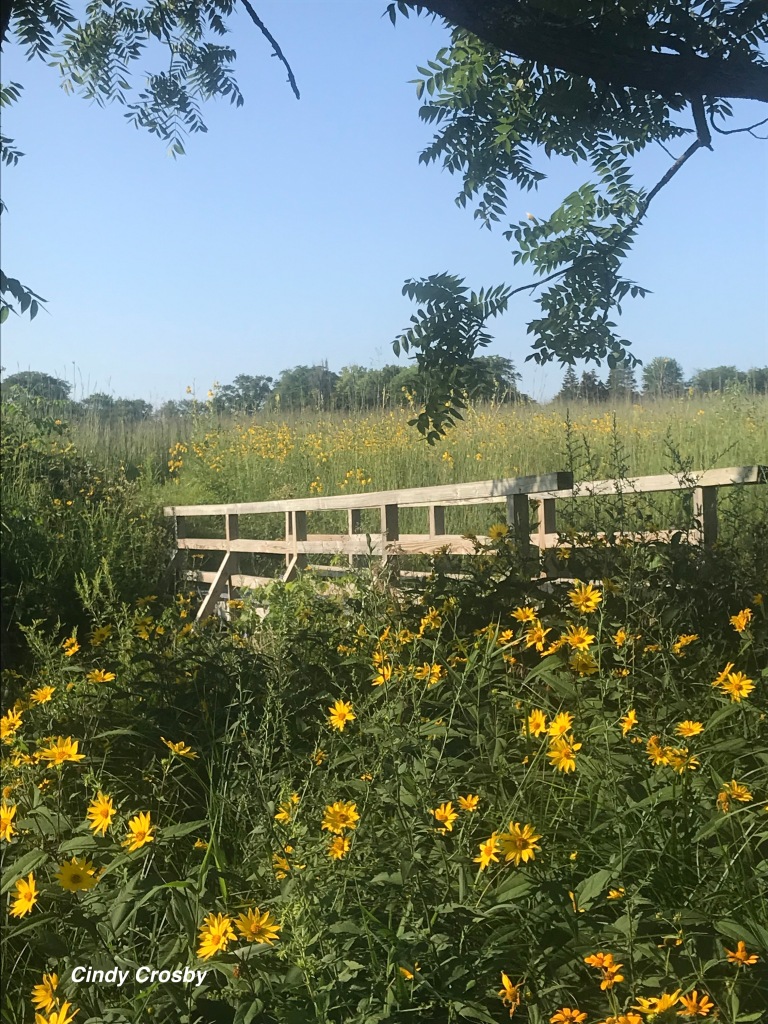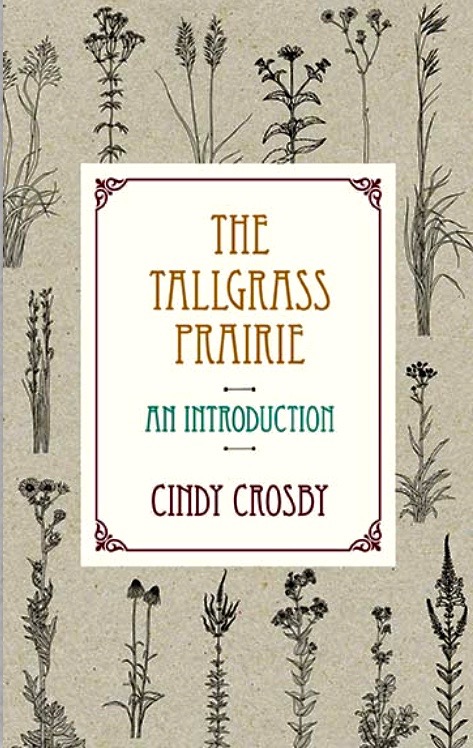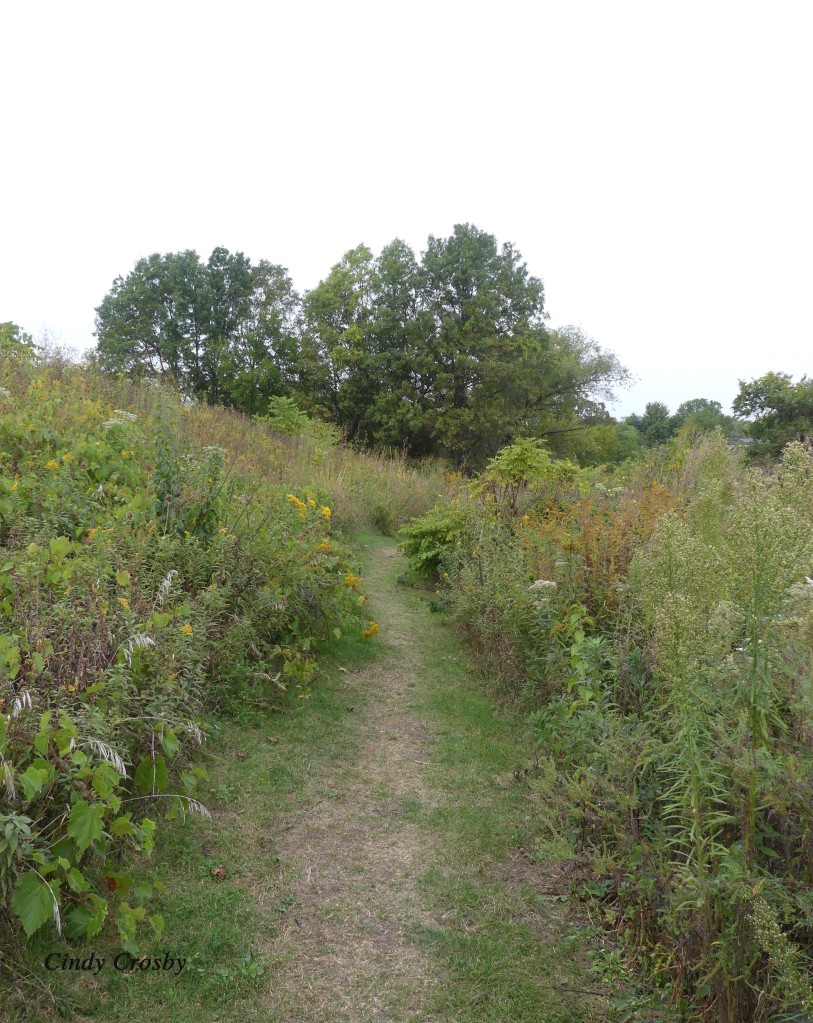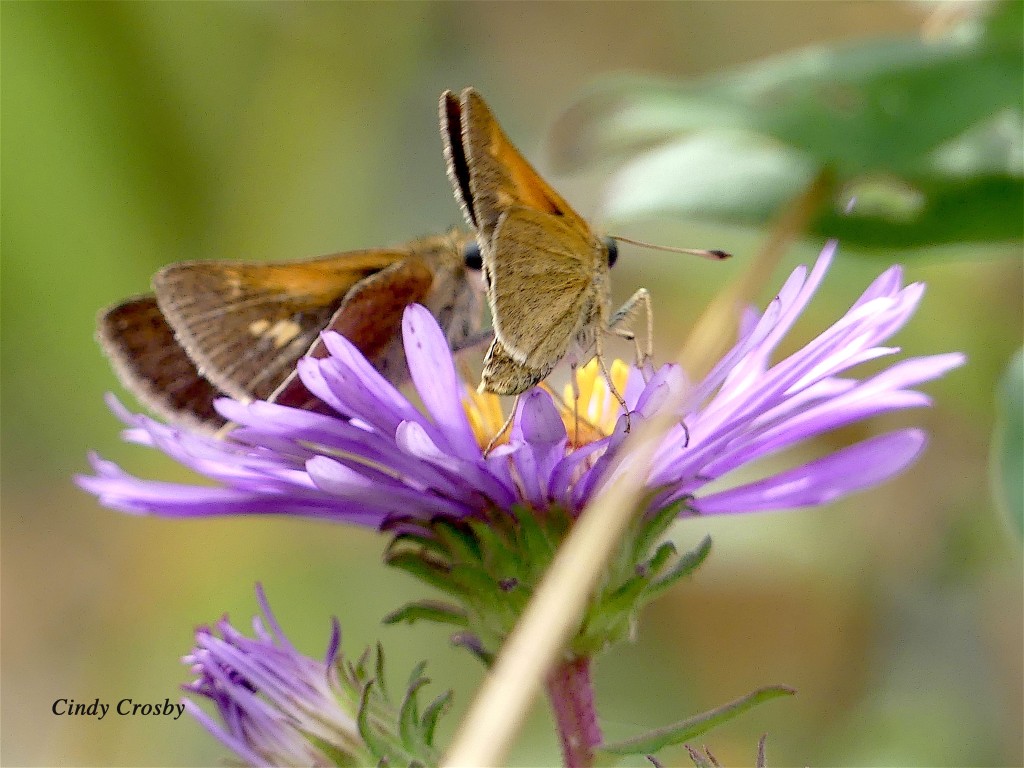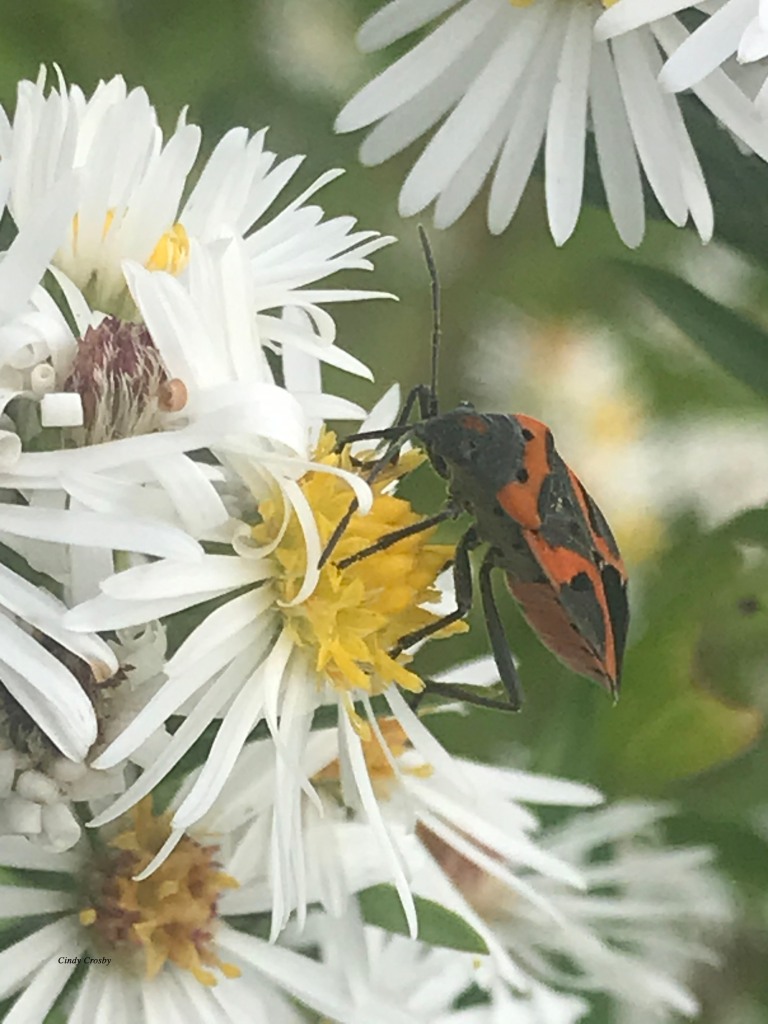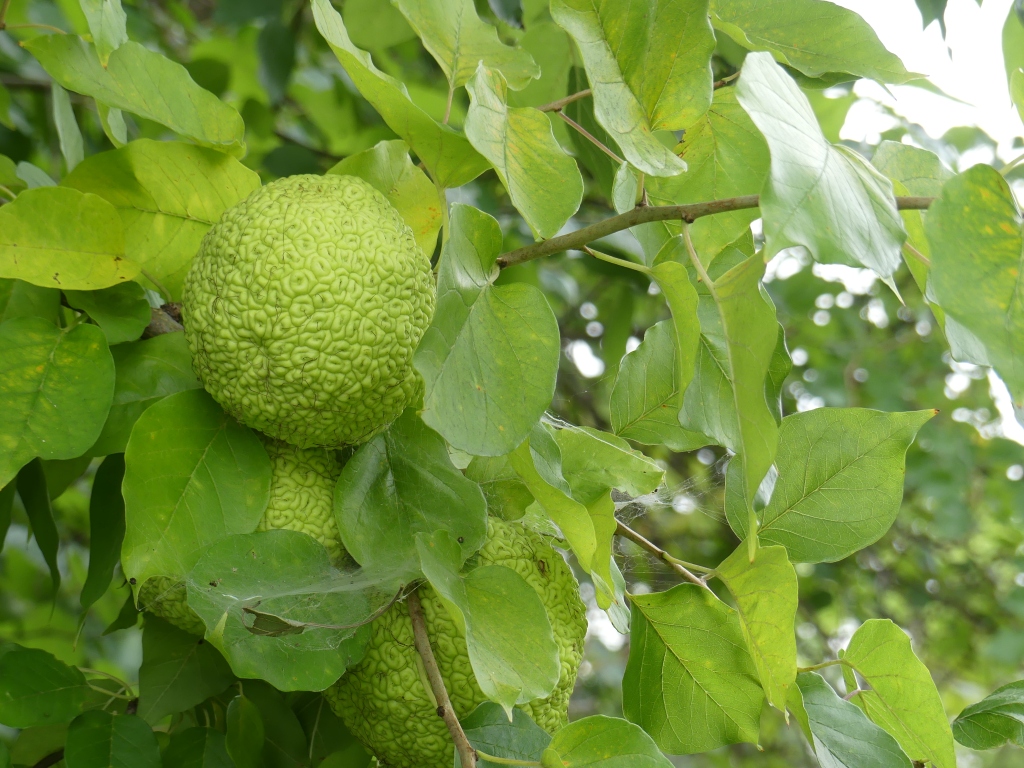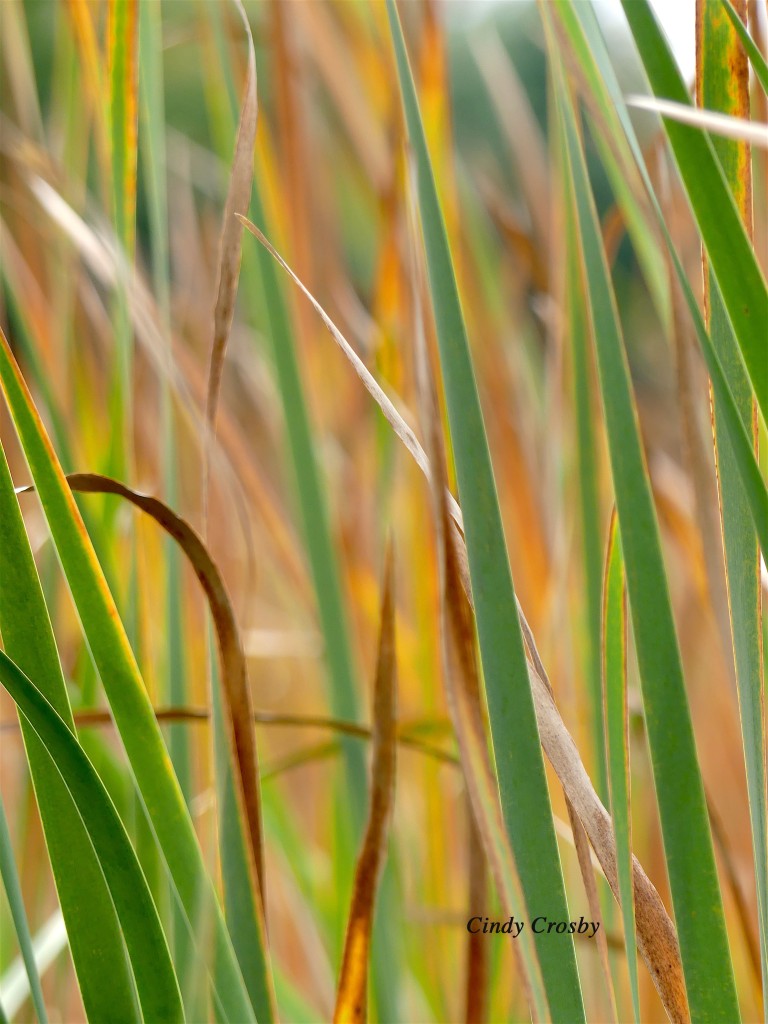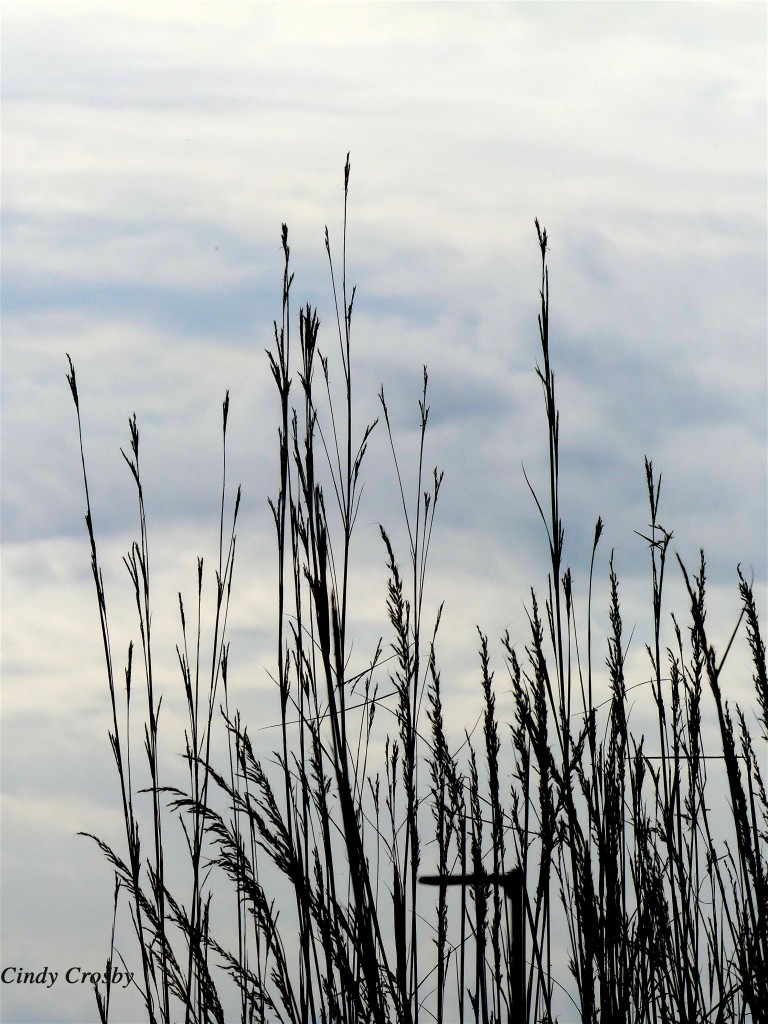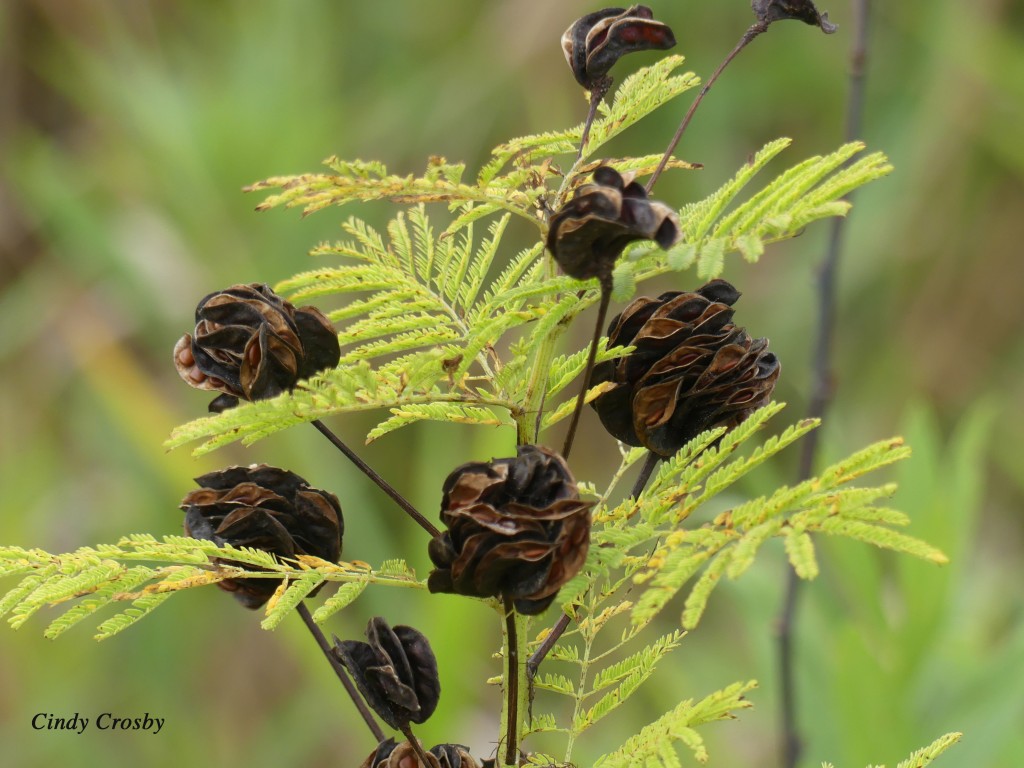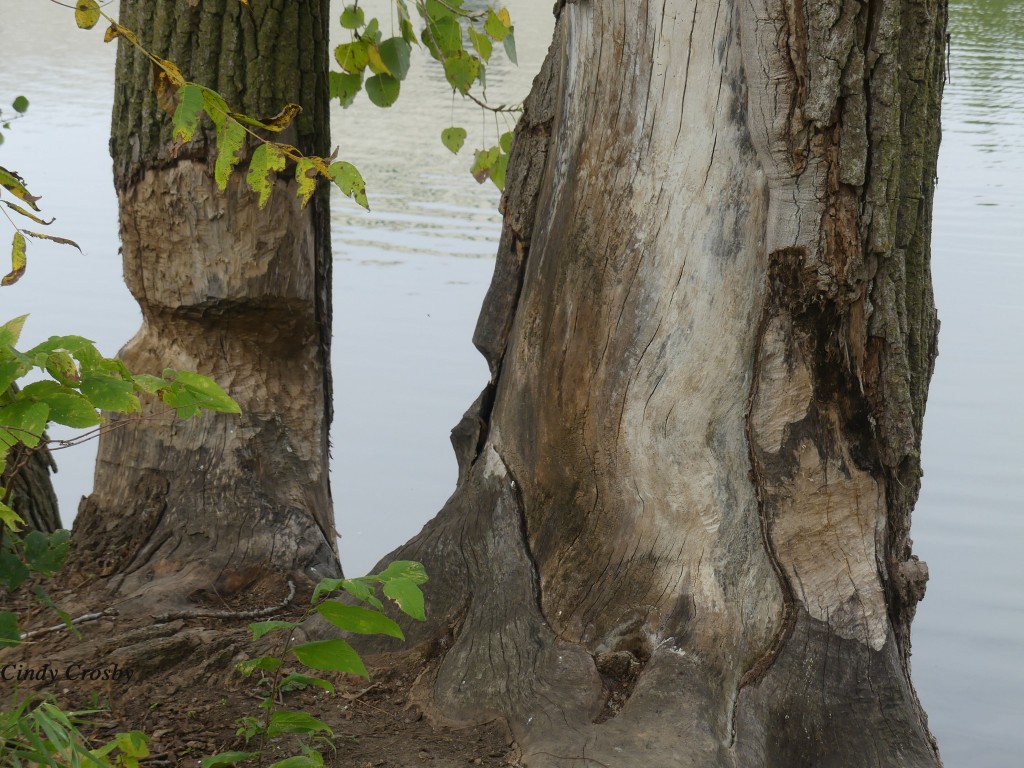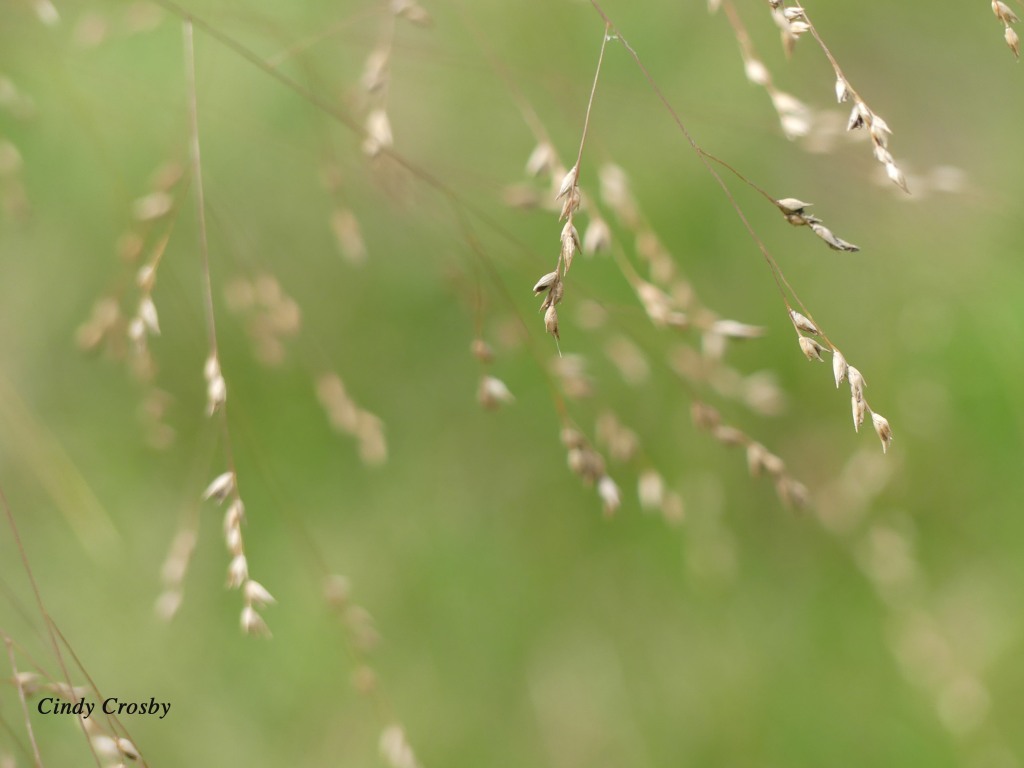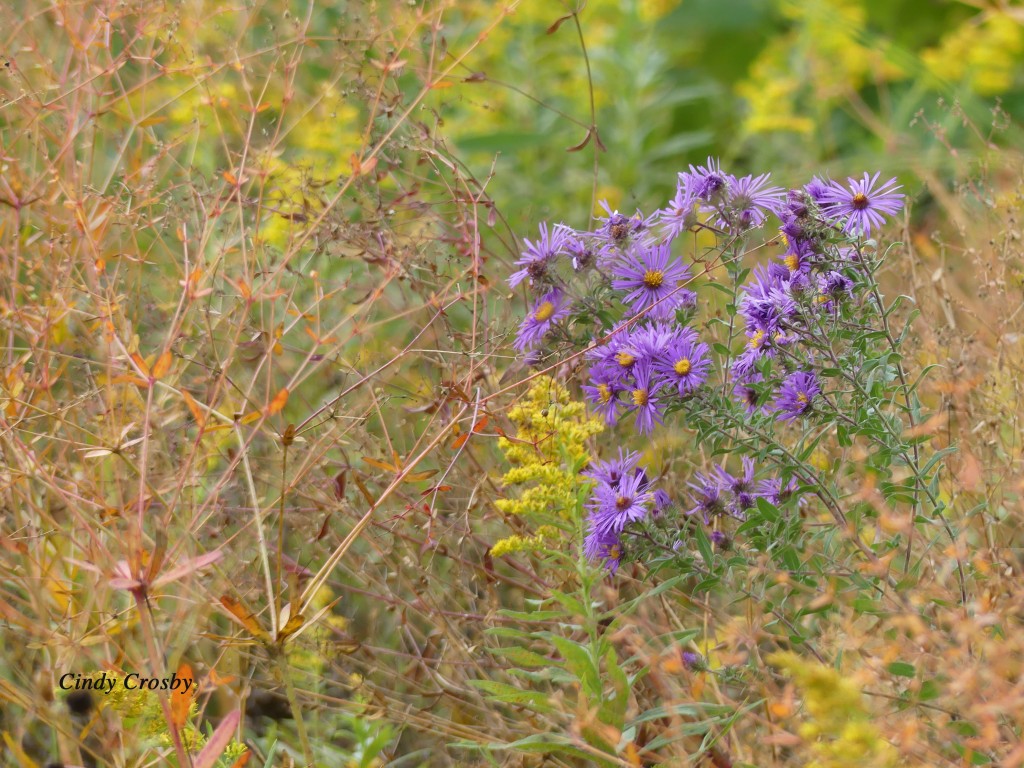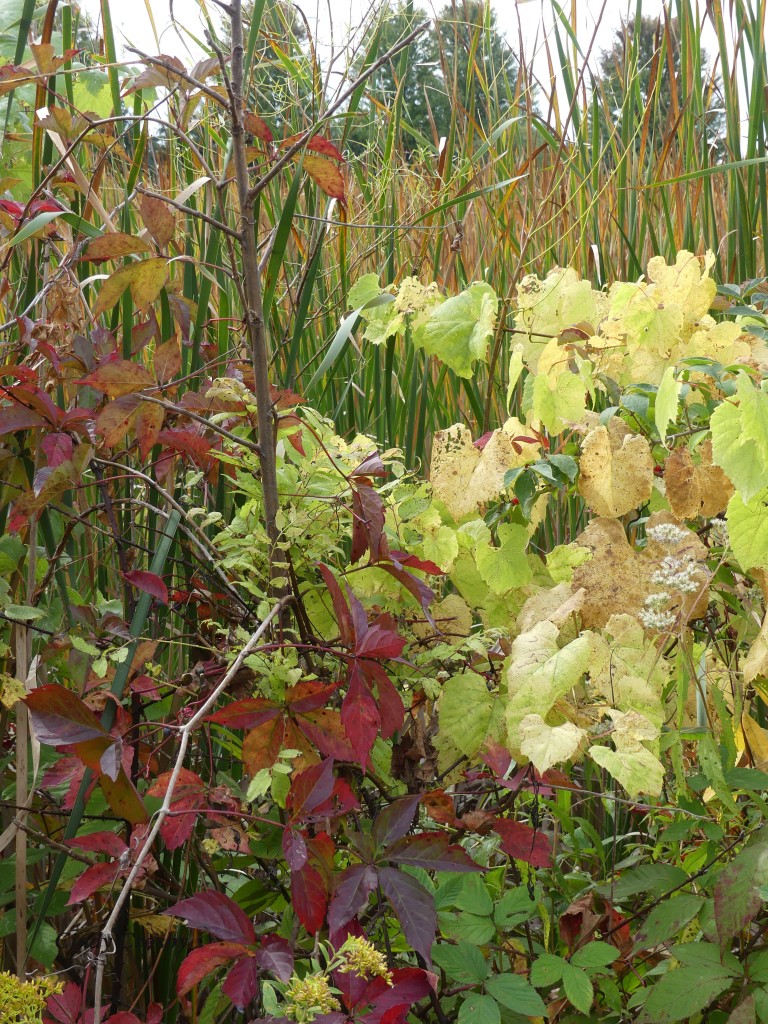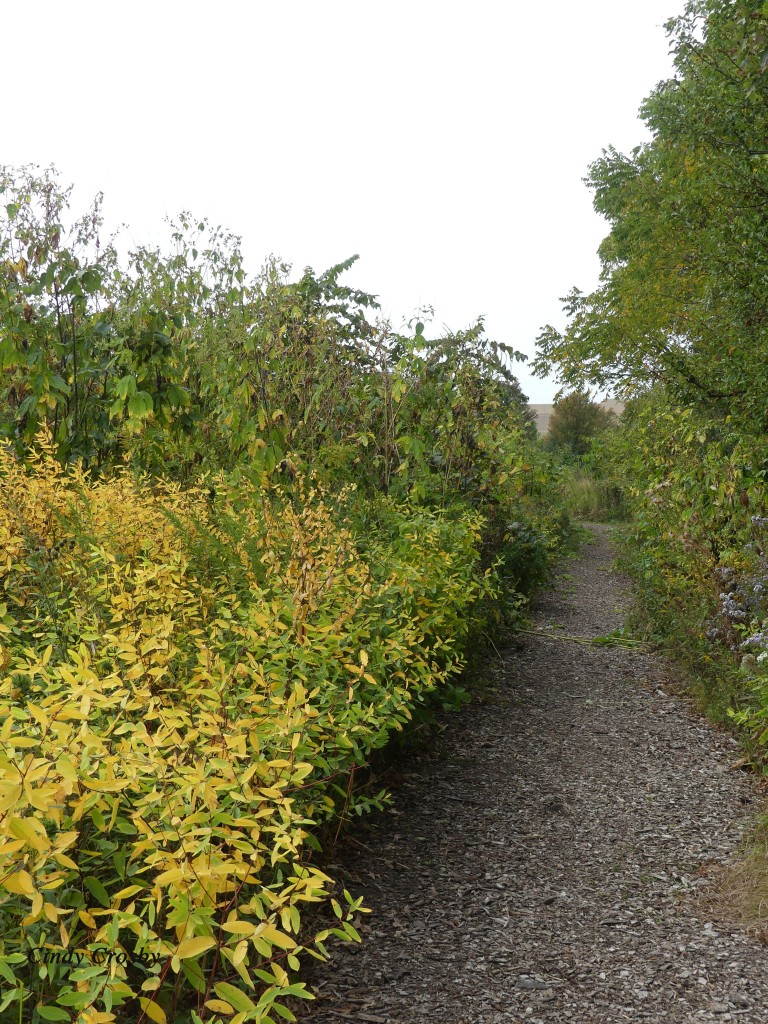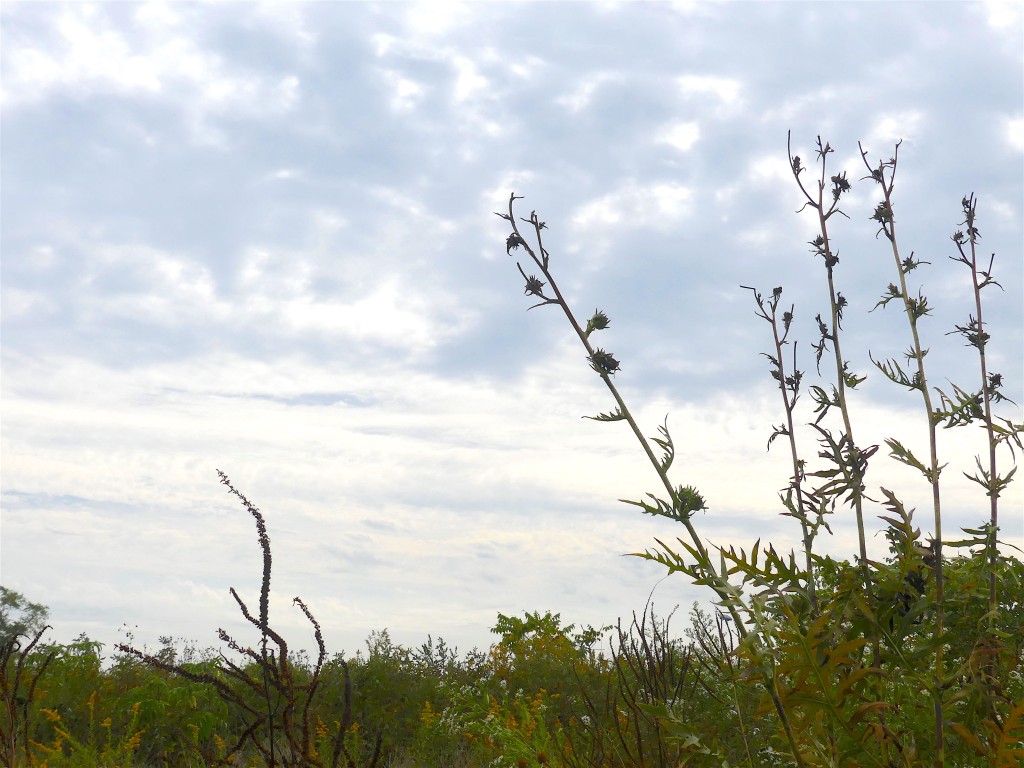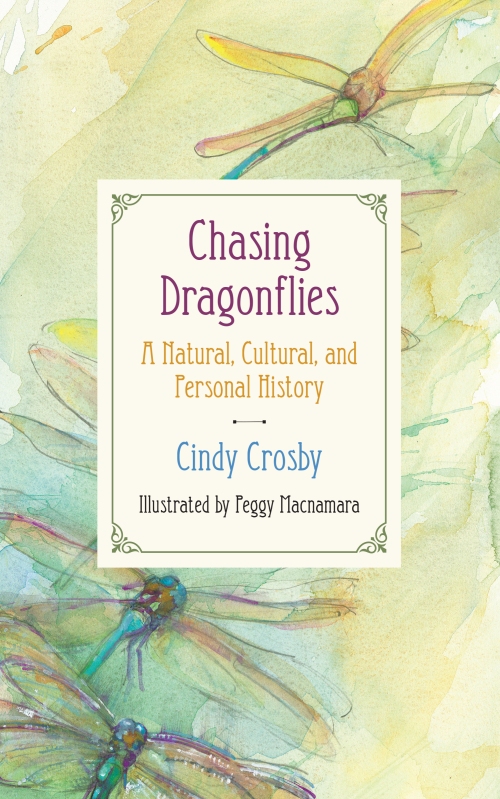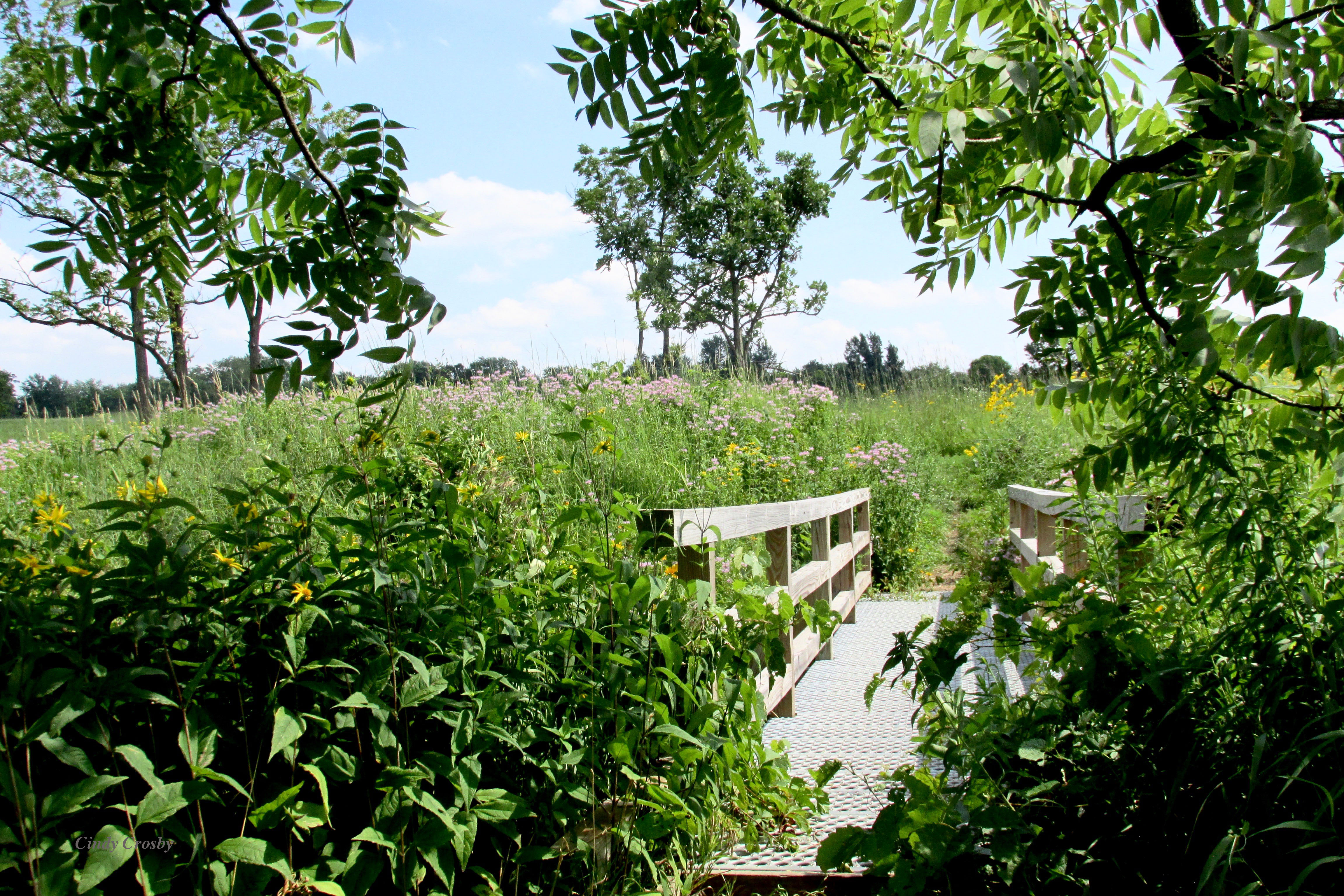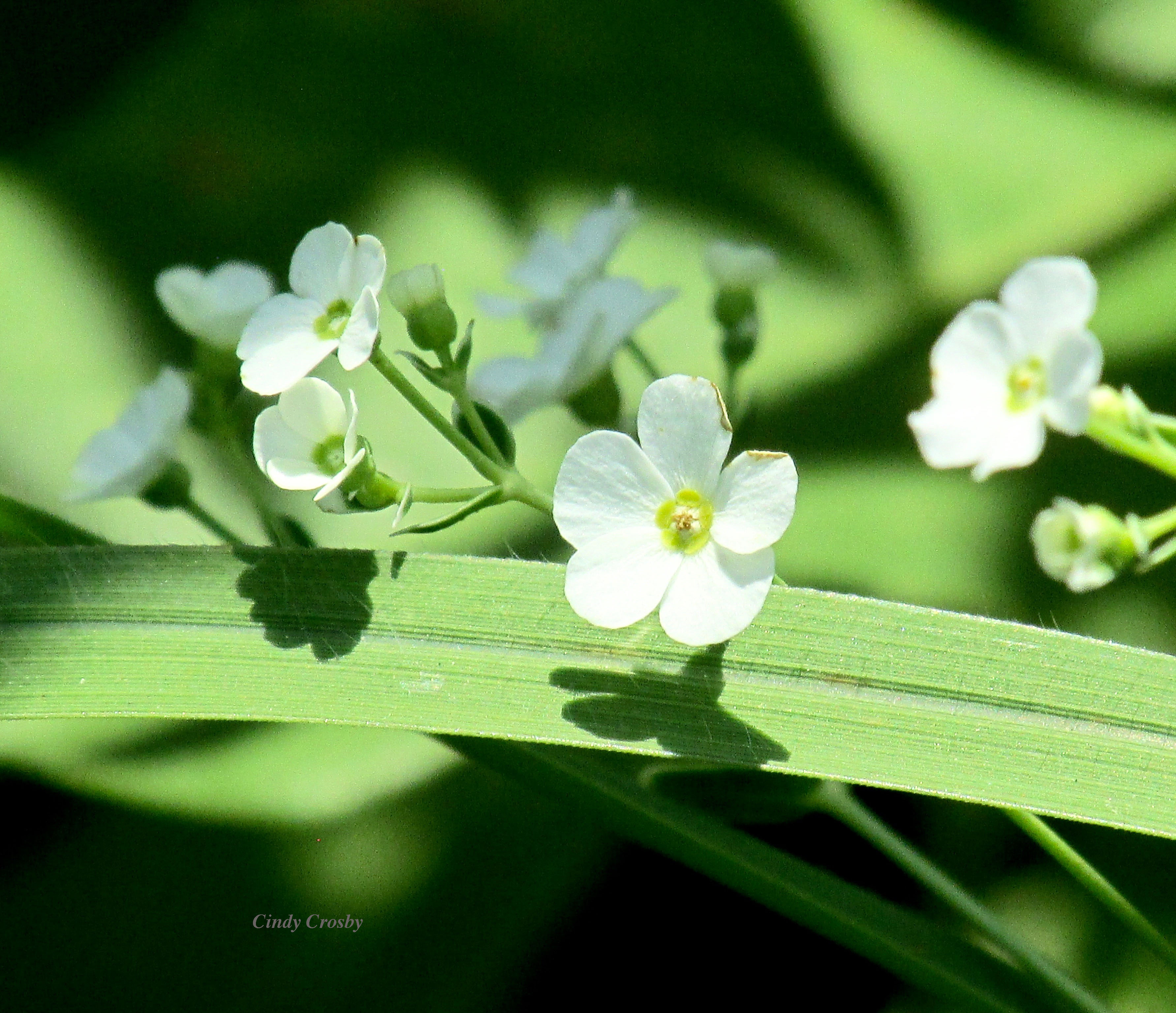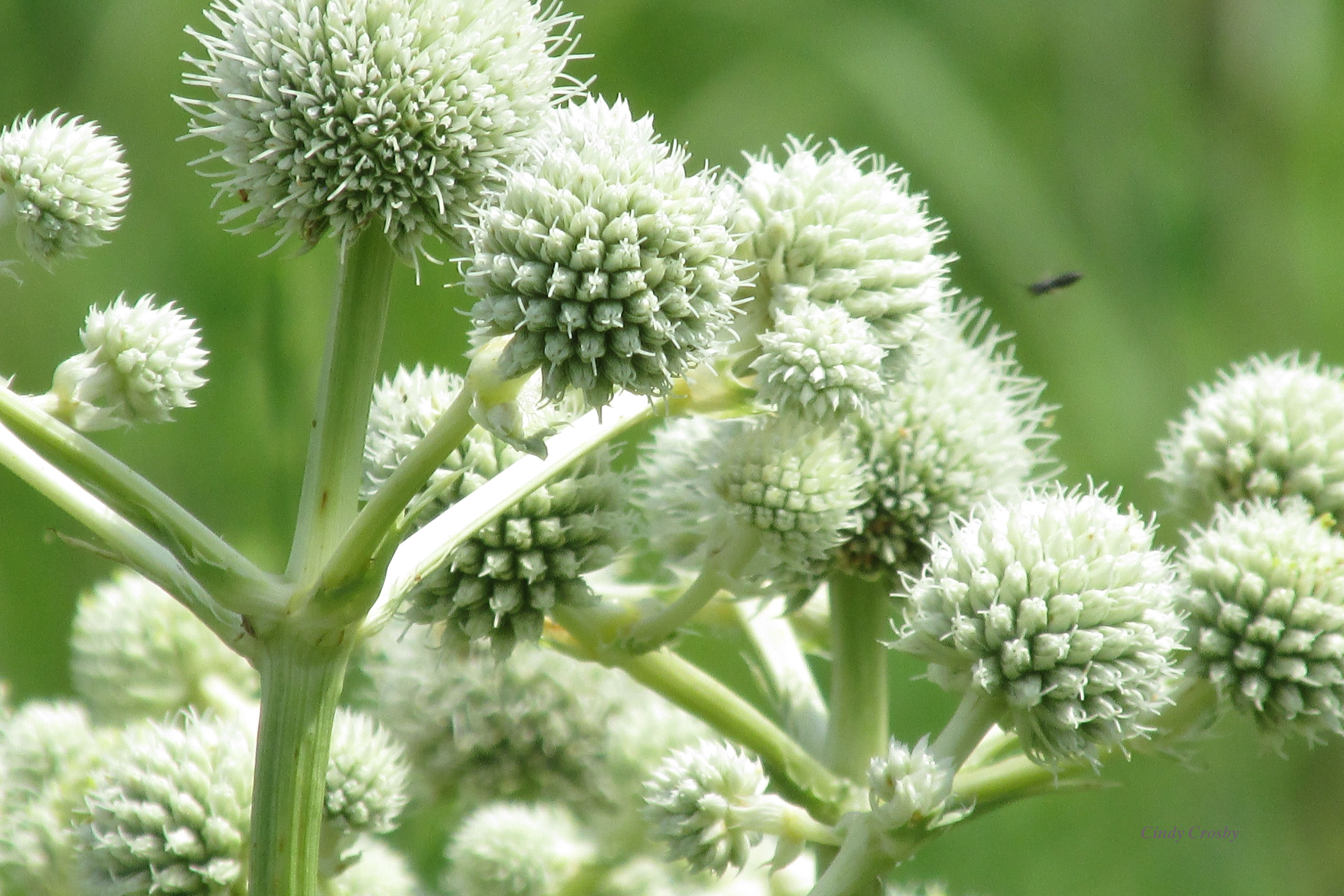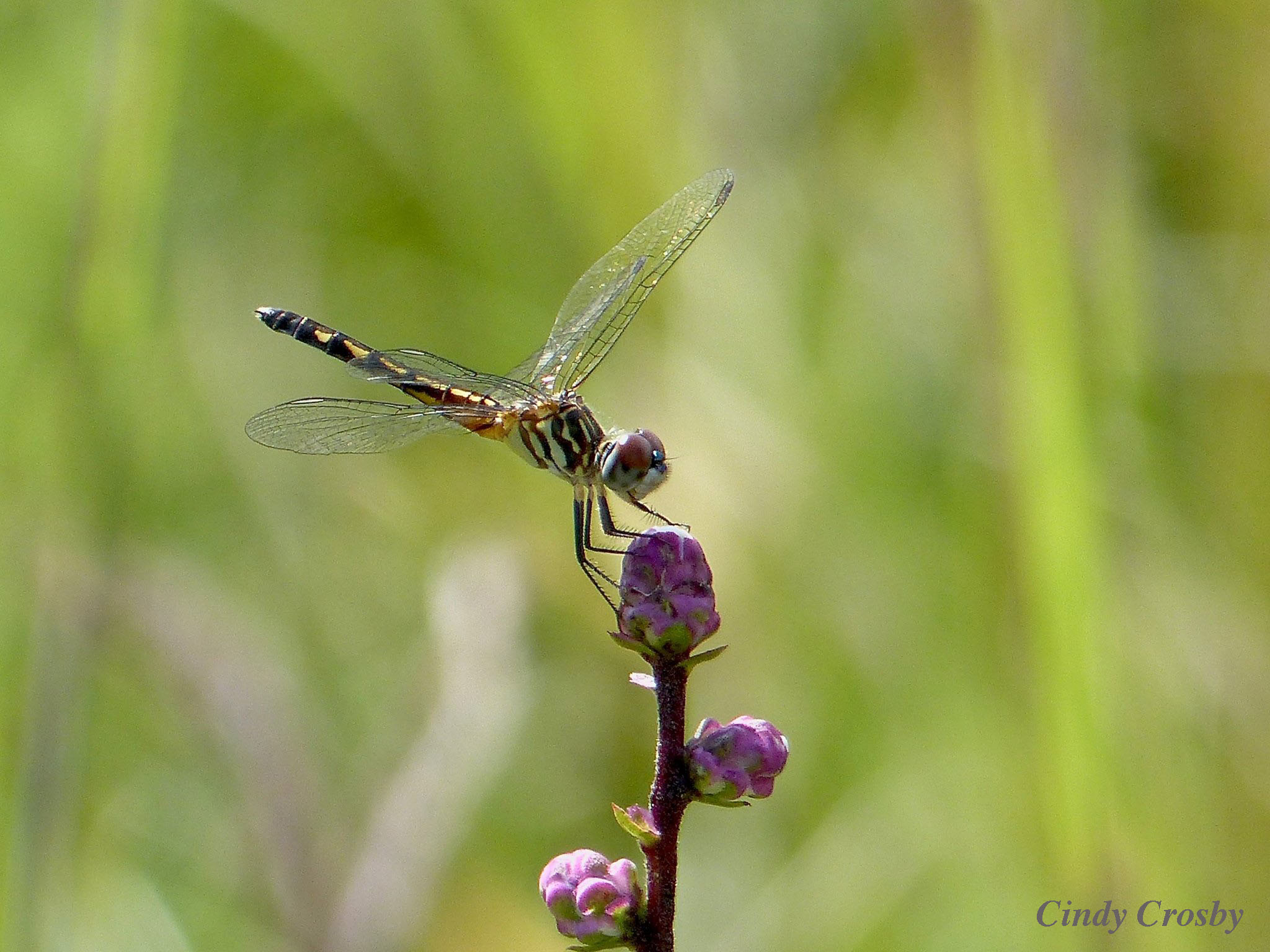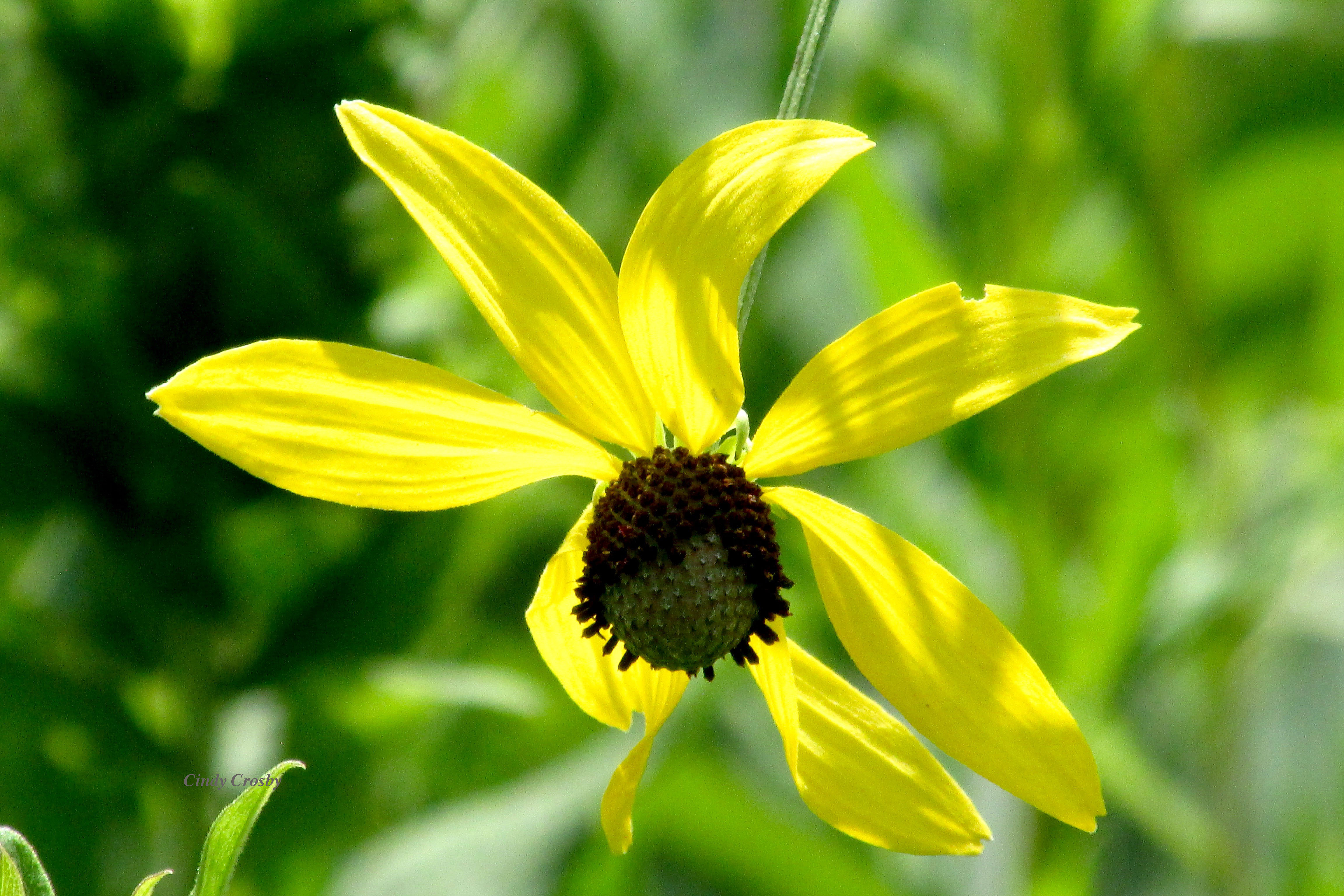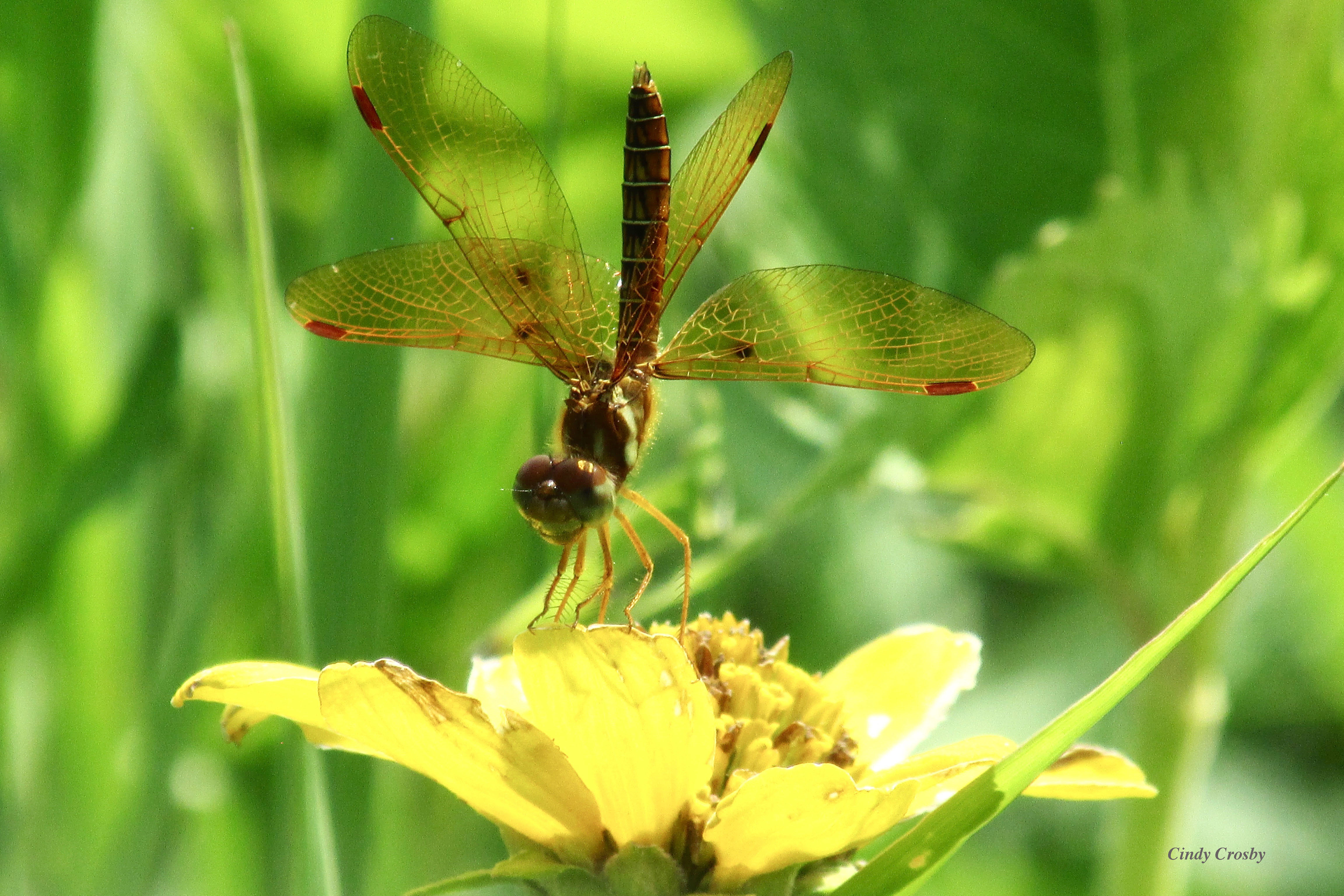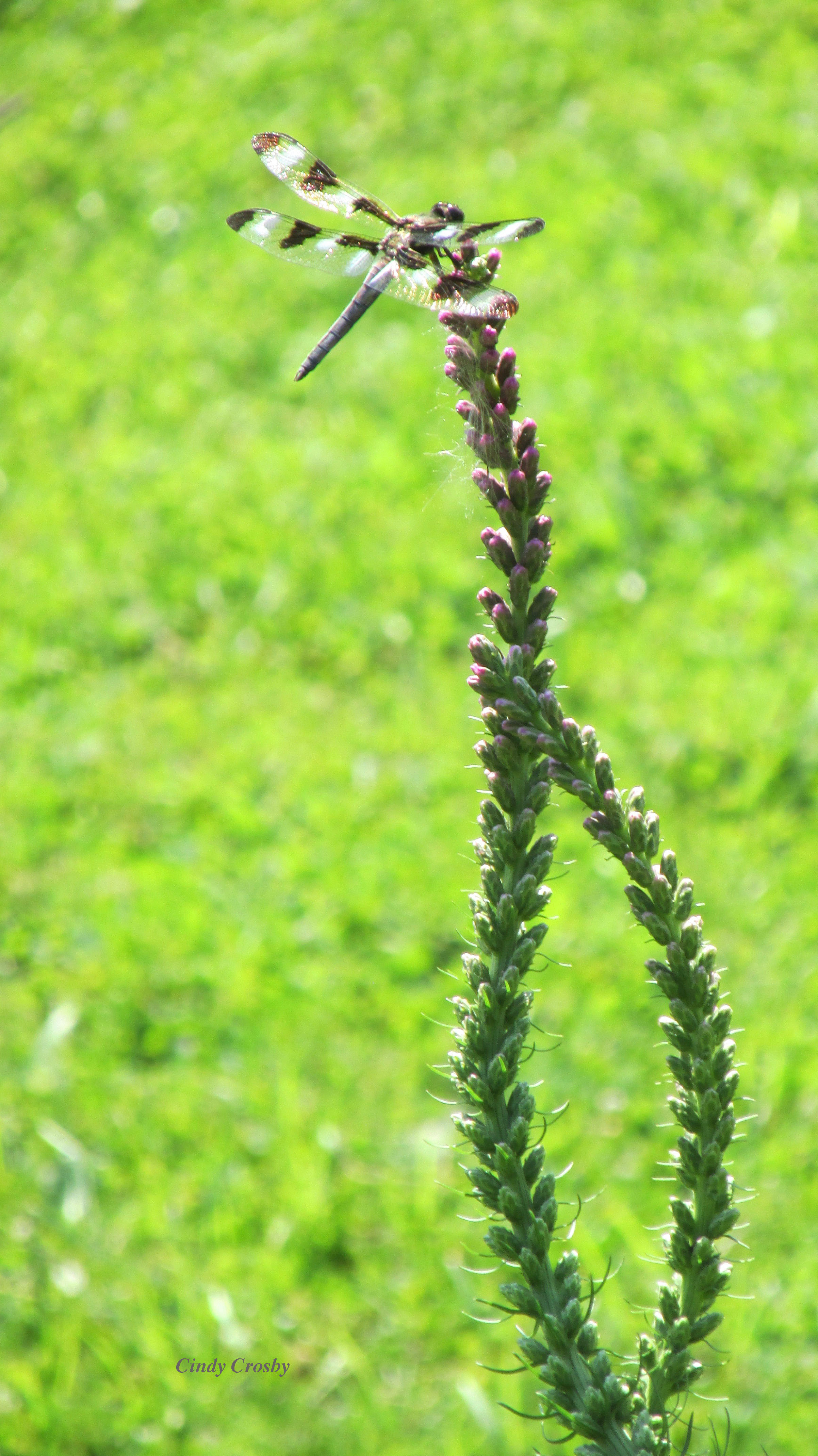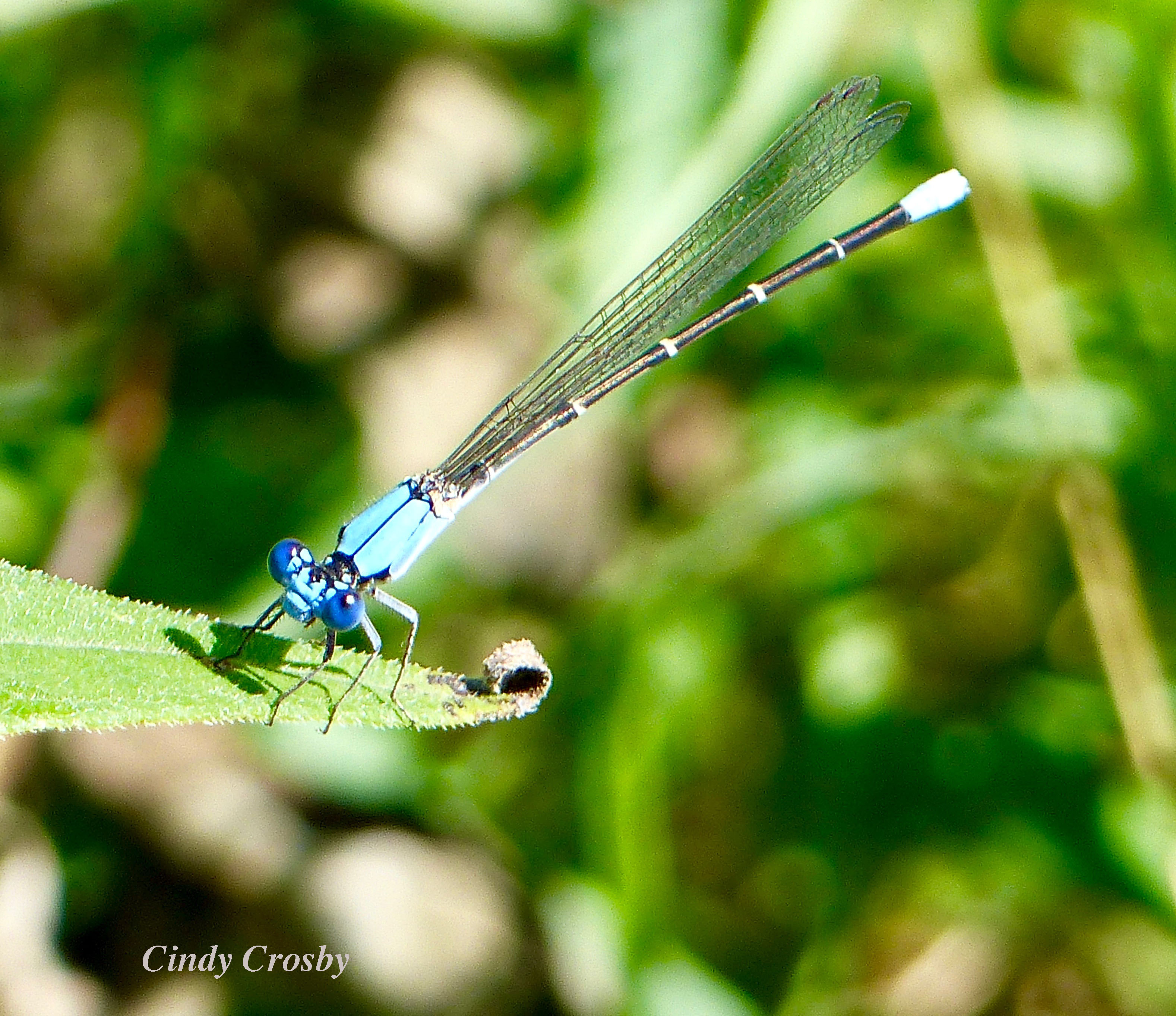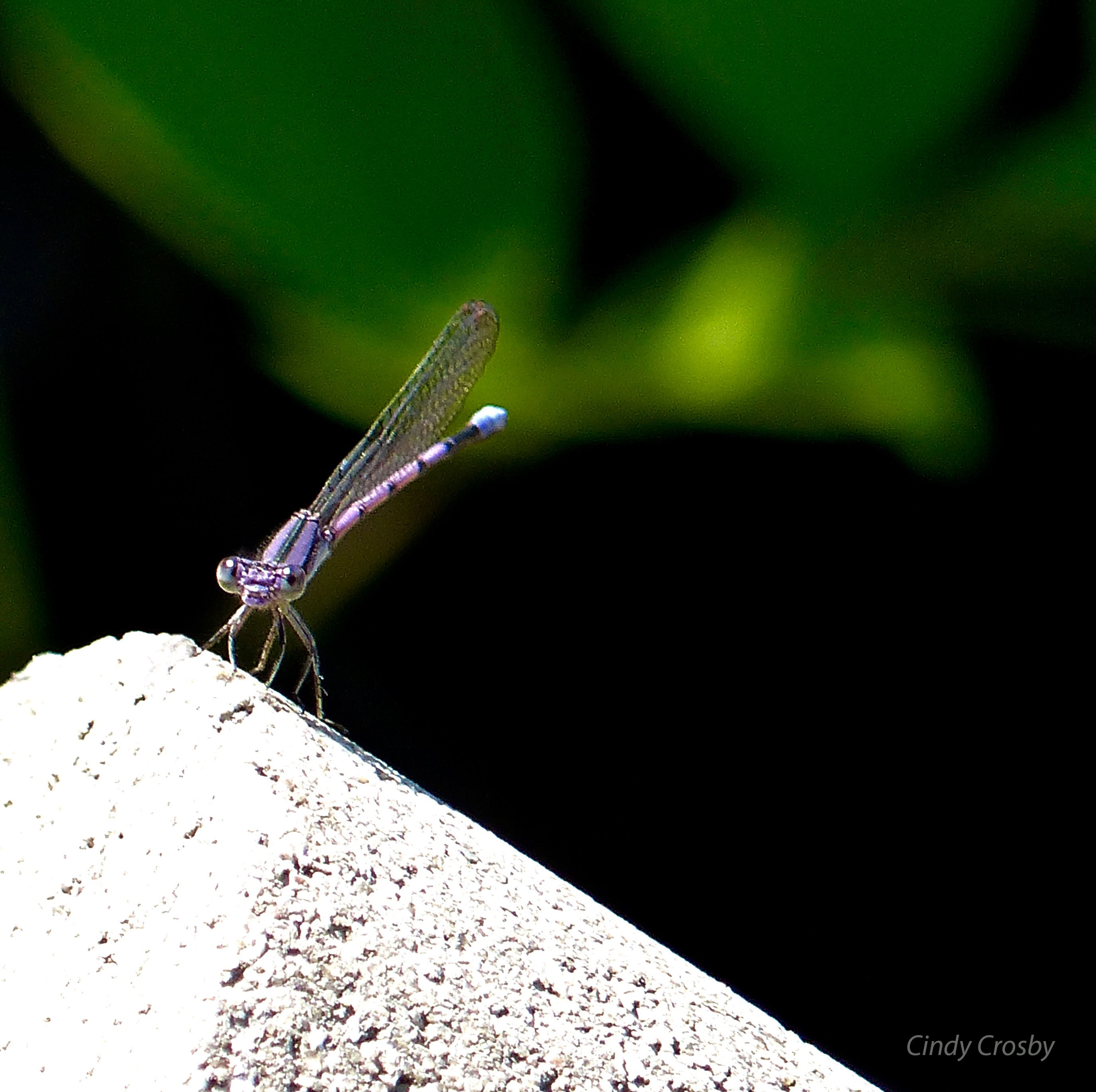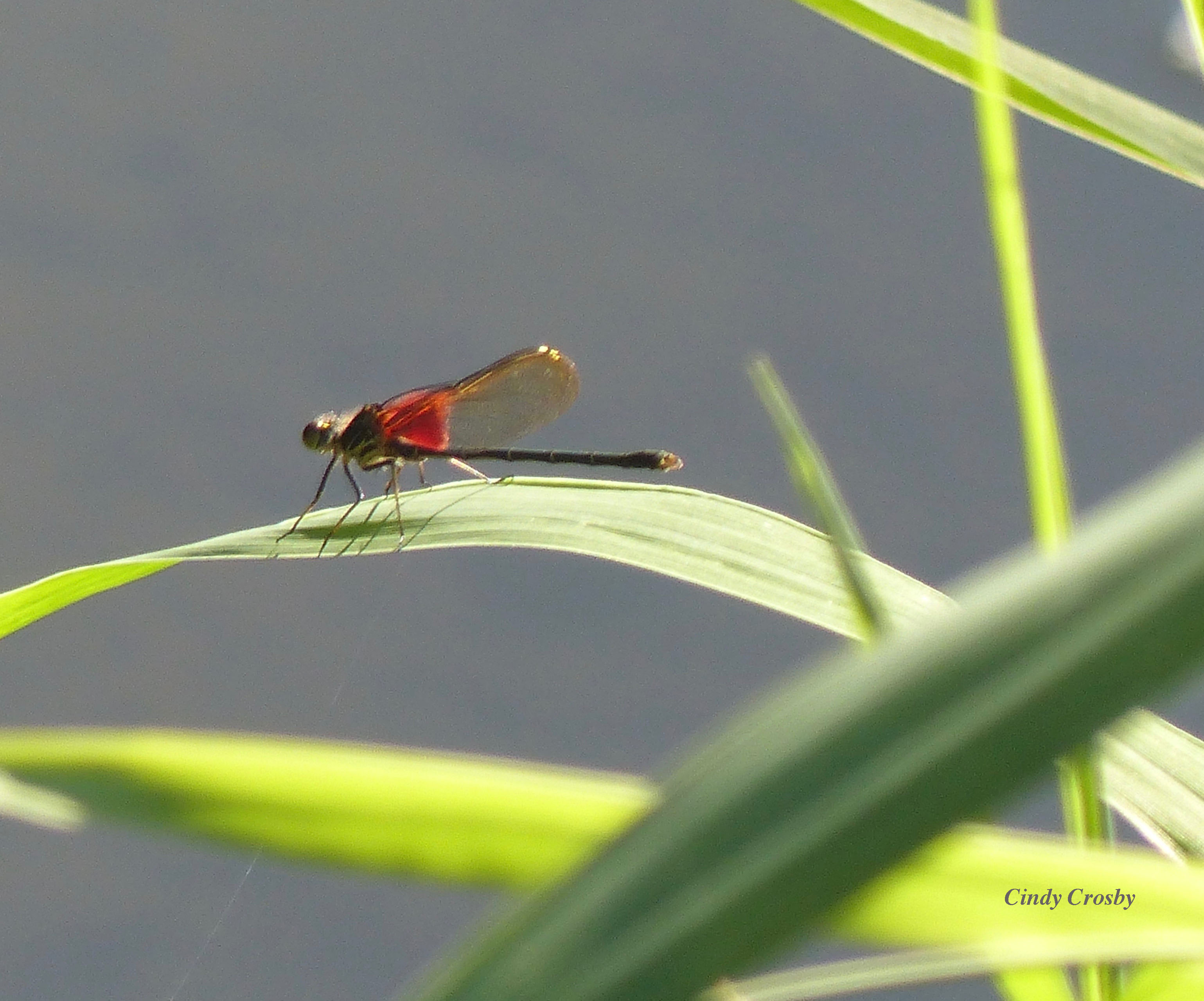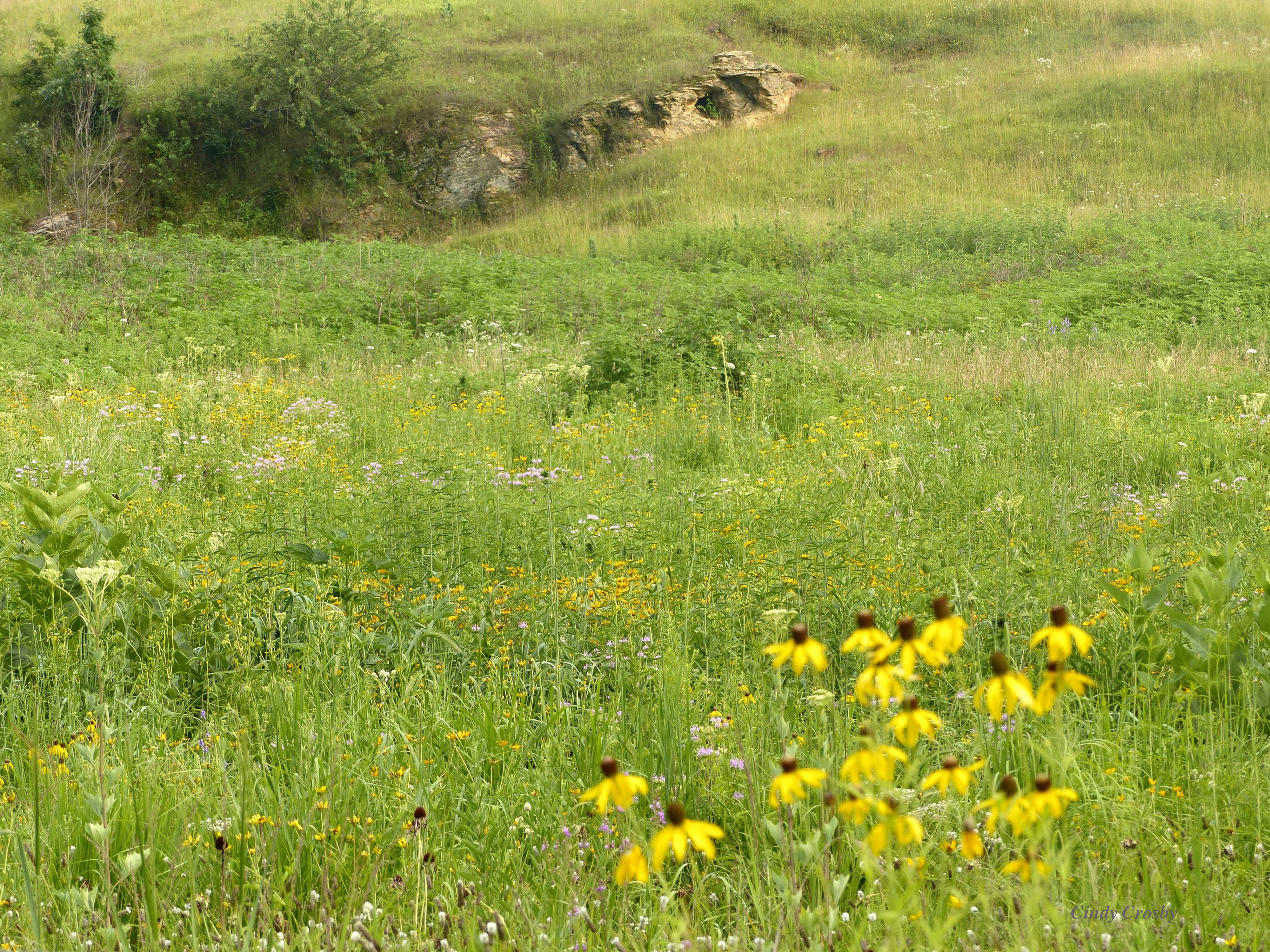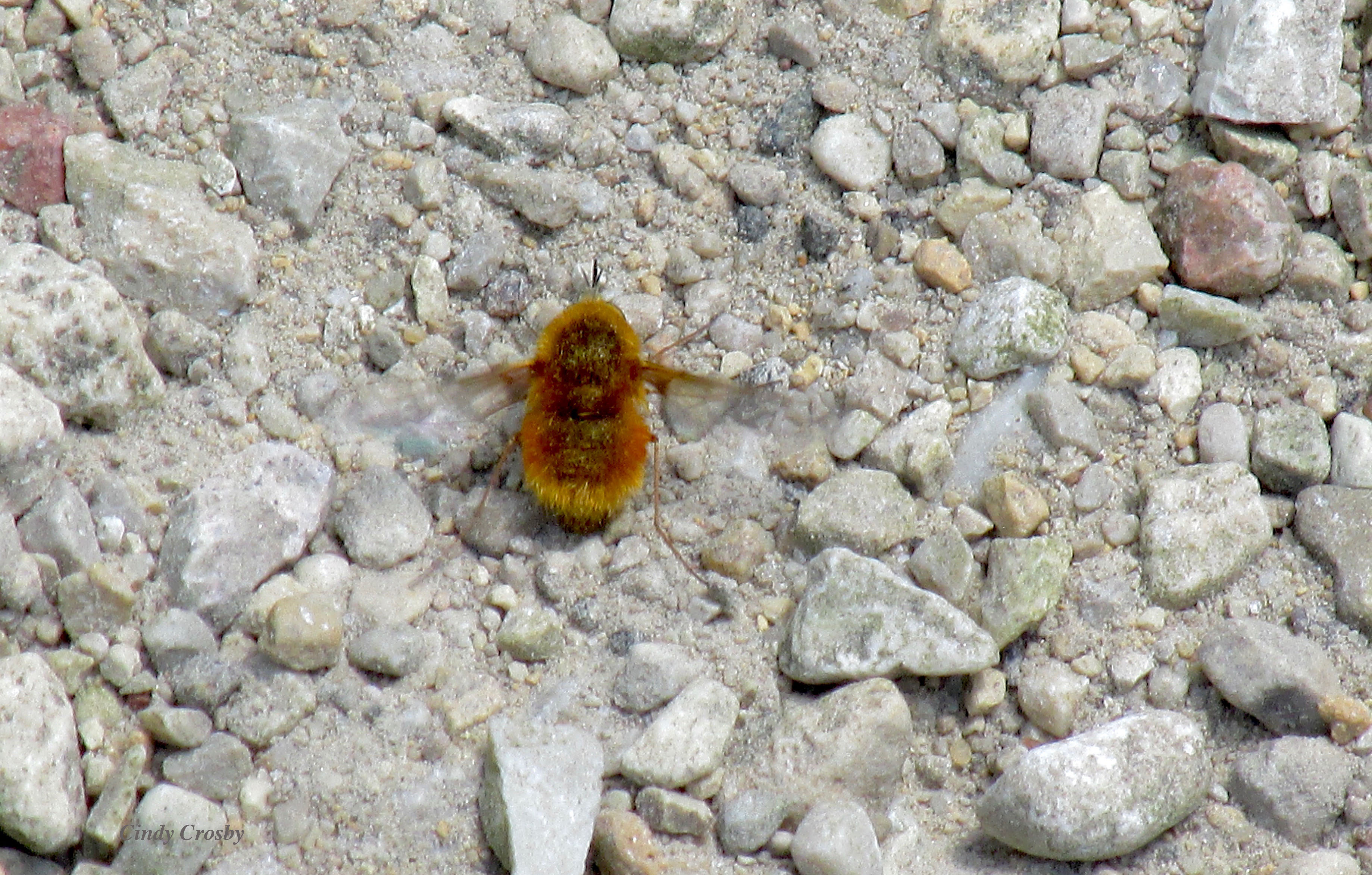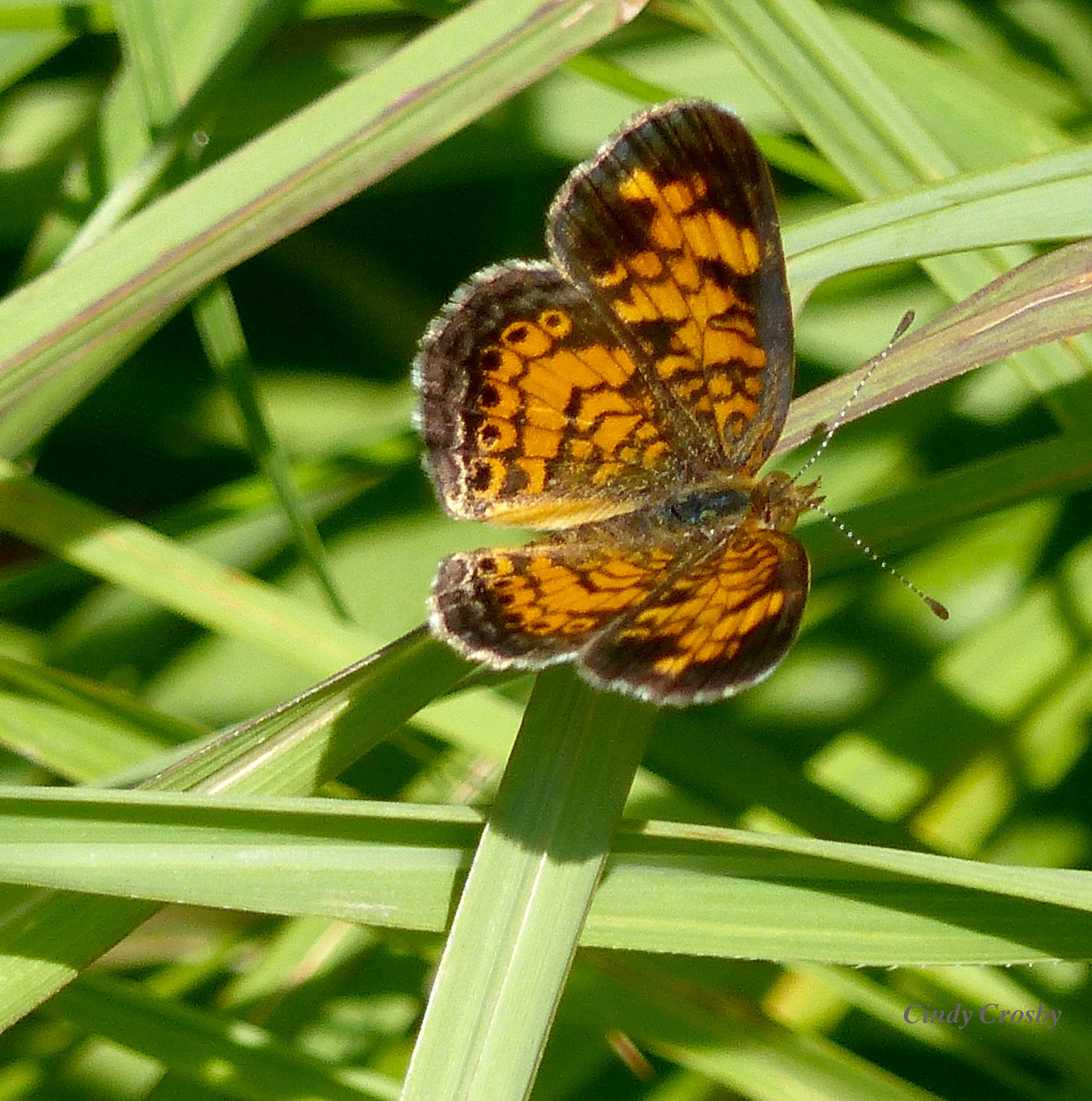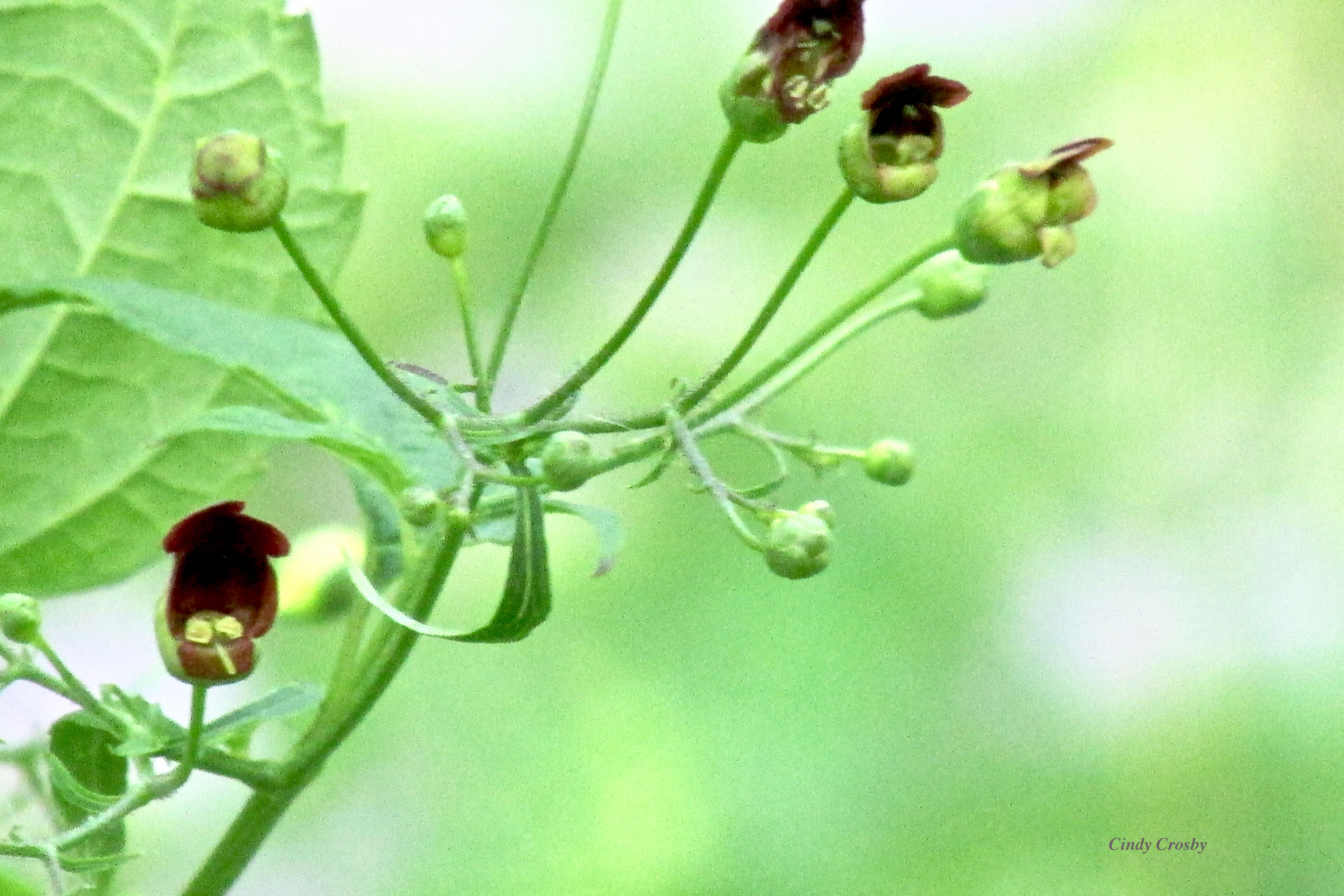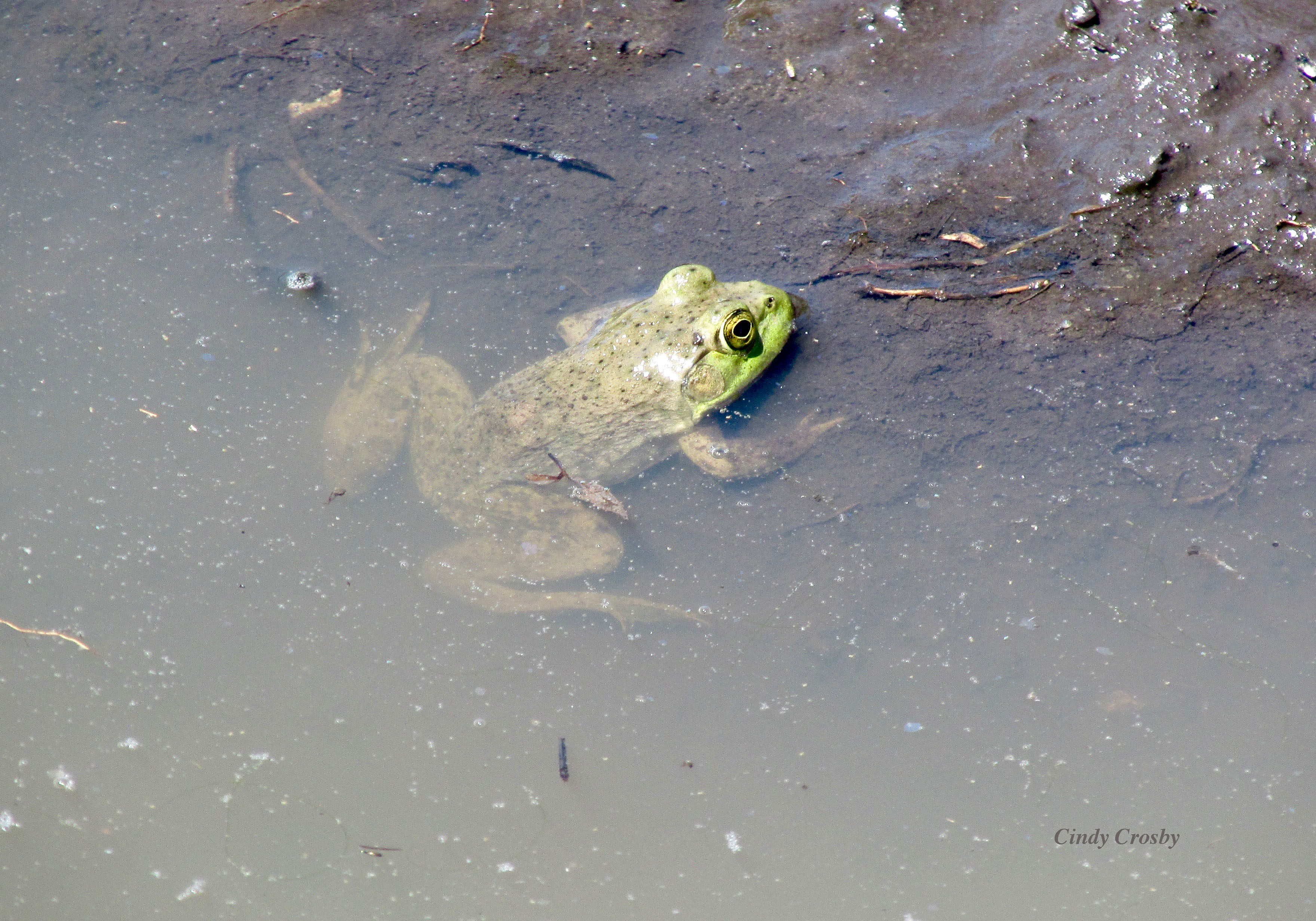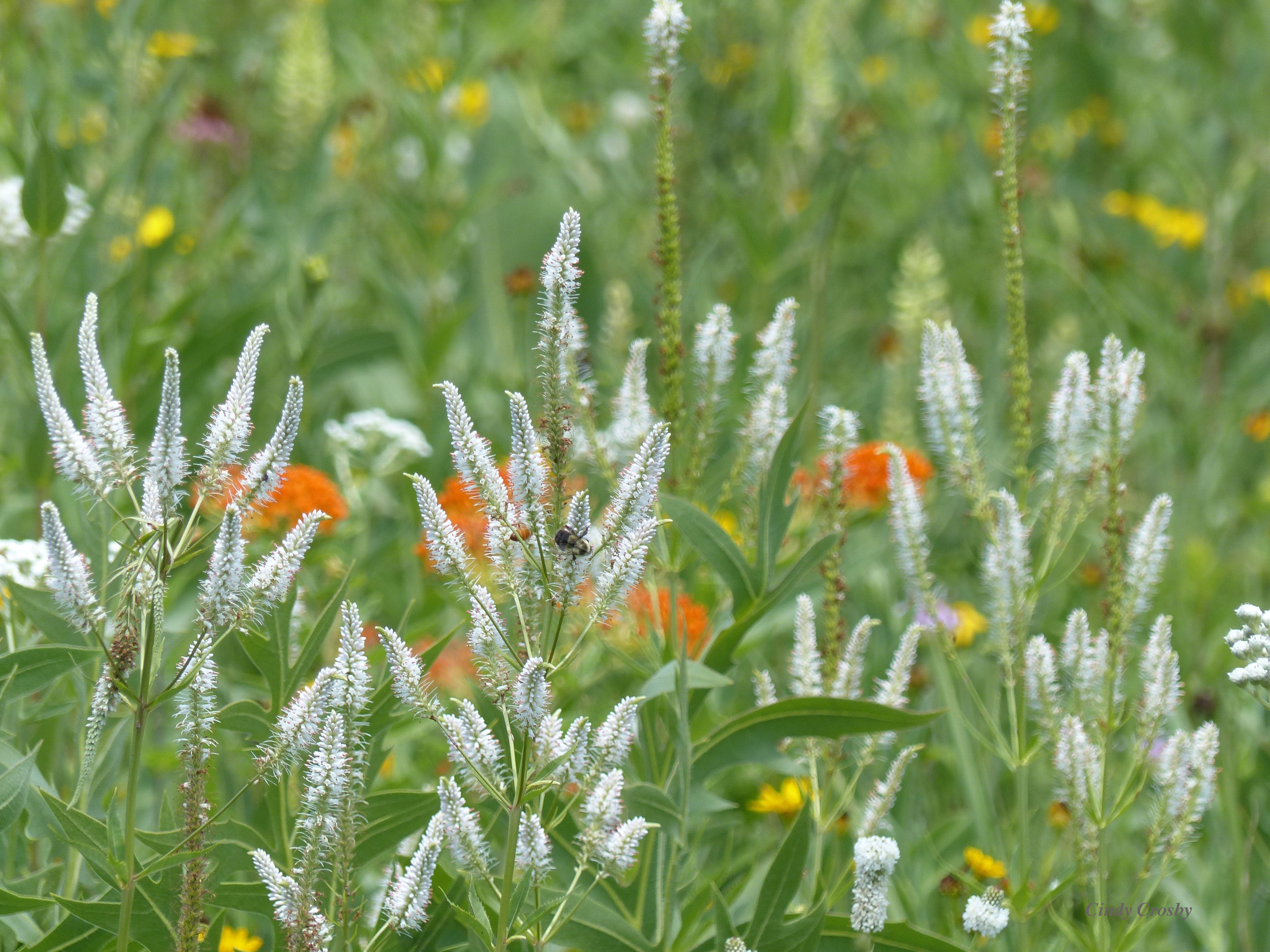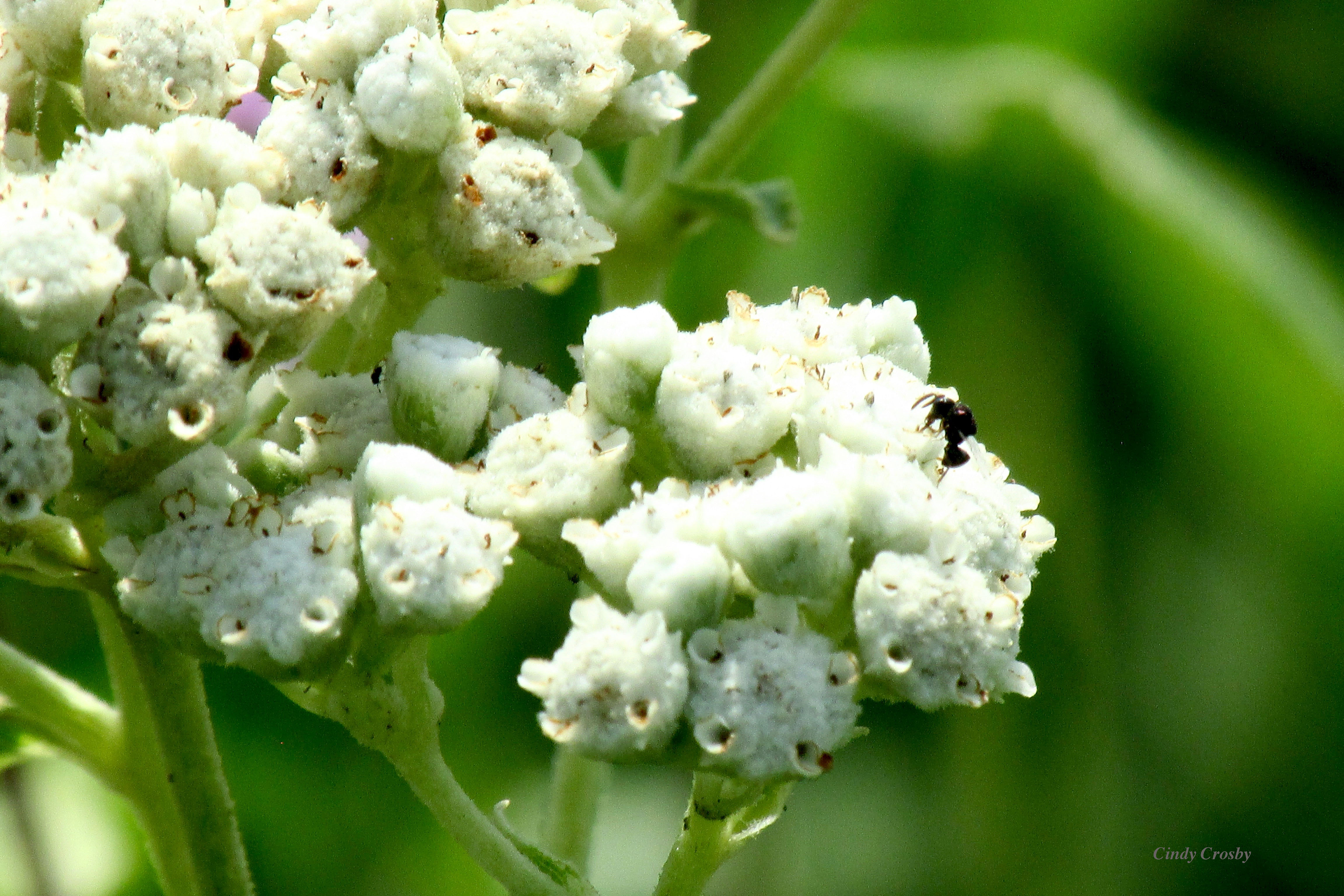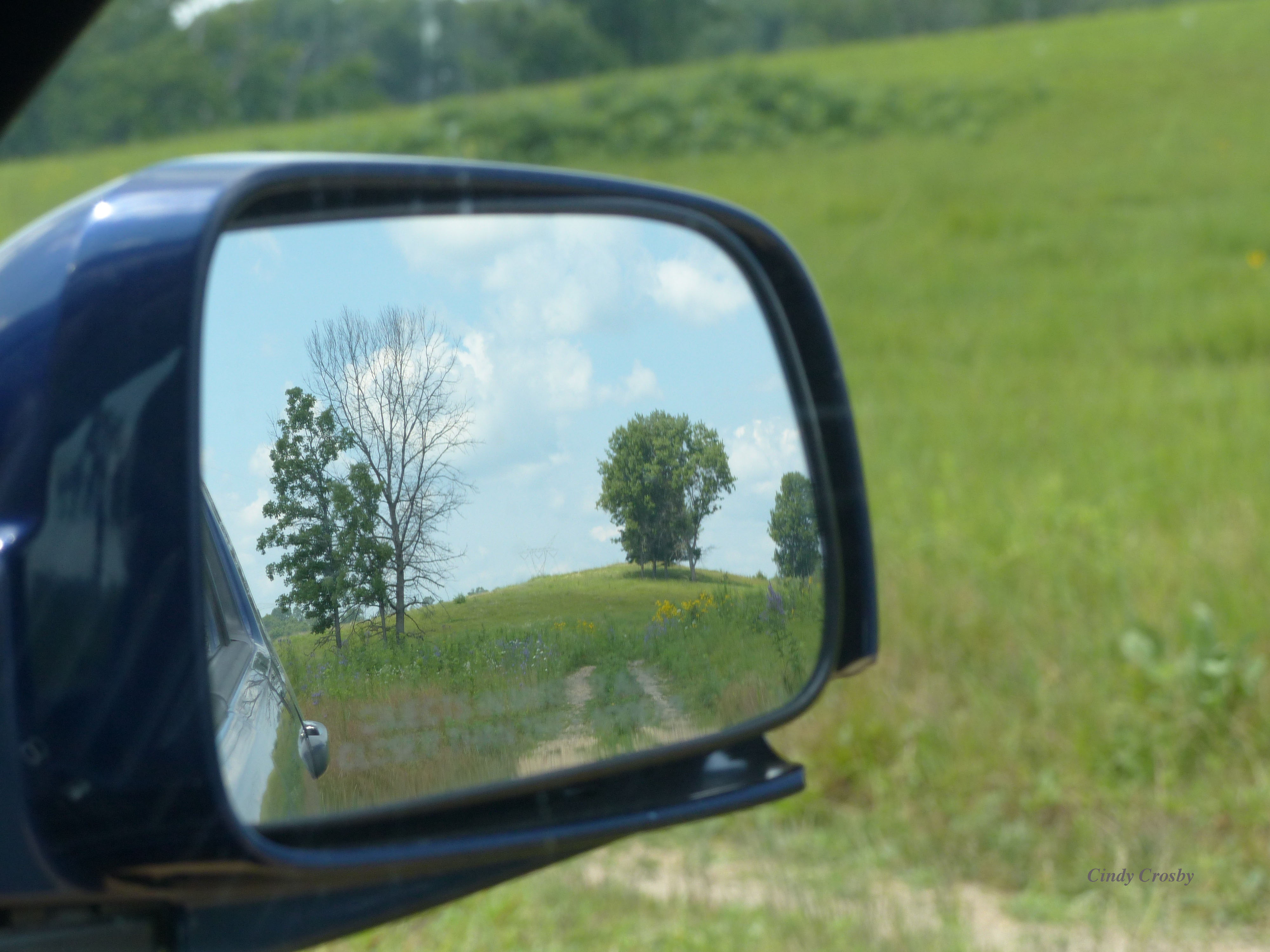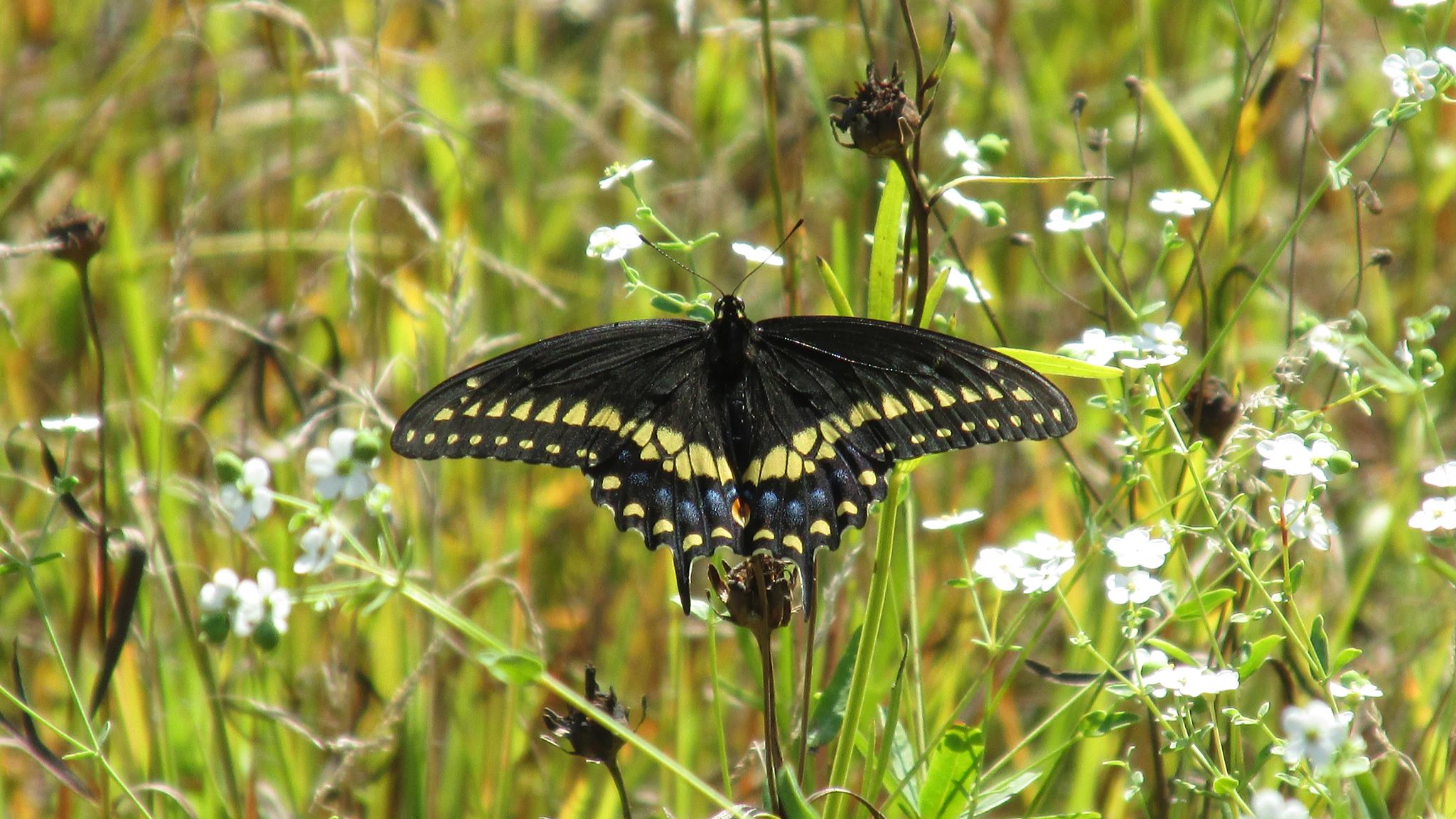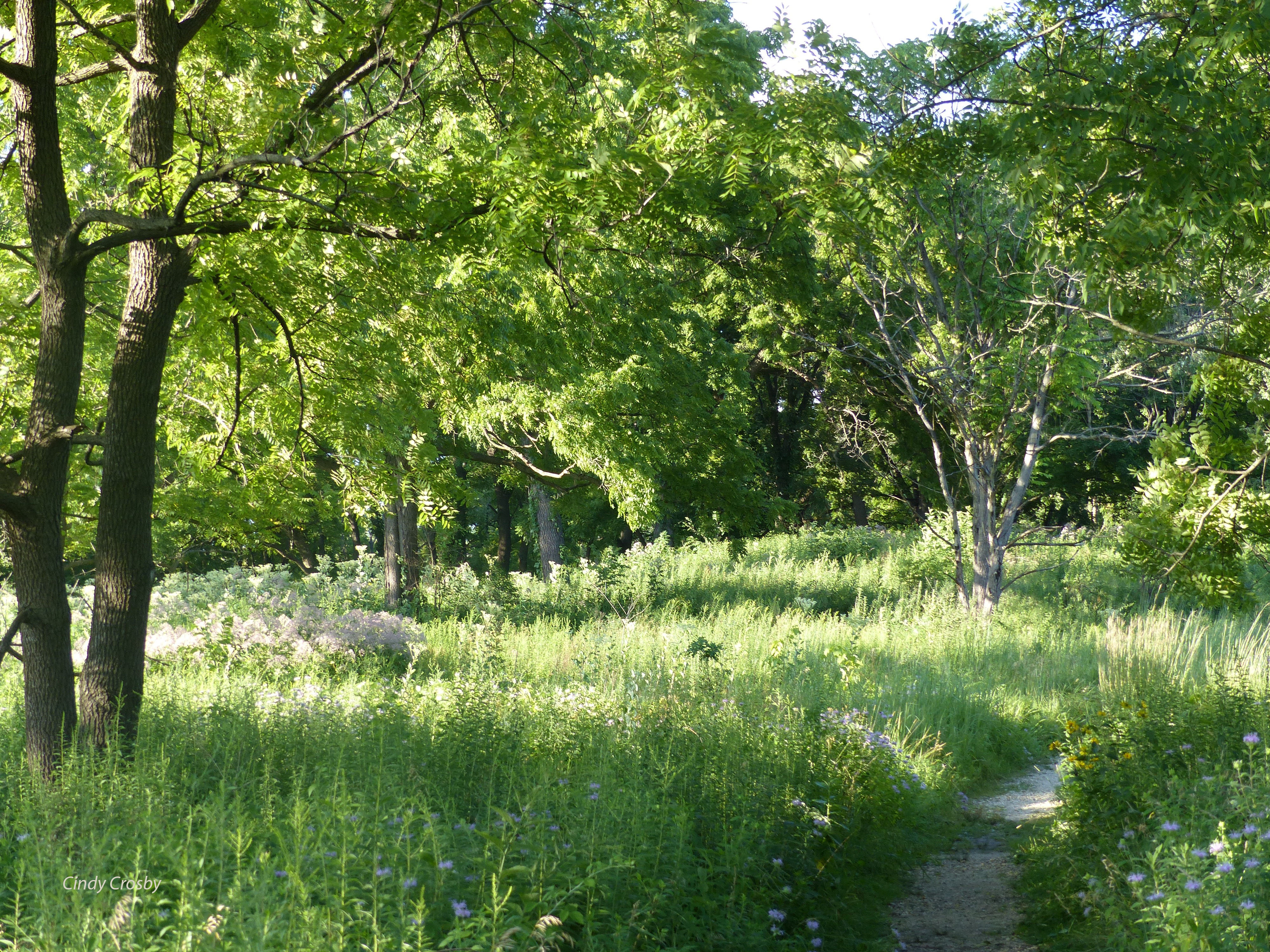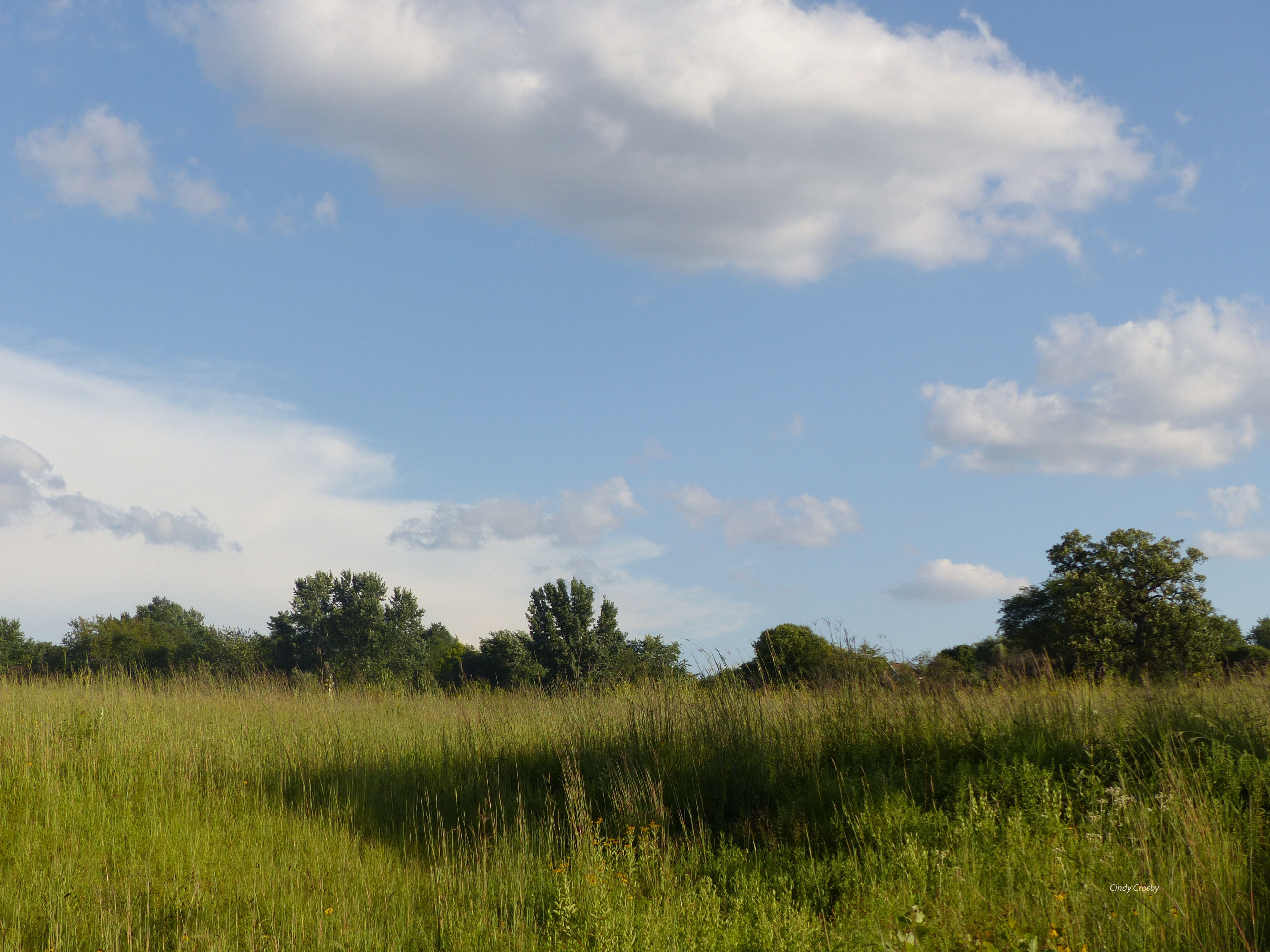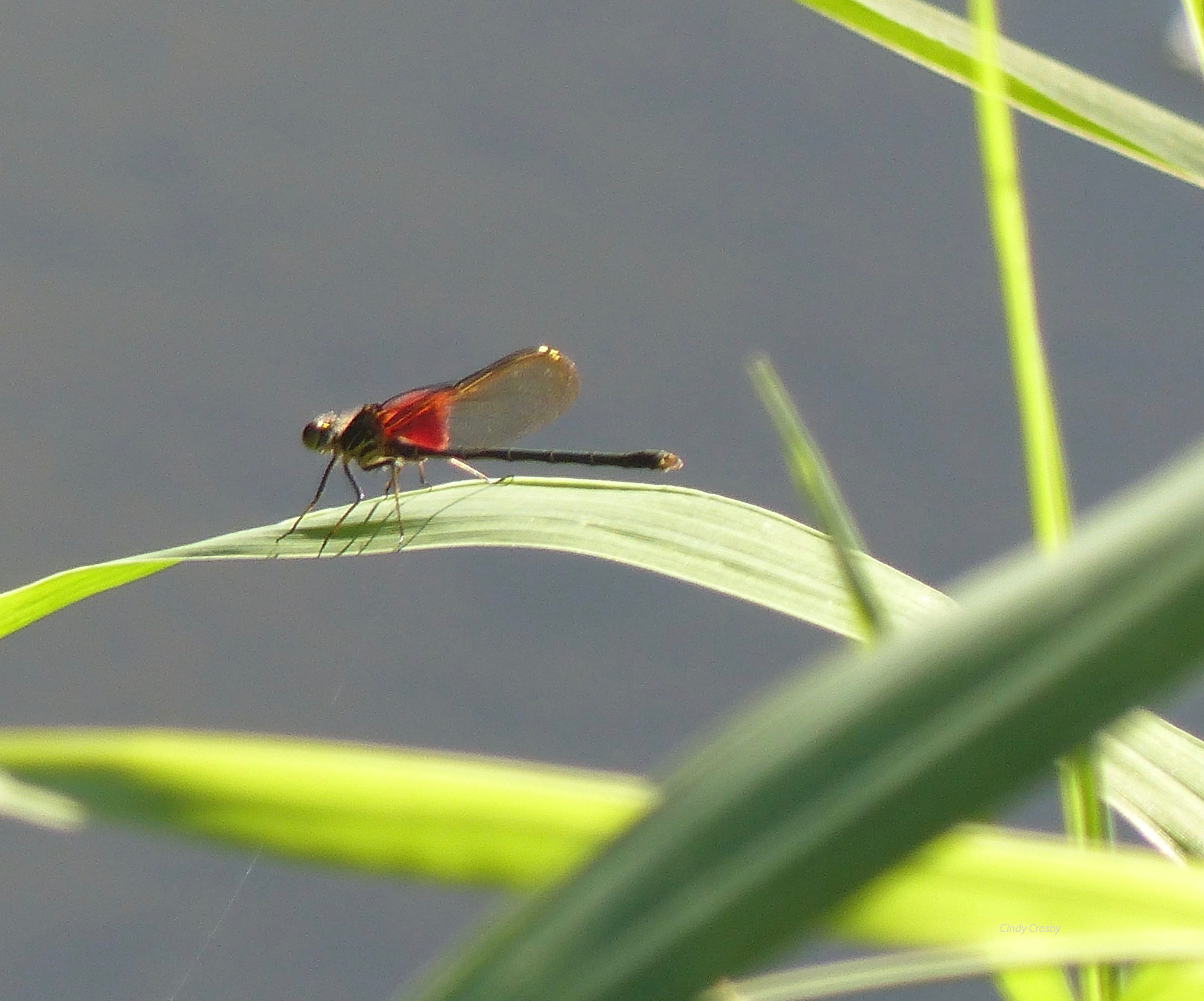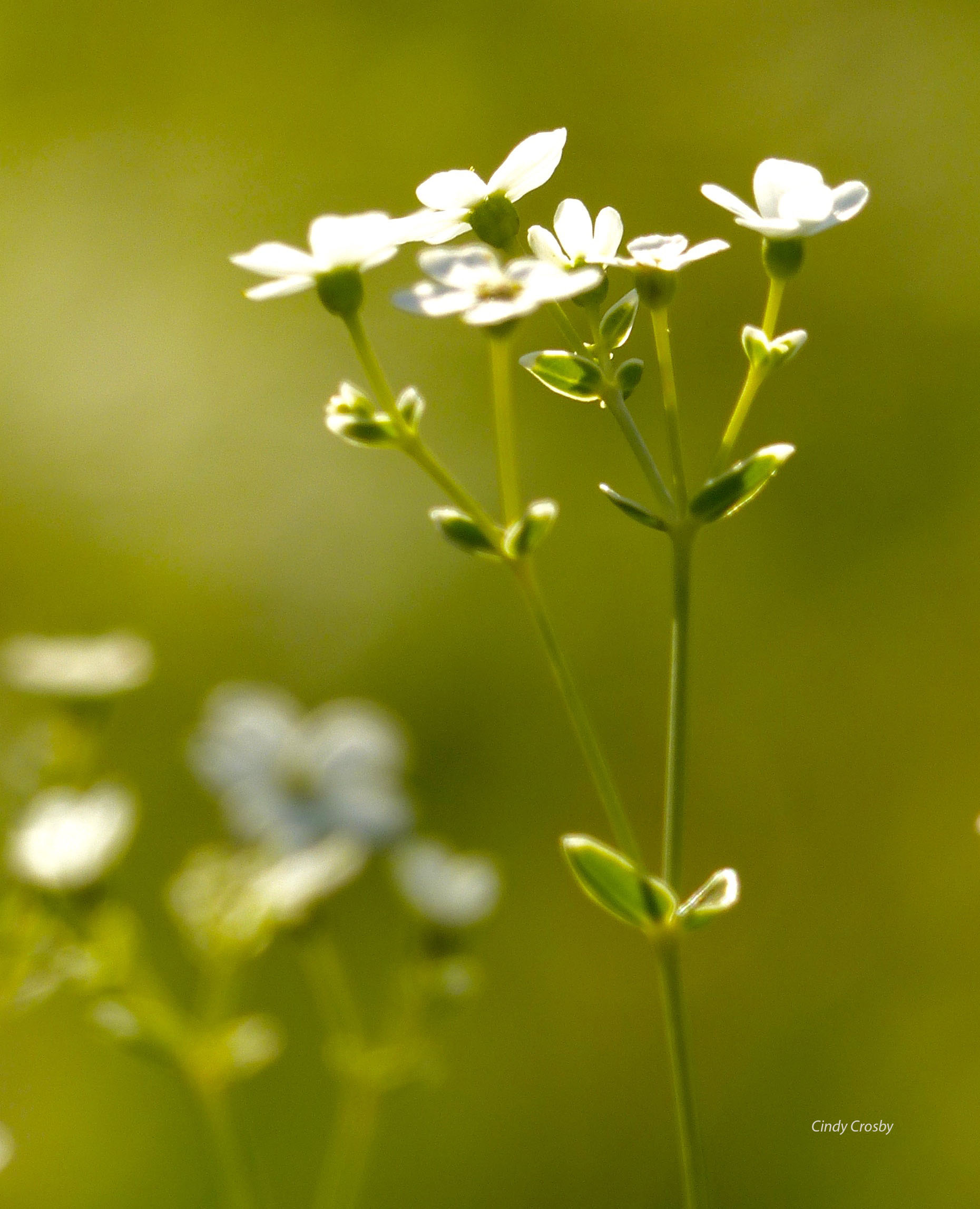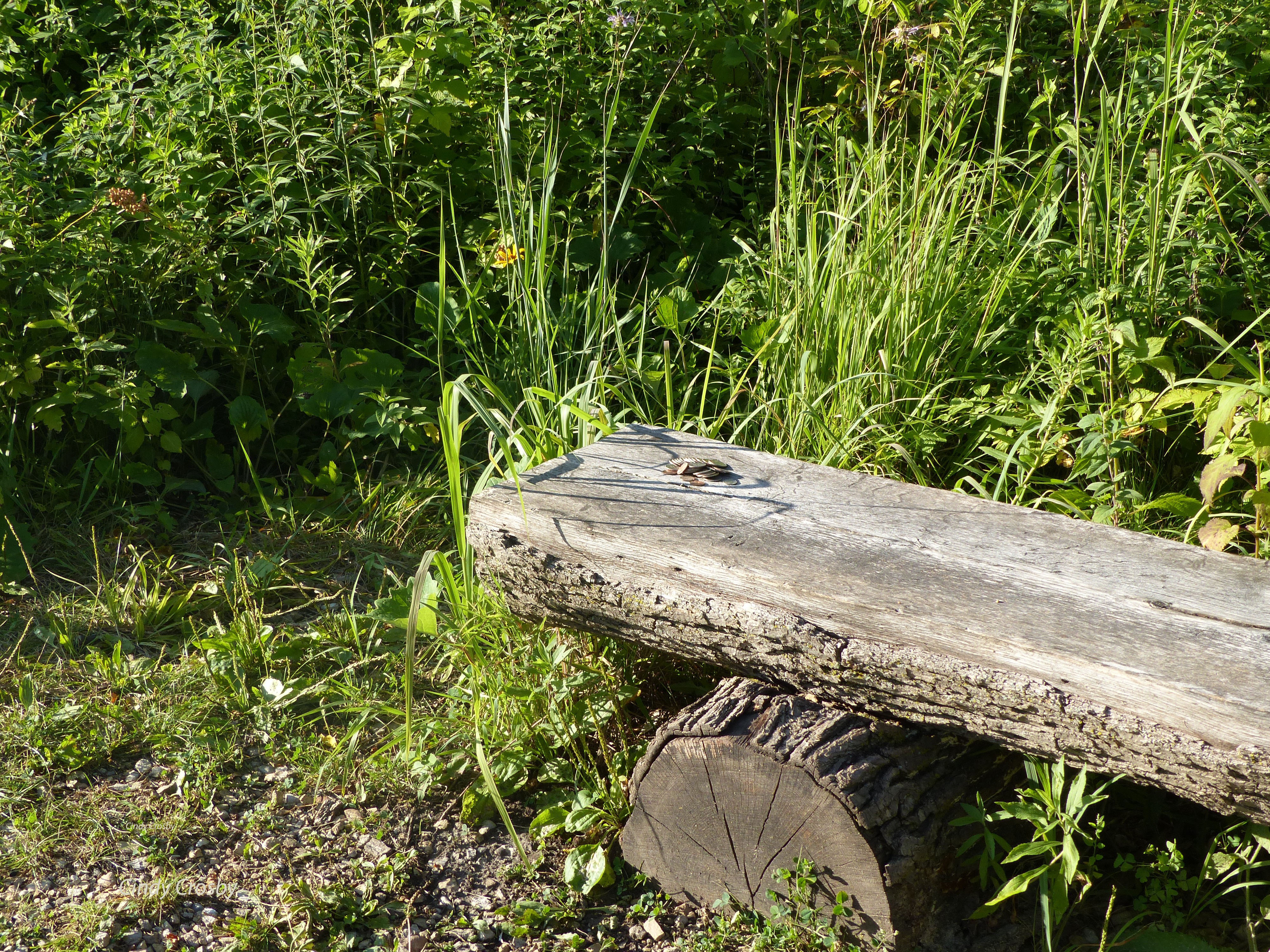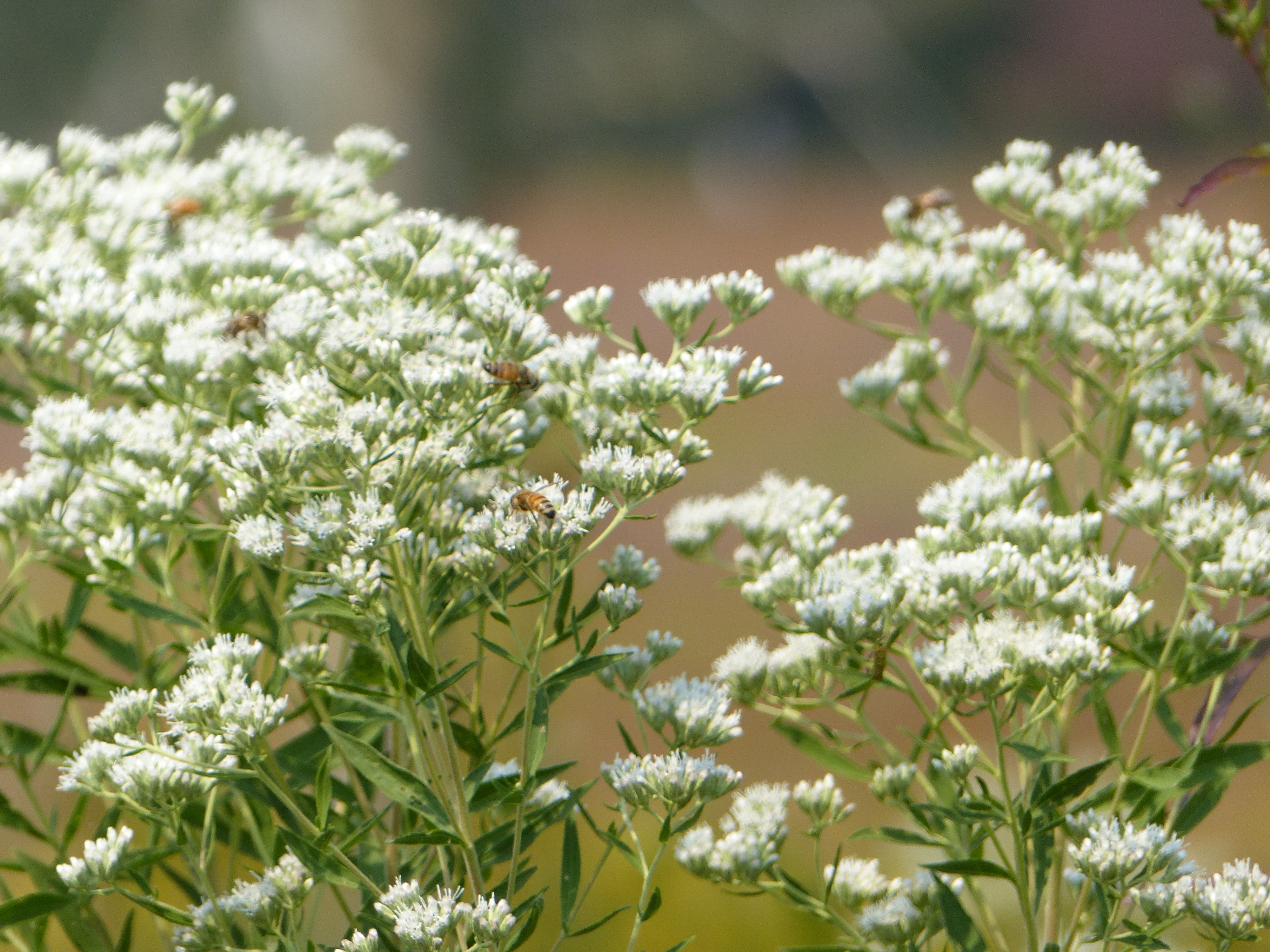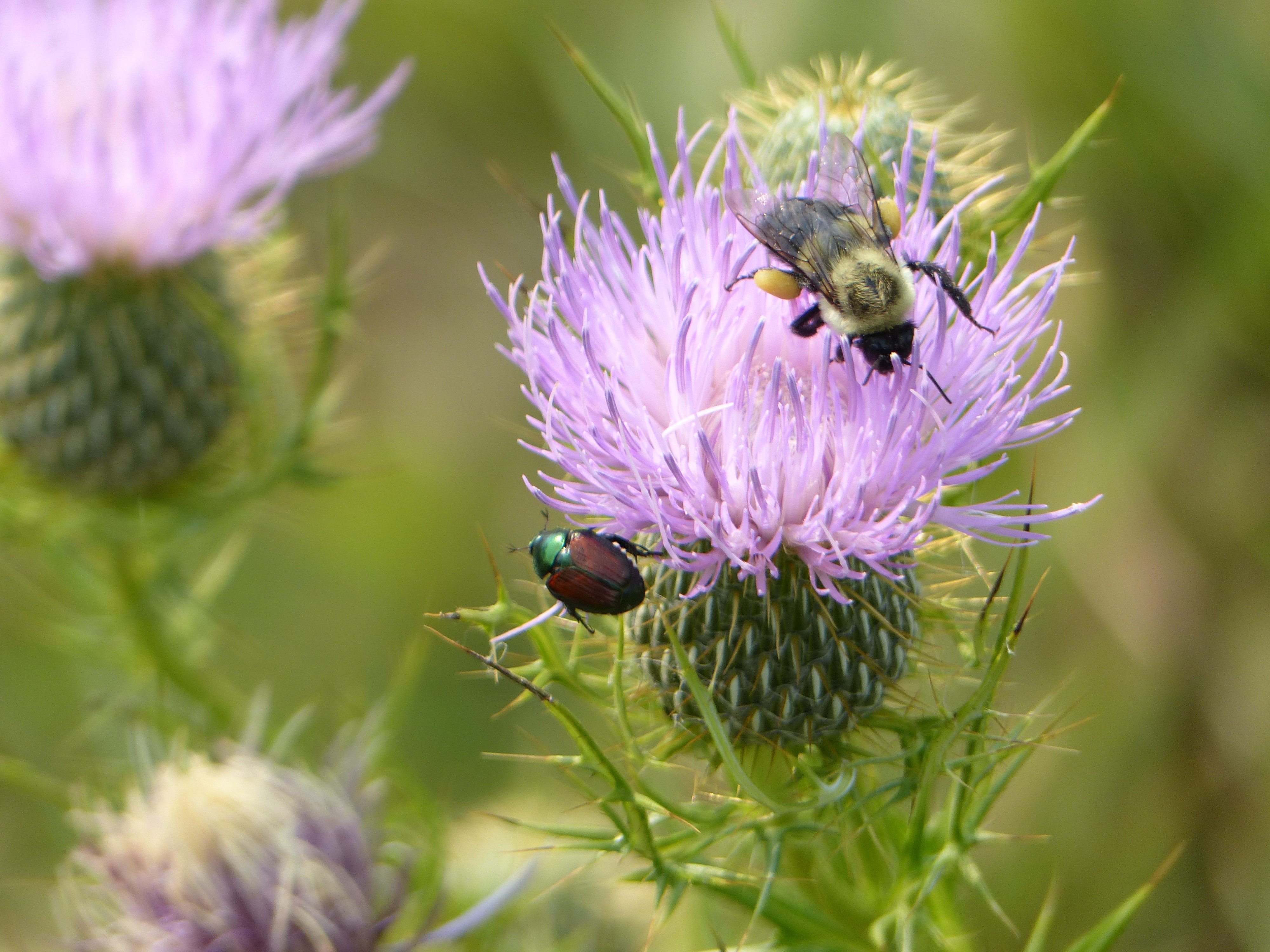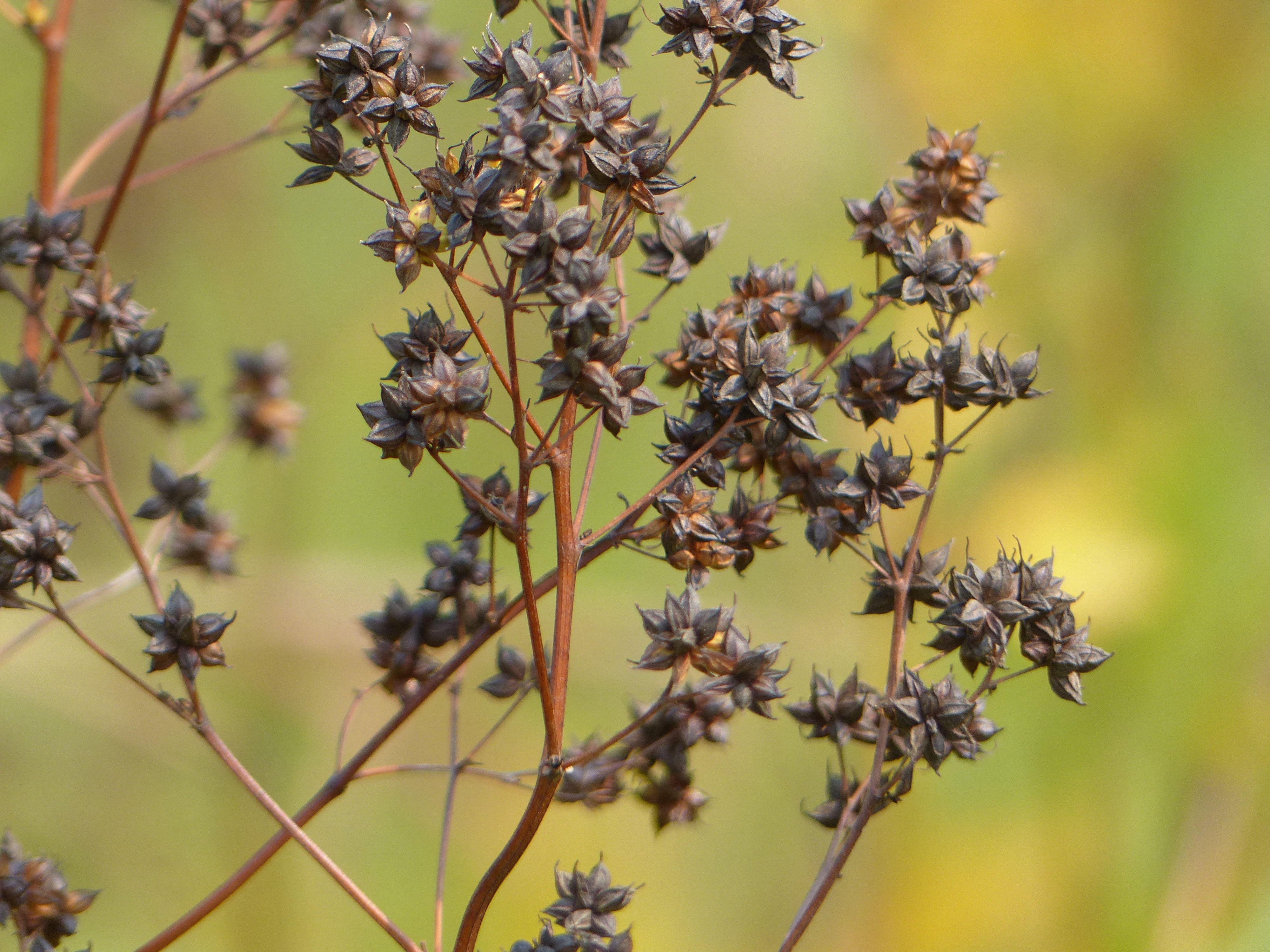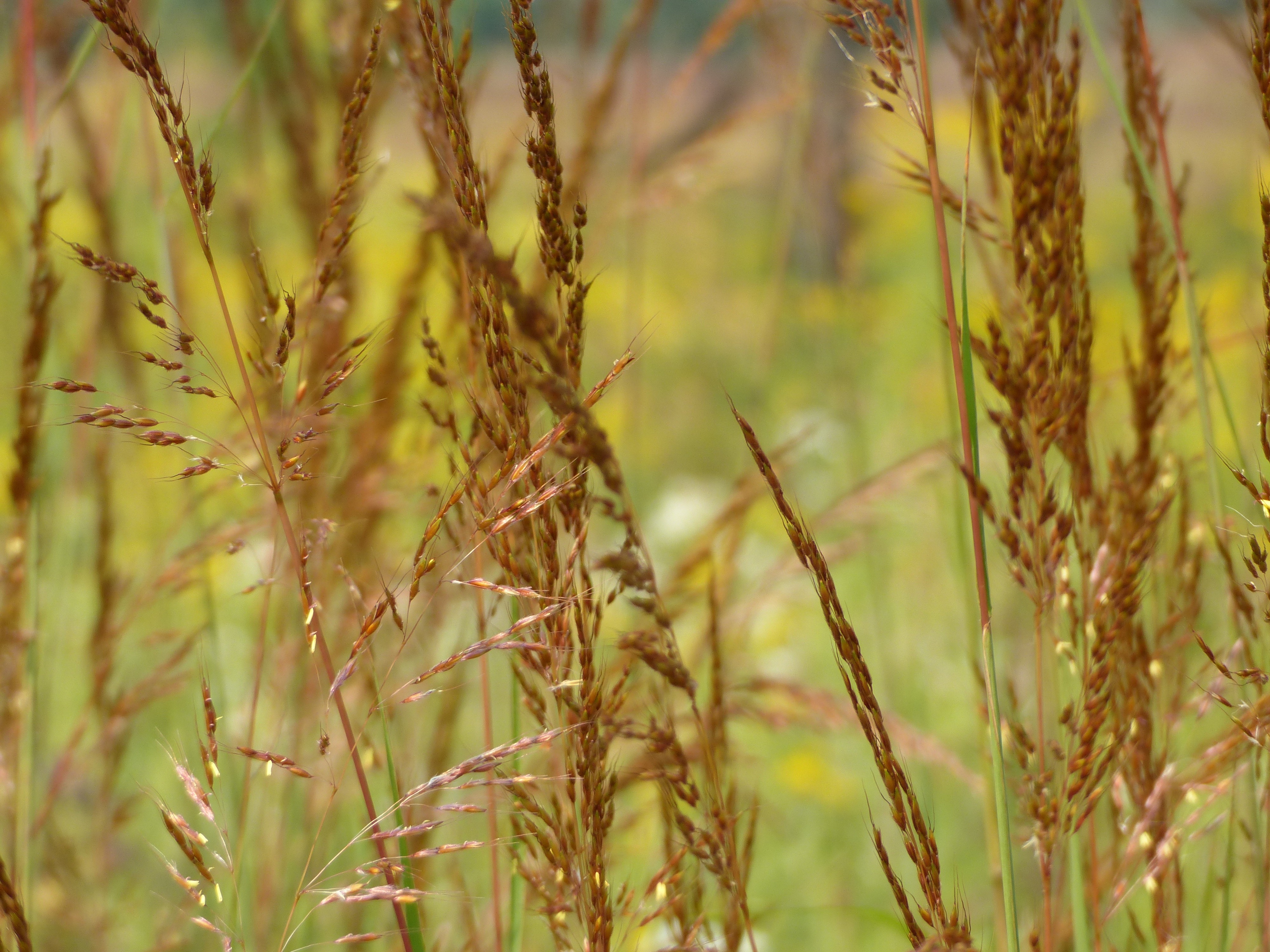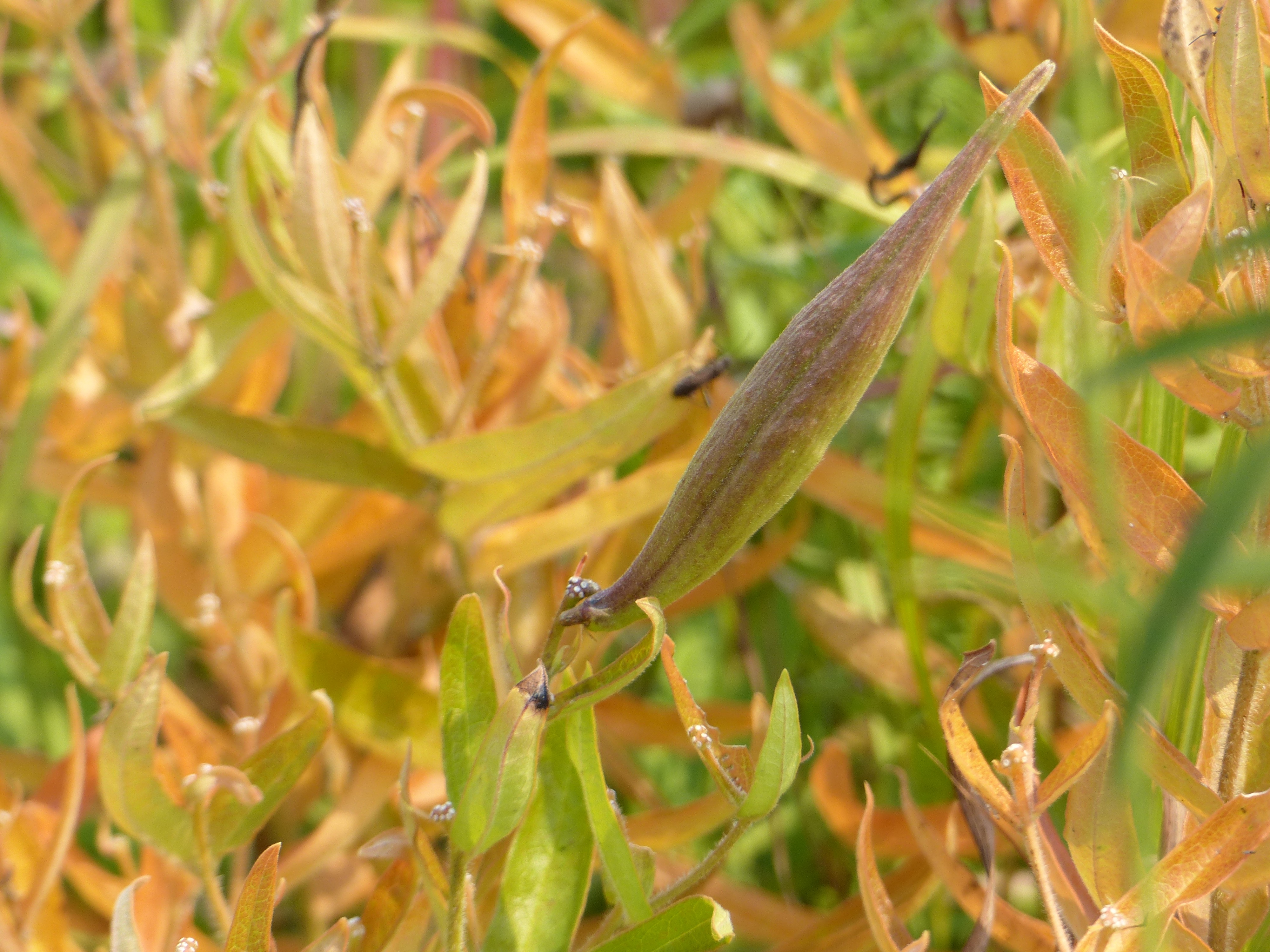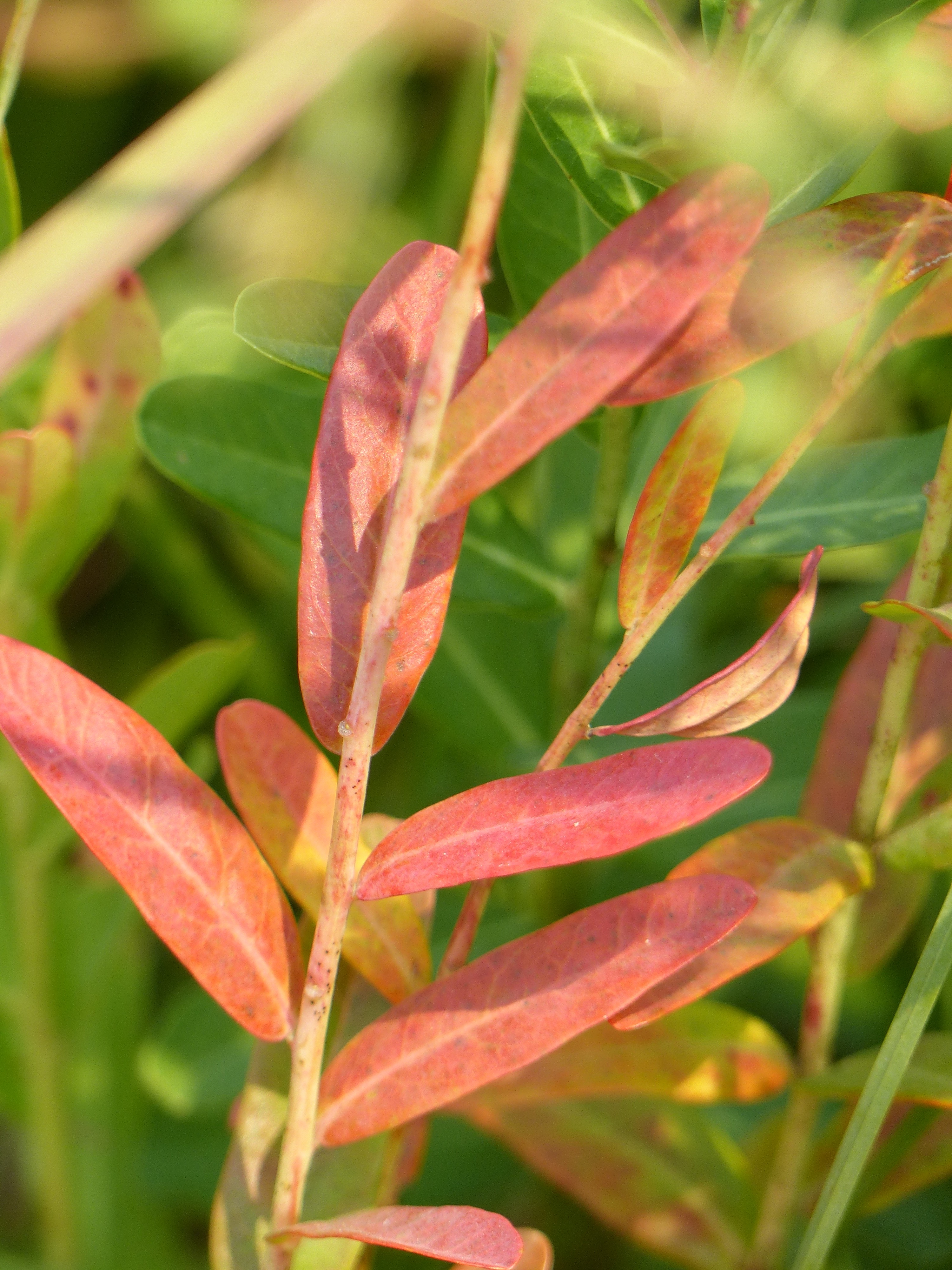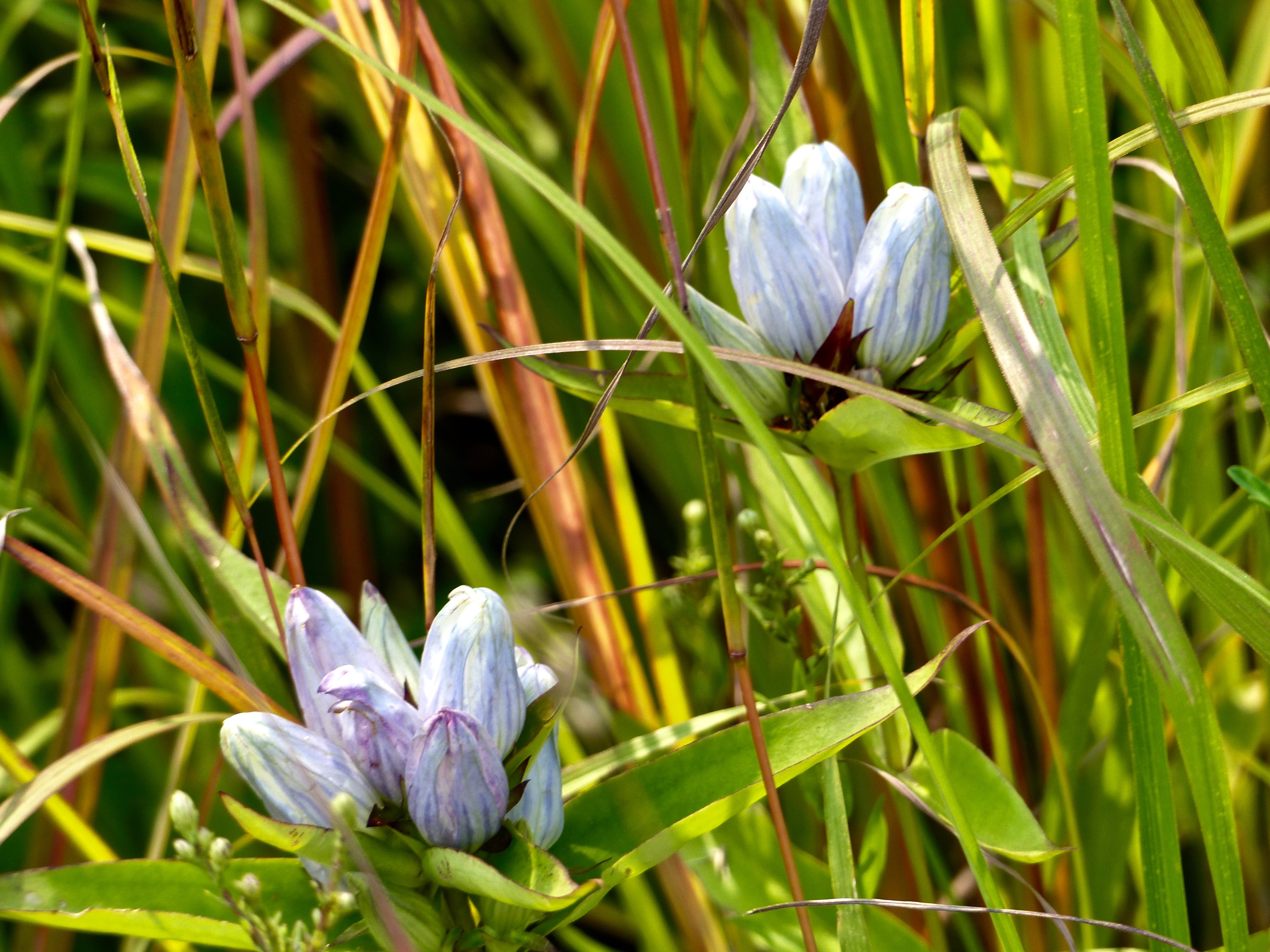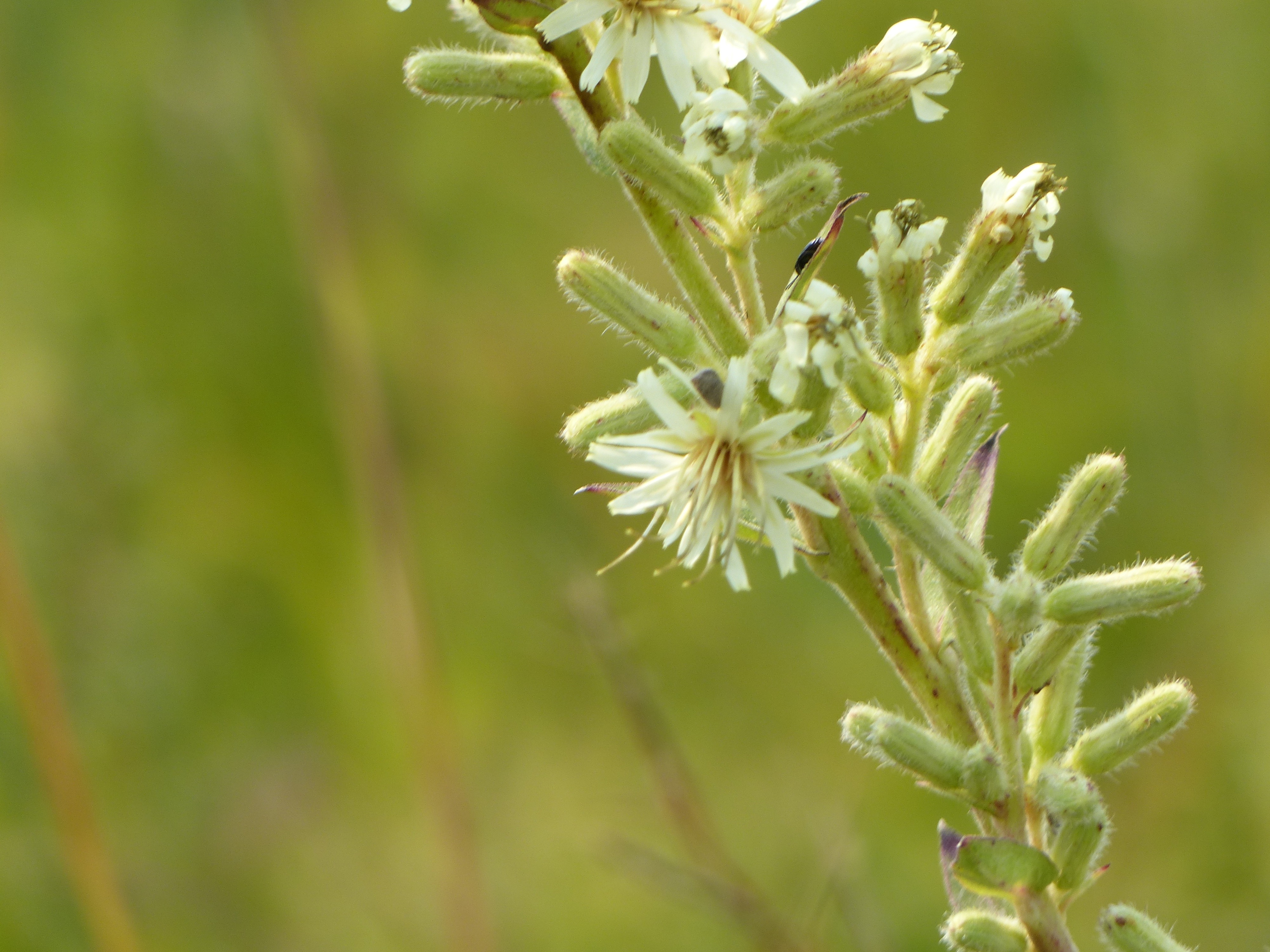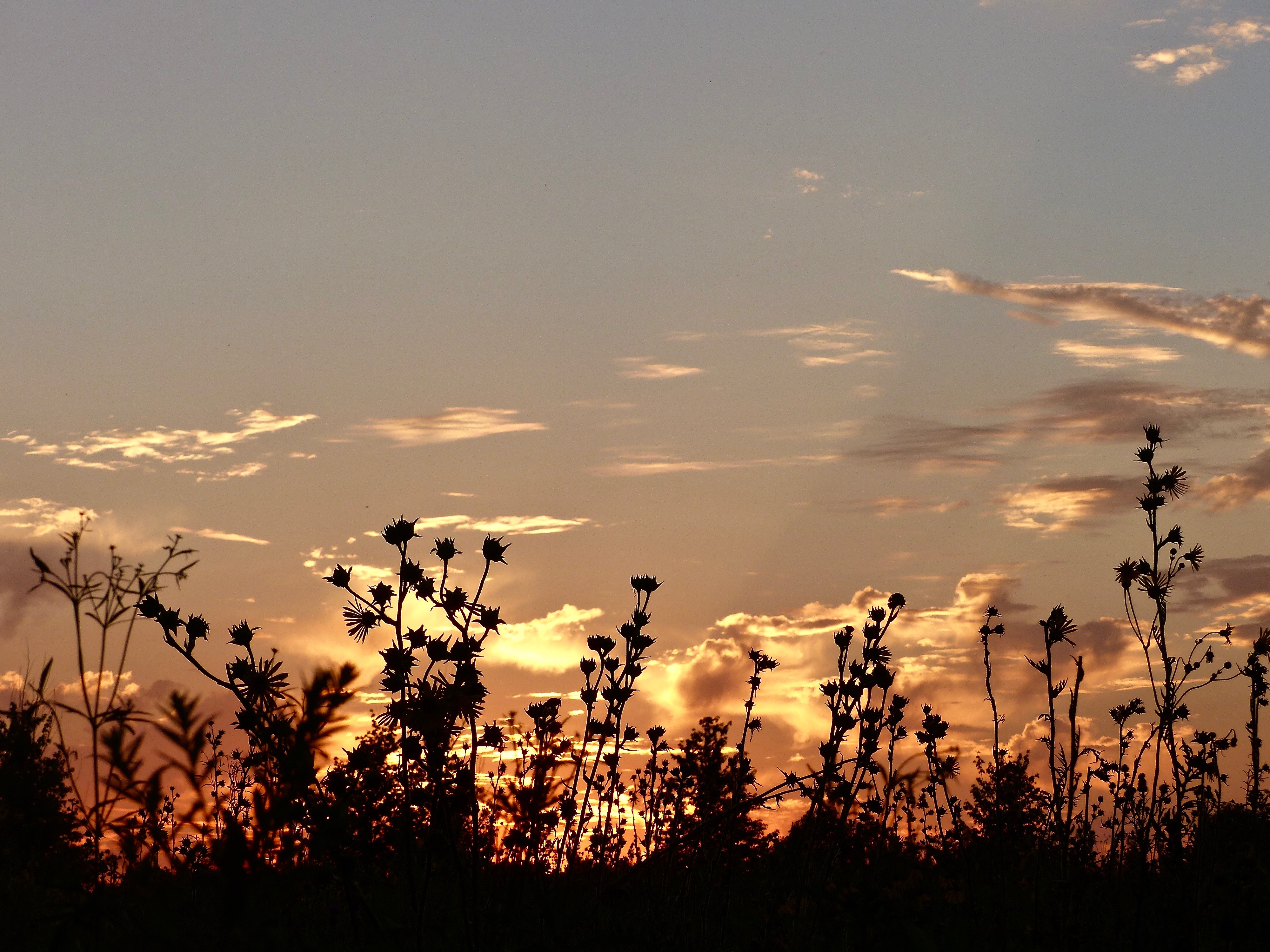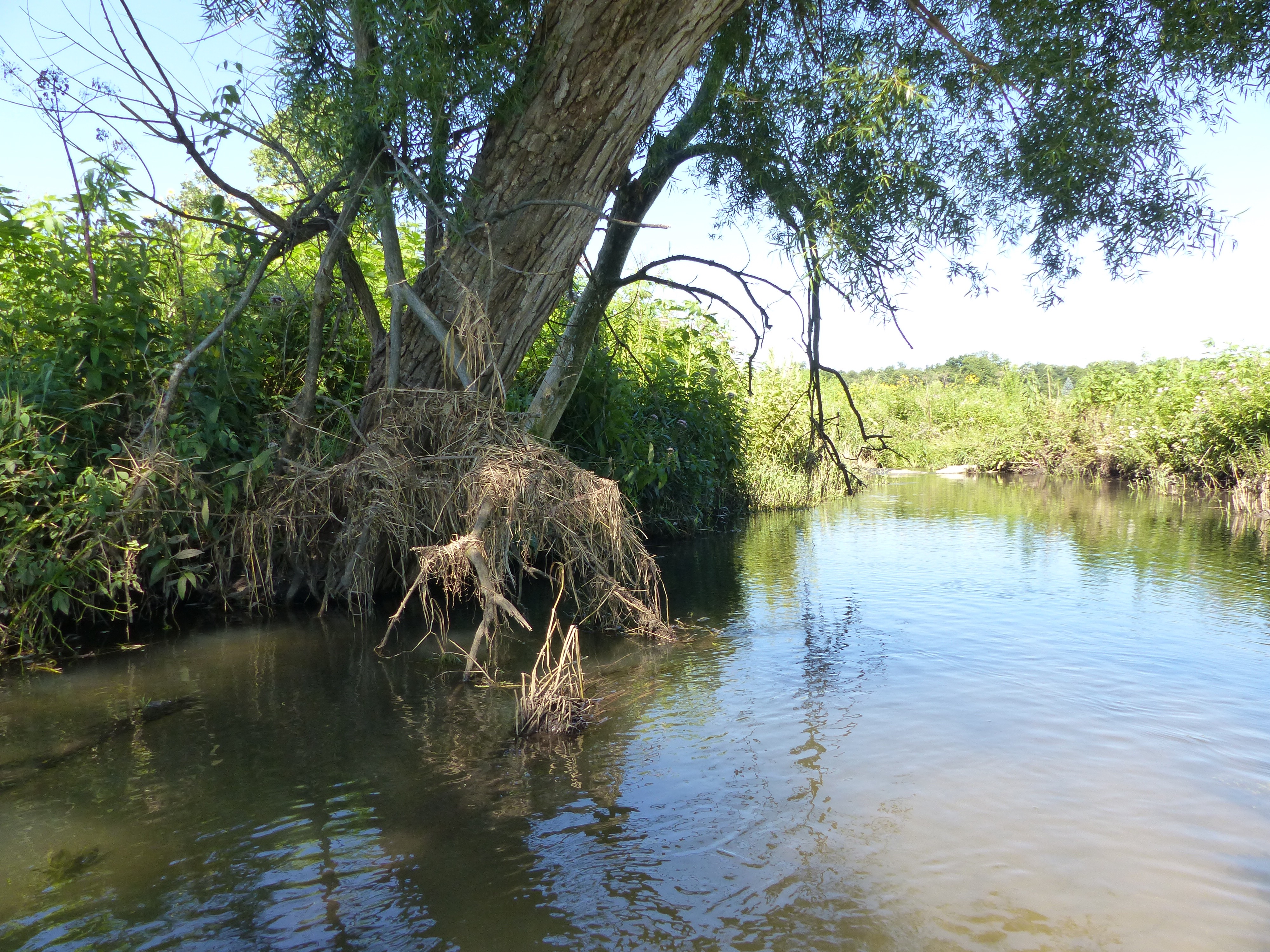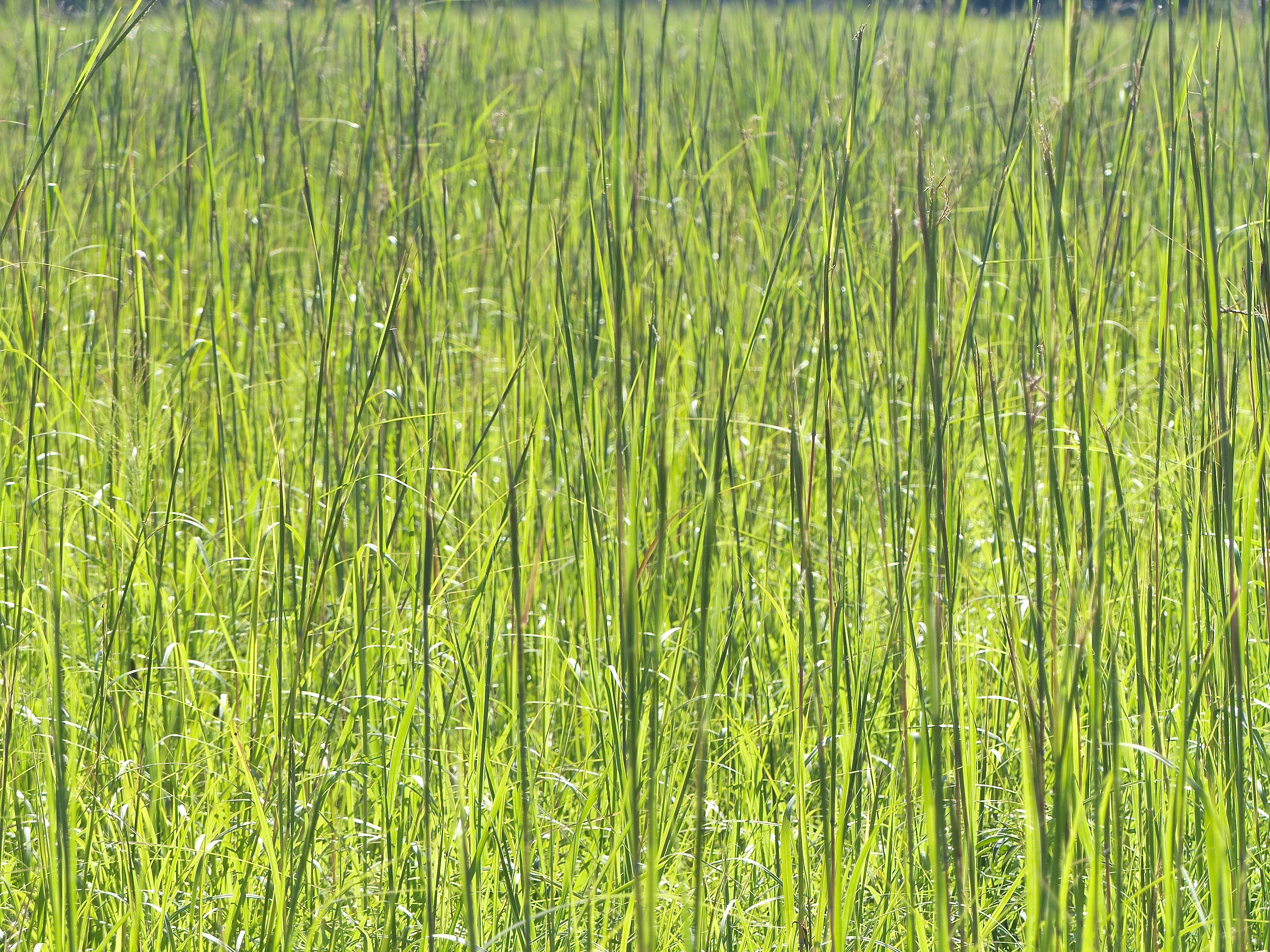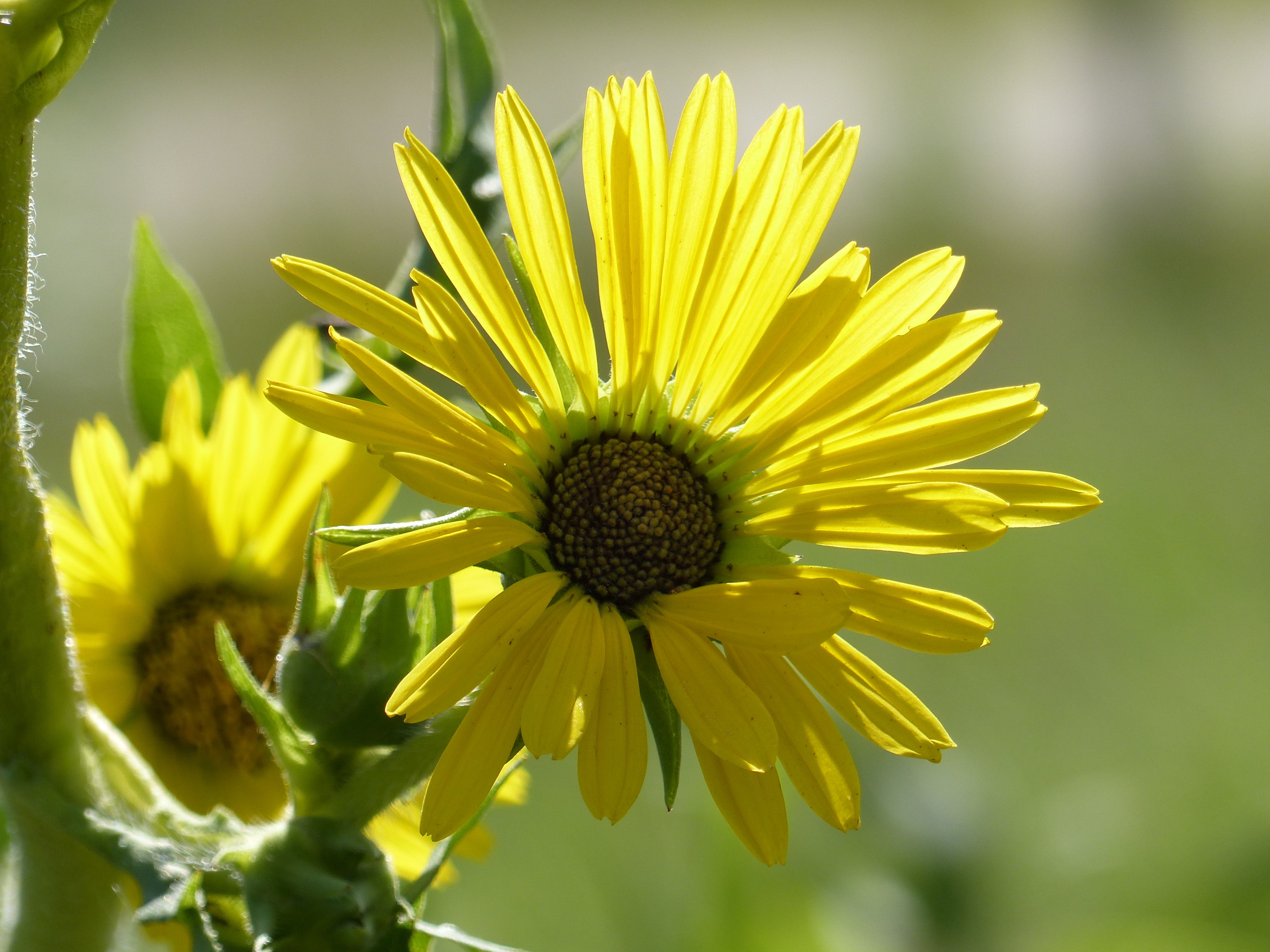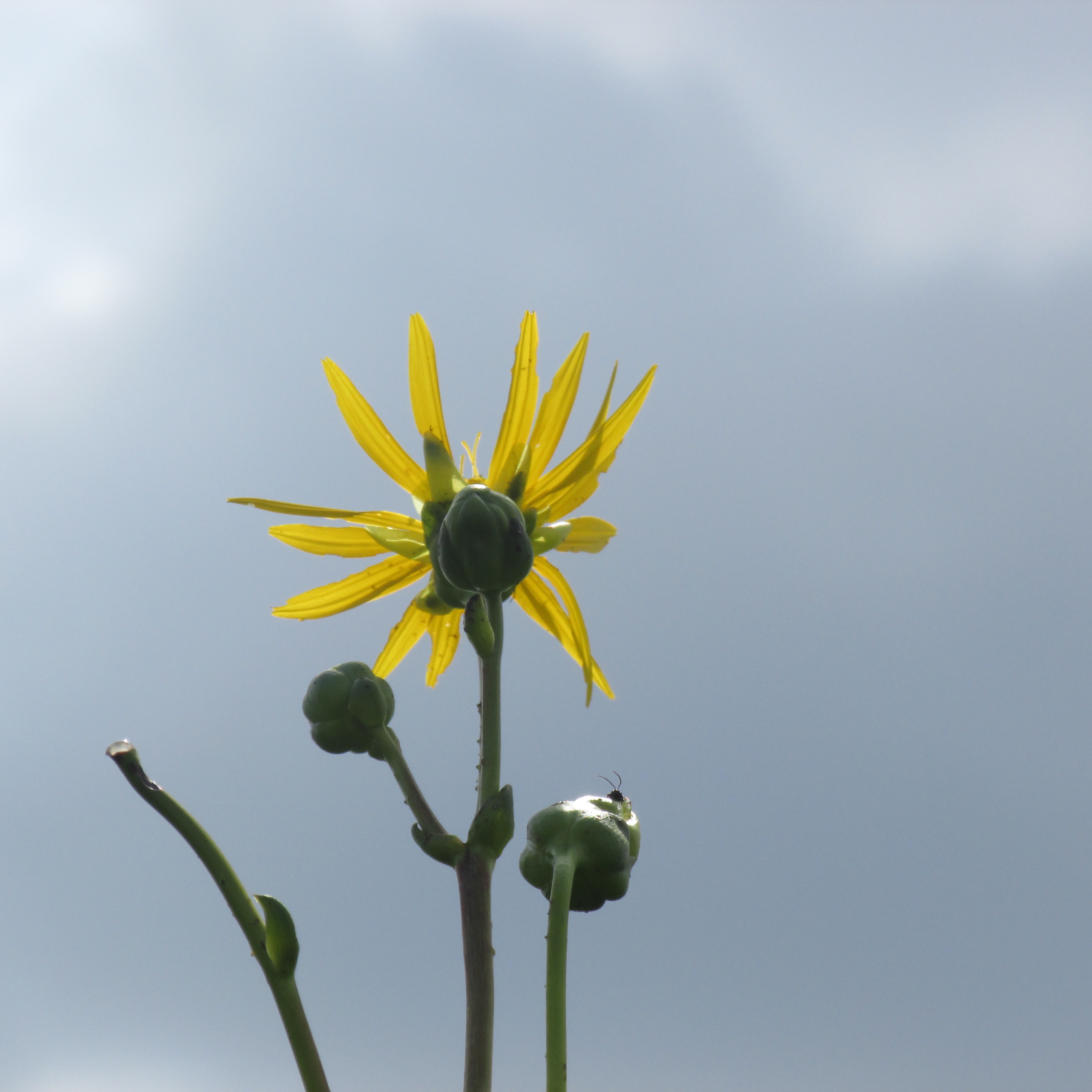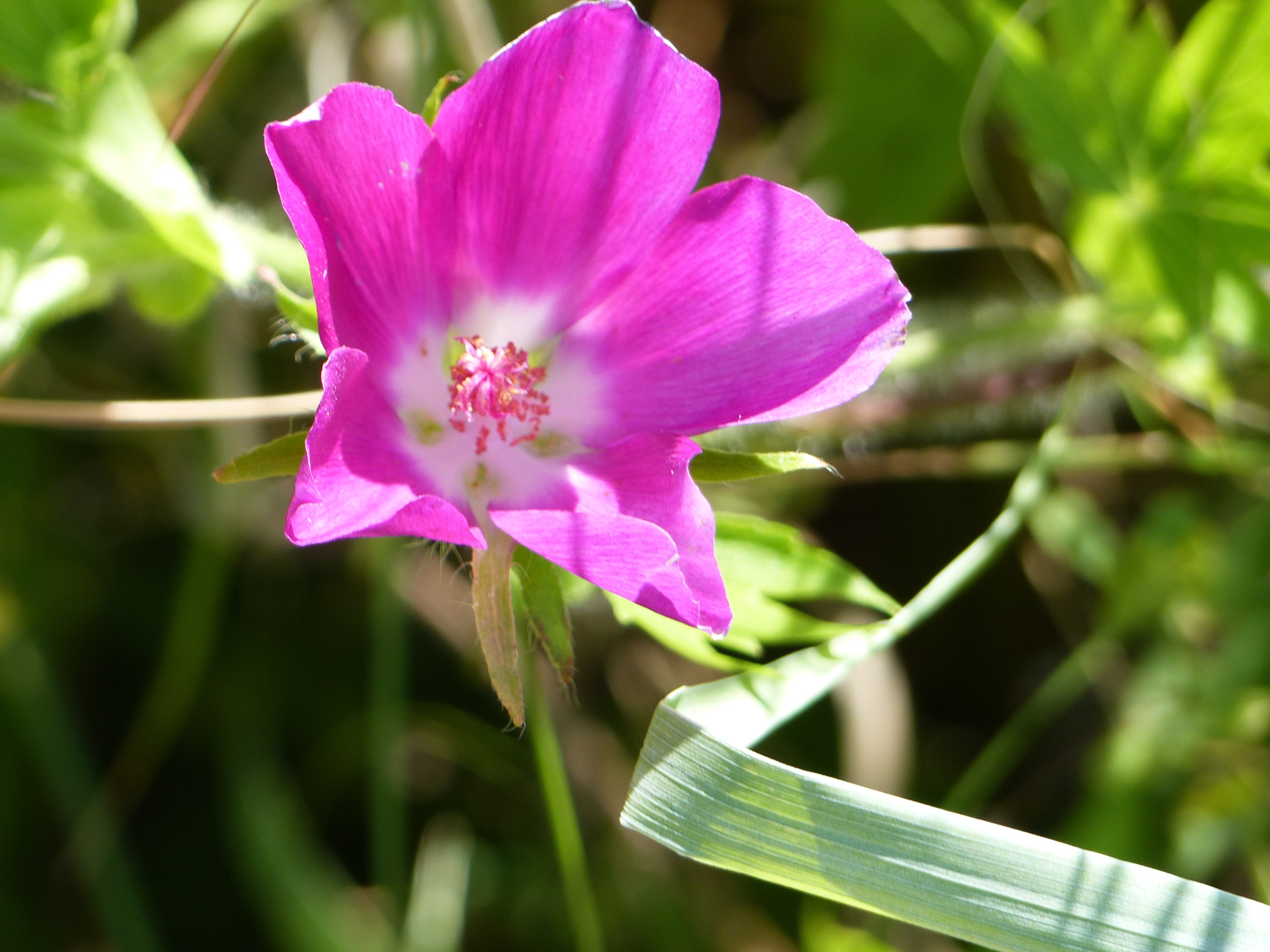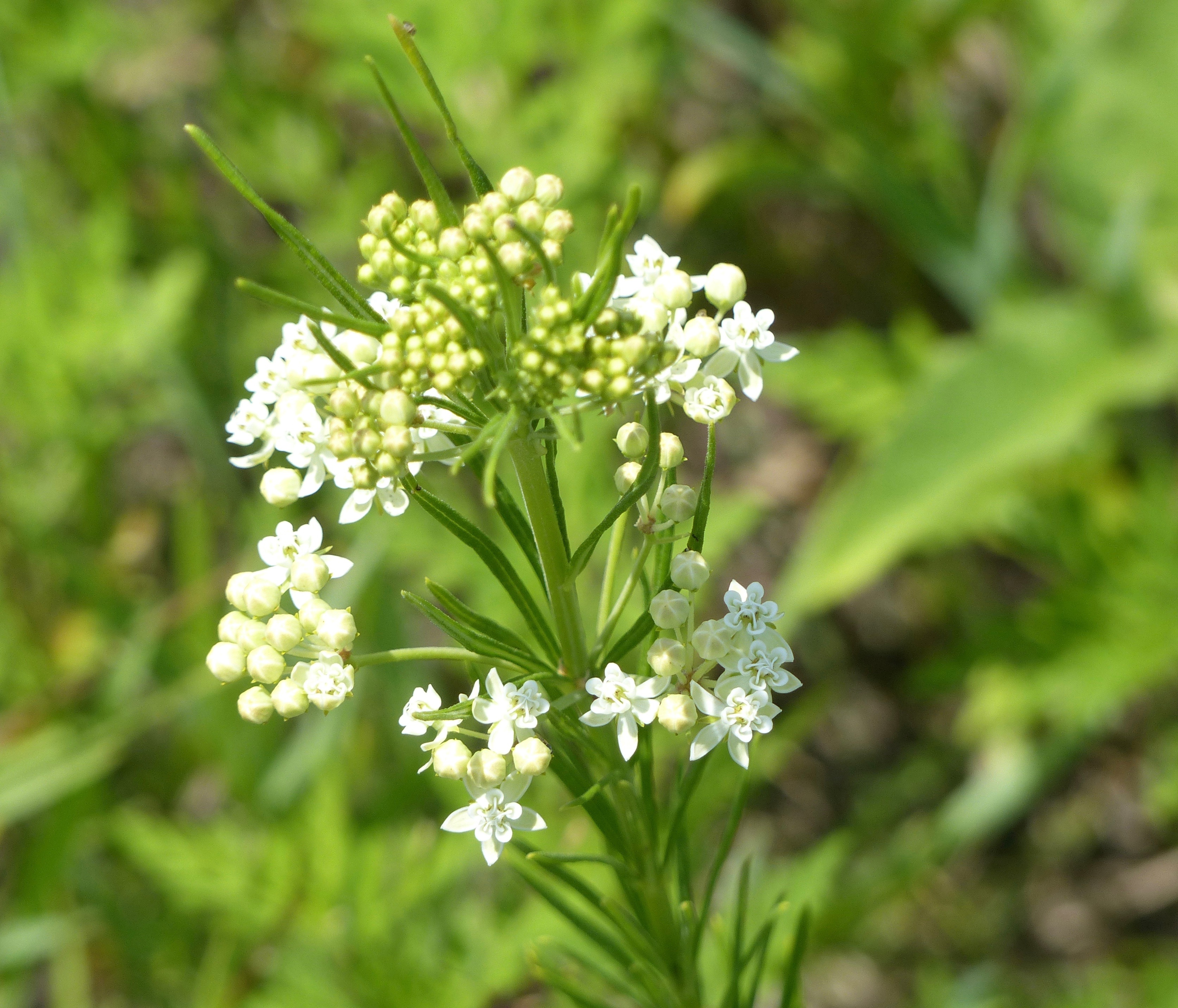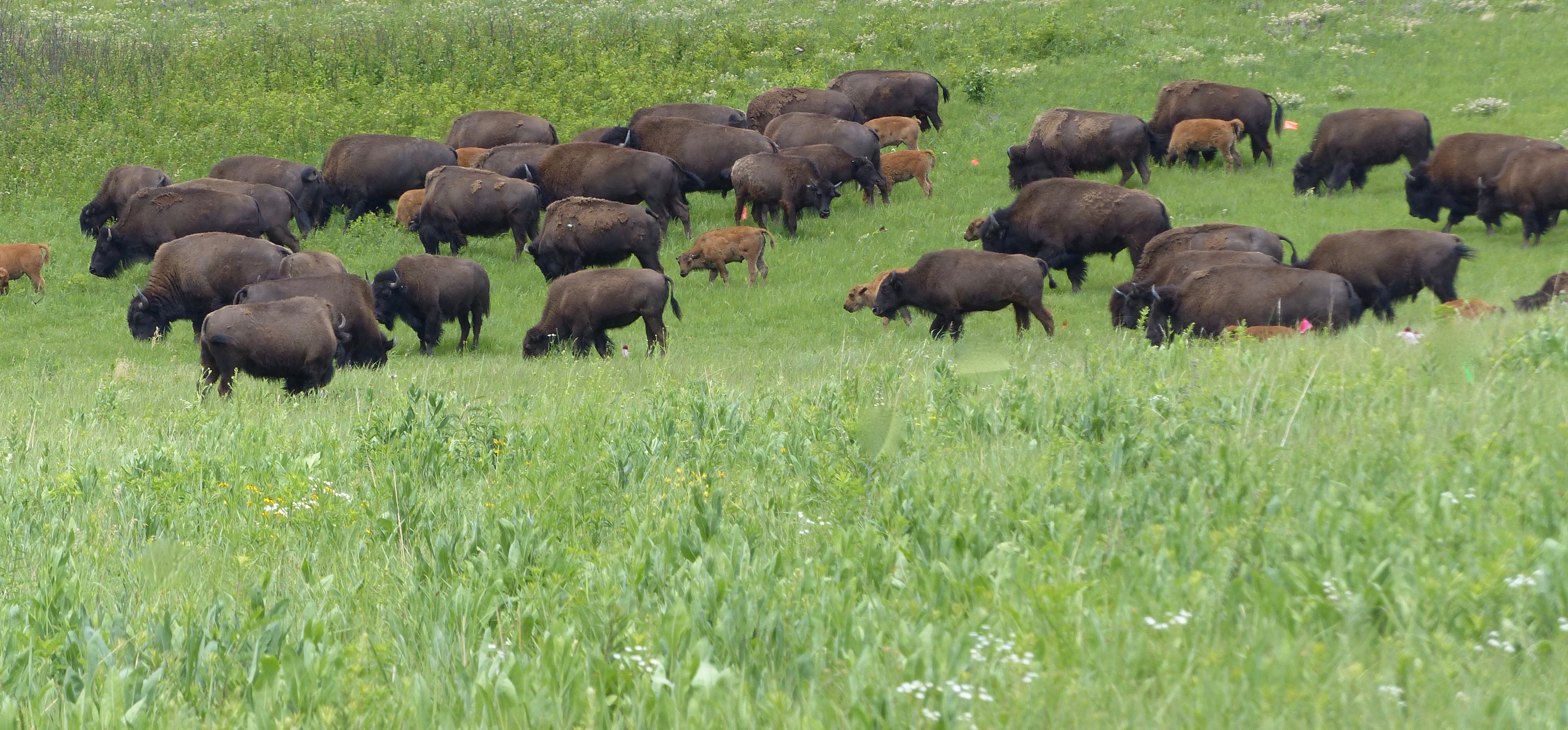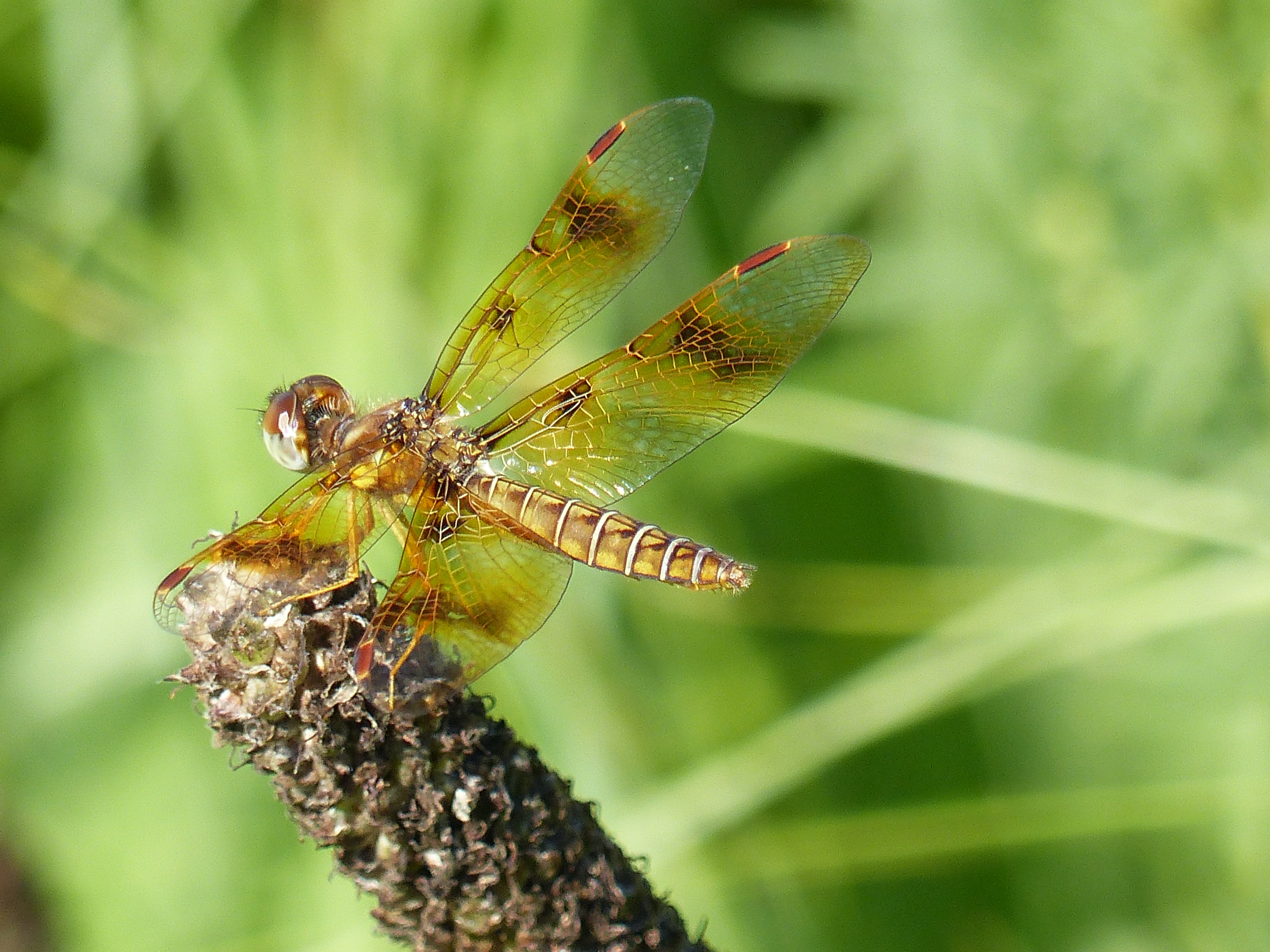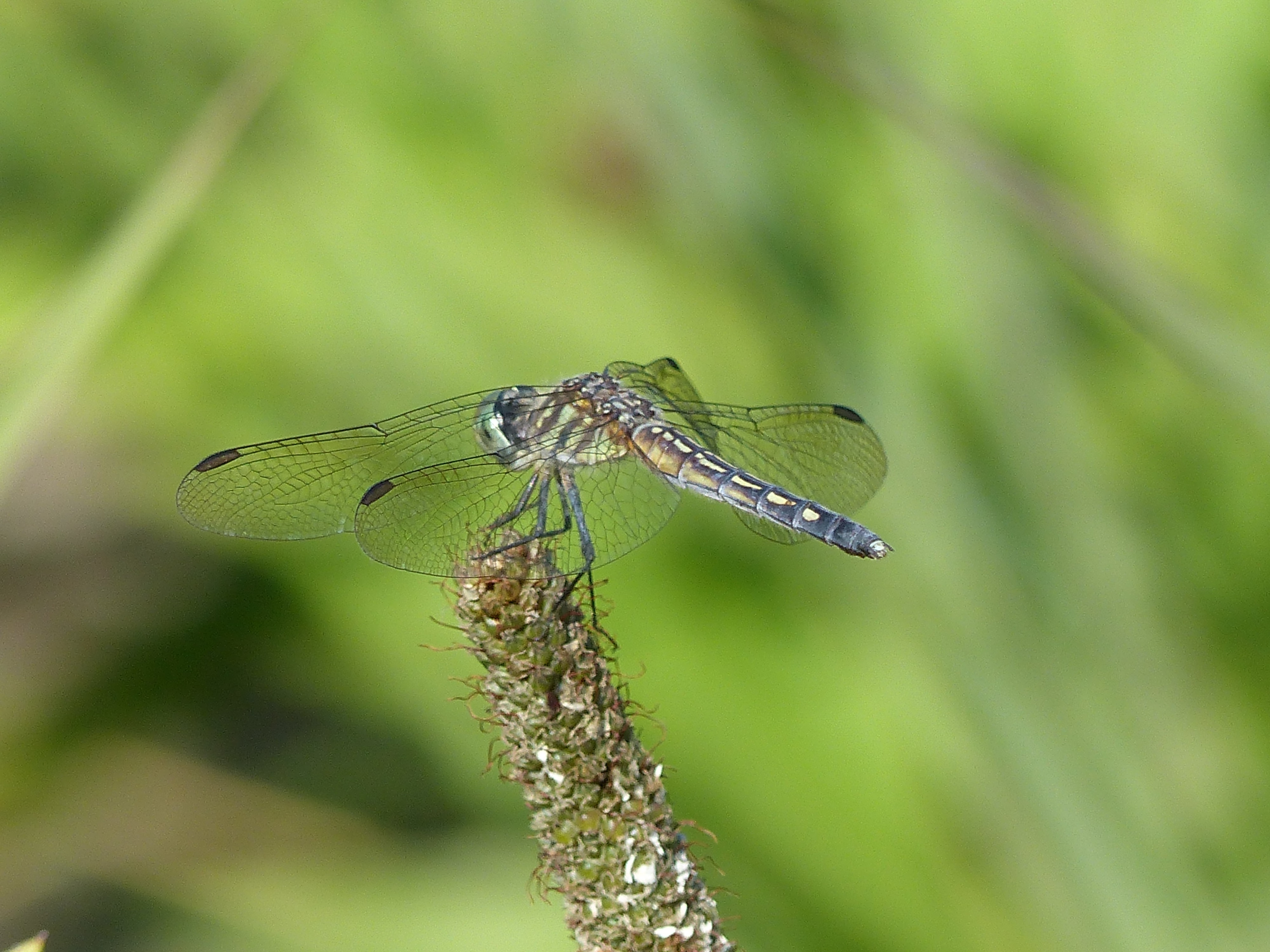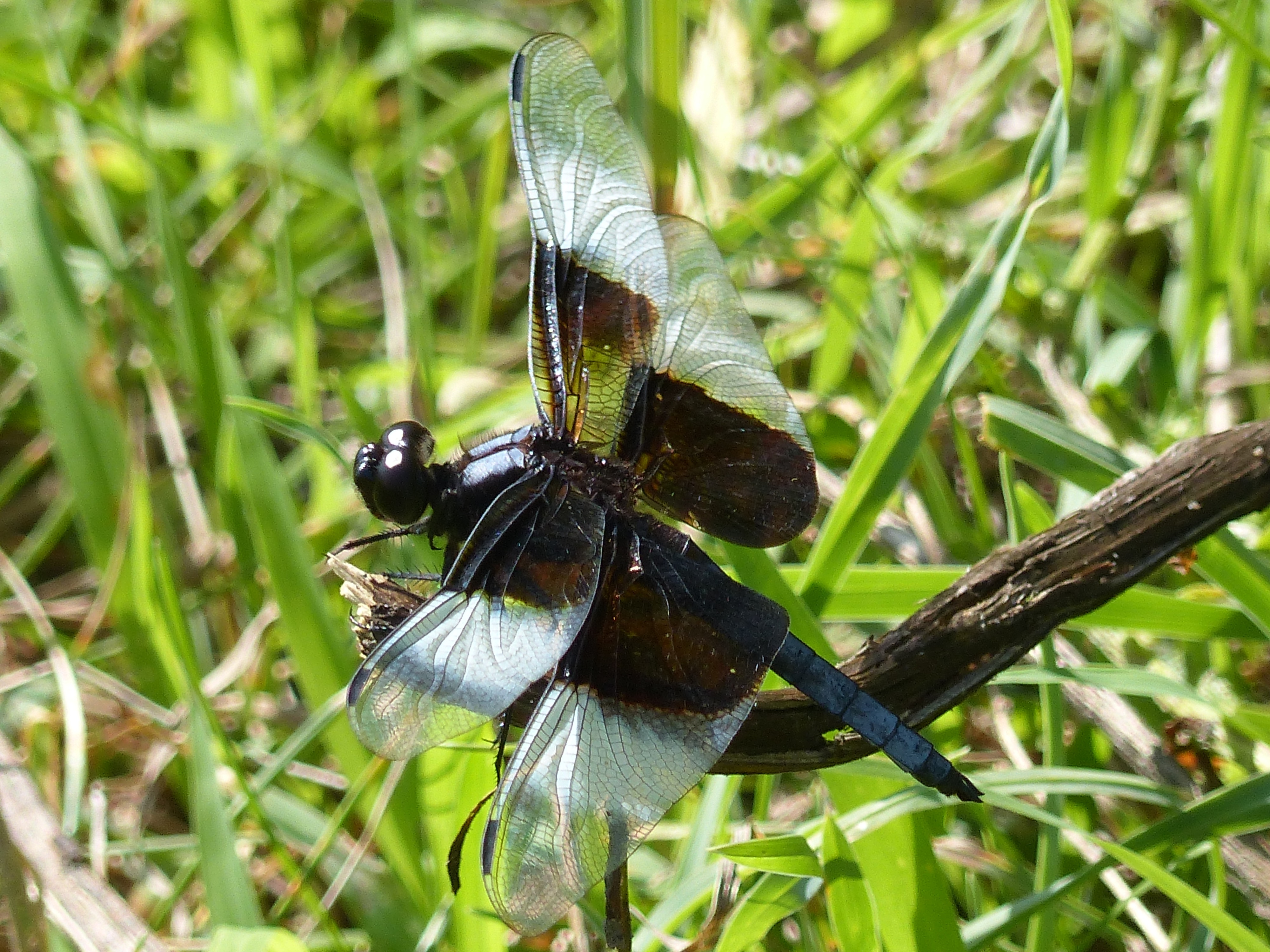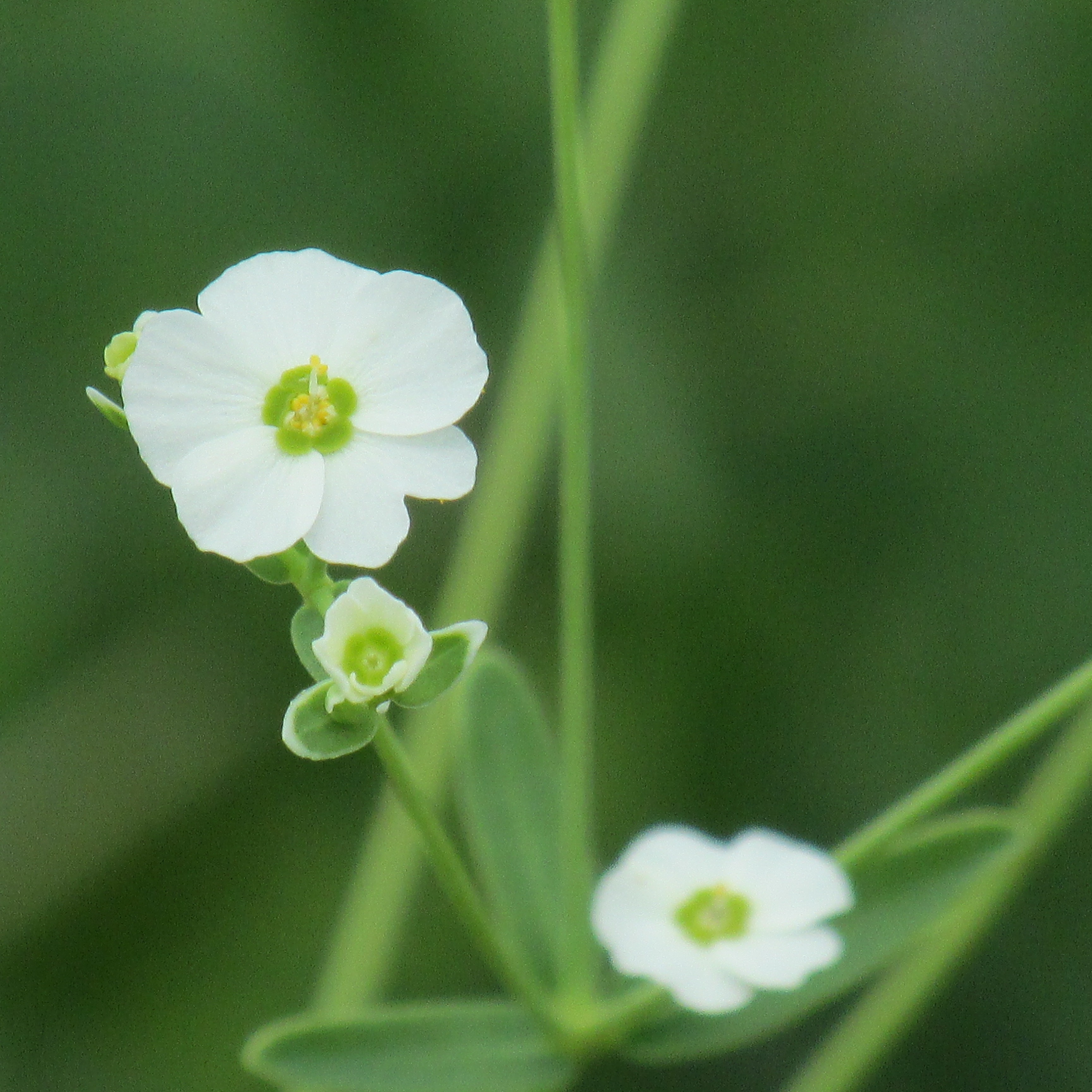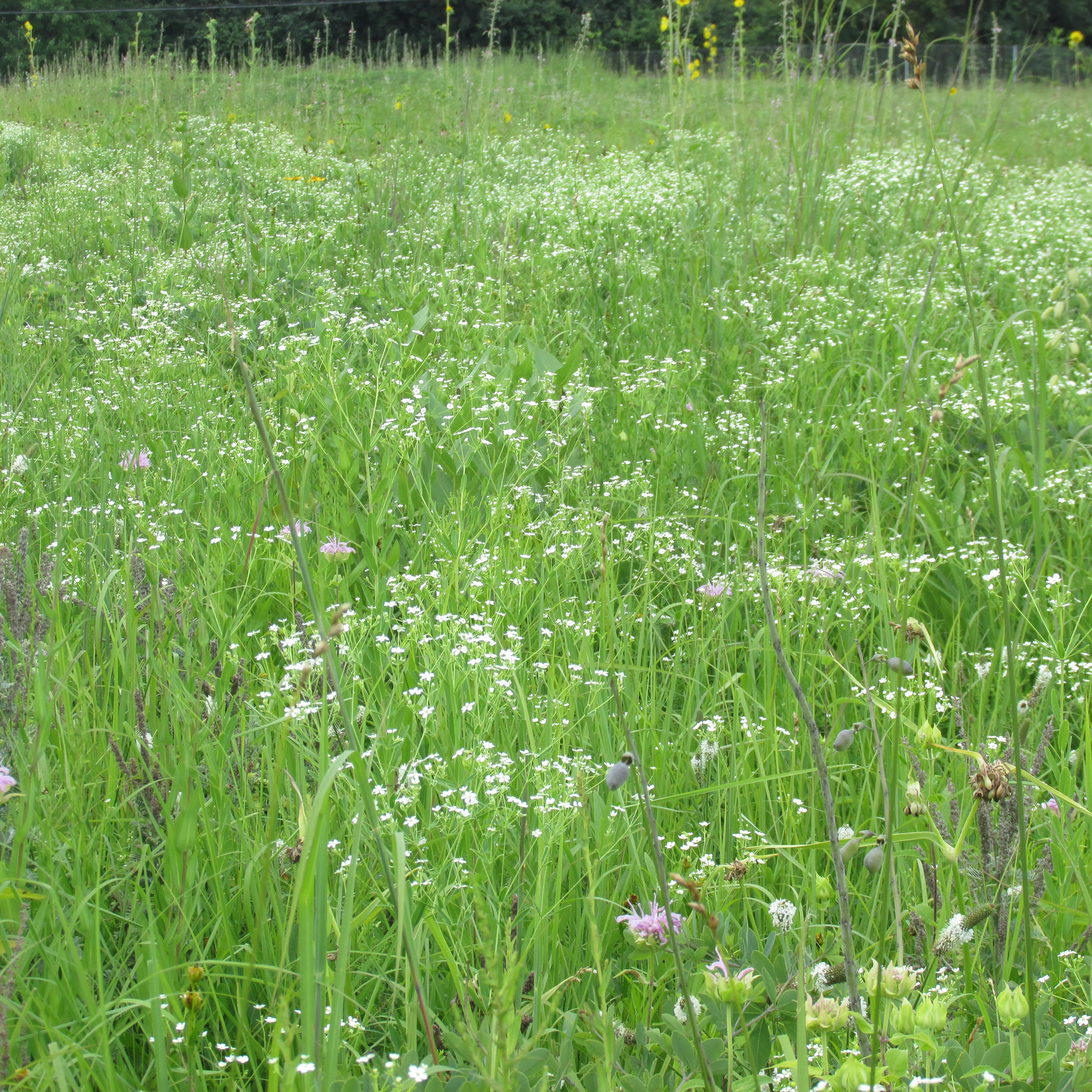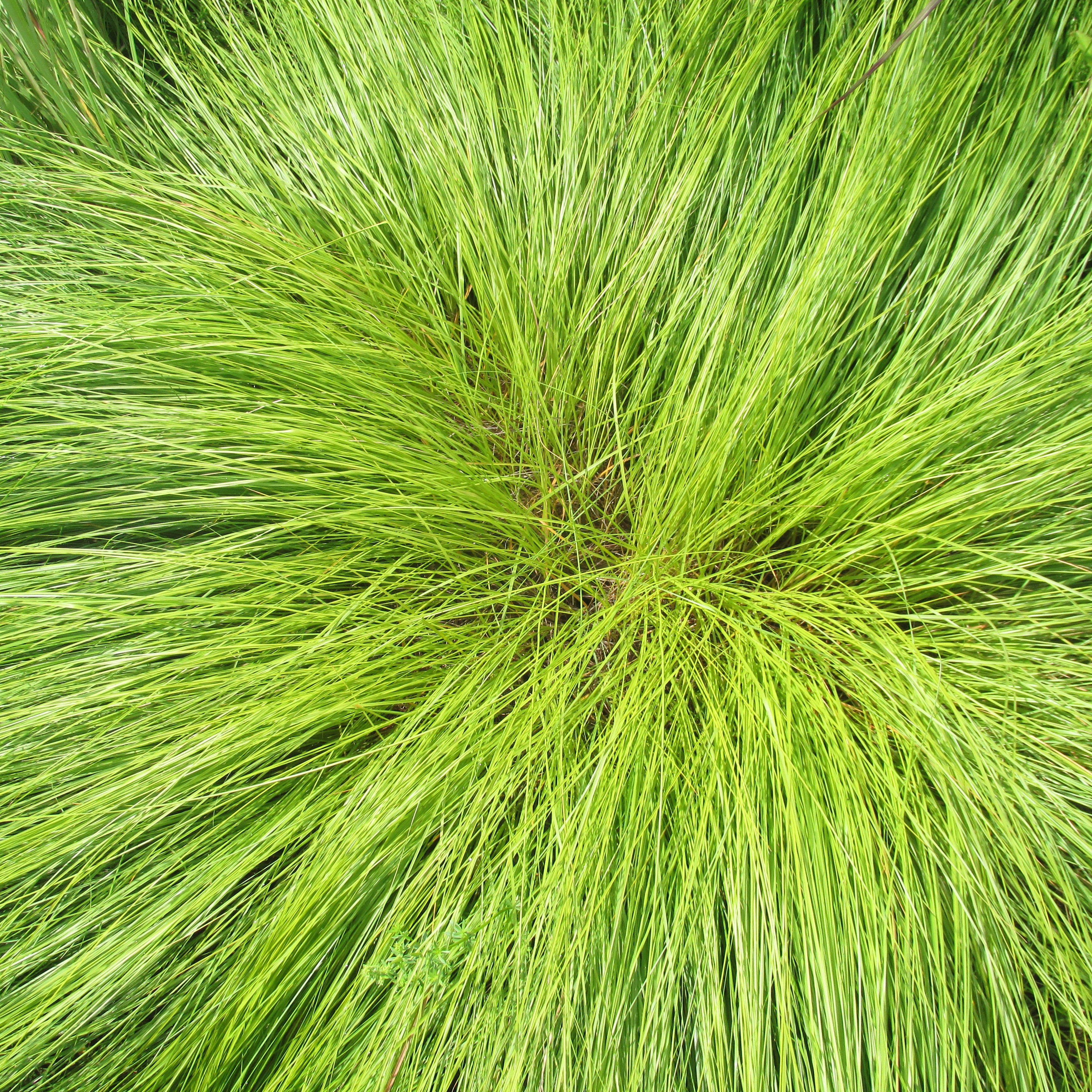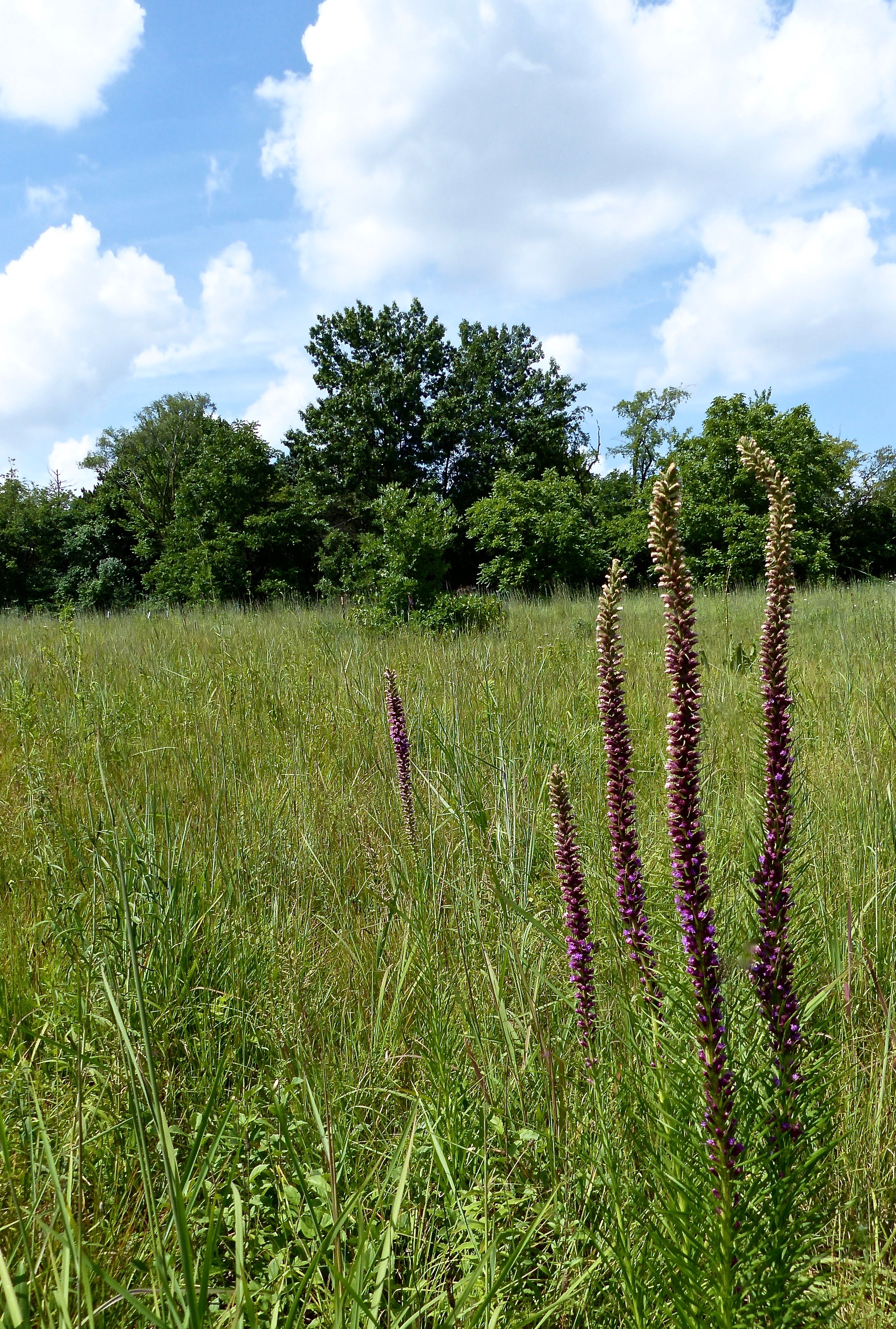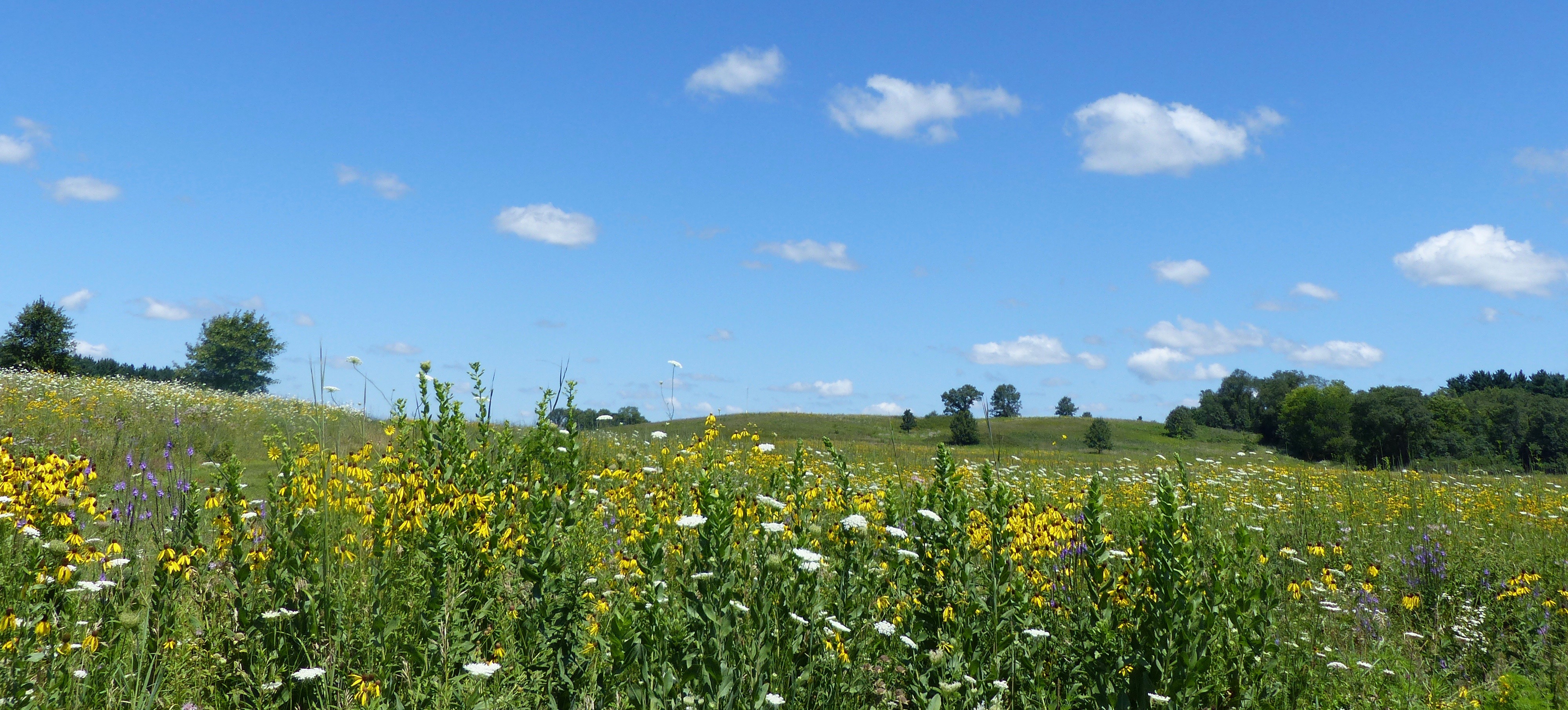“The small things of life were often so much bigger than the great things . . . the trivial pleasures like cooking, one’s home, little poems–especially sad ones, solitary walks, funny things seen and overheard.” –― Barbara Pym
******
Open windows. Cool breezes. That low slant of light. Autumn is here.
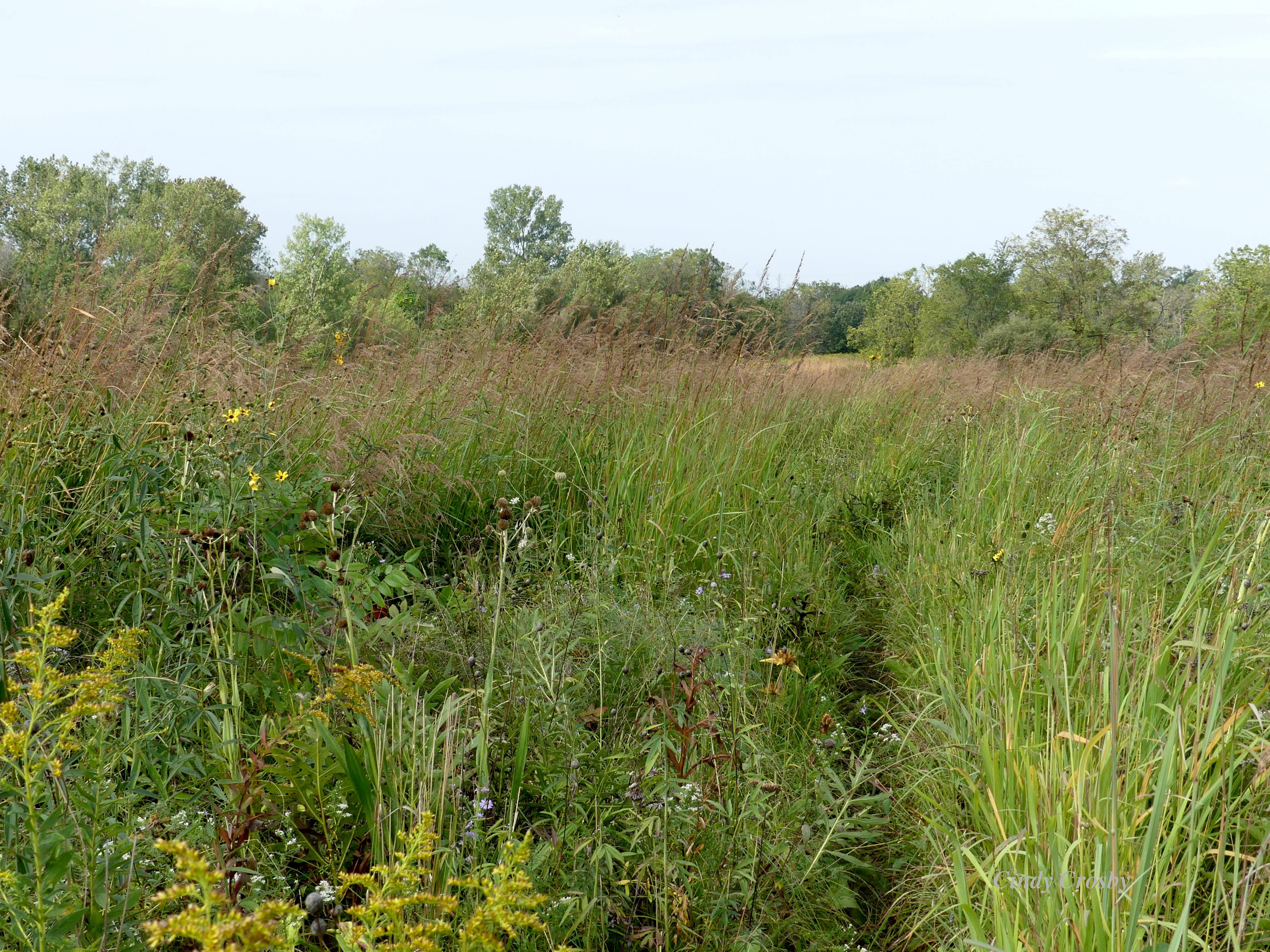
After dragonfly migration is finished, I always feel a bit of a letdown, as you might after the end of a long-anticipated party. Summer is over. But it’s impossible to feel too melancholy as the prairie ramps up its fall extravaganza. This year, the Indian grass, big bluestem, Maximilian sunflowers and tall coreopsis loom high, shooting toward the sky. Lush. Lanky. Resplendent. Many tallgrass trails are impassible and choked with thick vegetation. The recent deluge of rain left sunflowers too top-heavy to stand upright. Gold spills into the mowed paths.

The smell of prairie dropseed and damp earth permeates the air. The soundtrack of goldfinch chirps and blue jay calls is augmented by the insects tuning up each evening, a static that I sometimes don’t notice until it goes silent. The cacophony is already winding down; soon, we’ll lose this chorus altogether. Goldfinches are ravenous. It seems they can’t get their fill. They work over the prairie patch in my backyard like a bus full of tourists at an all-you-can-eat buffet restaurant.
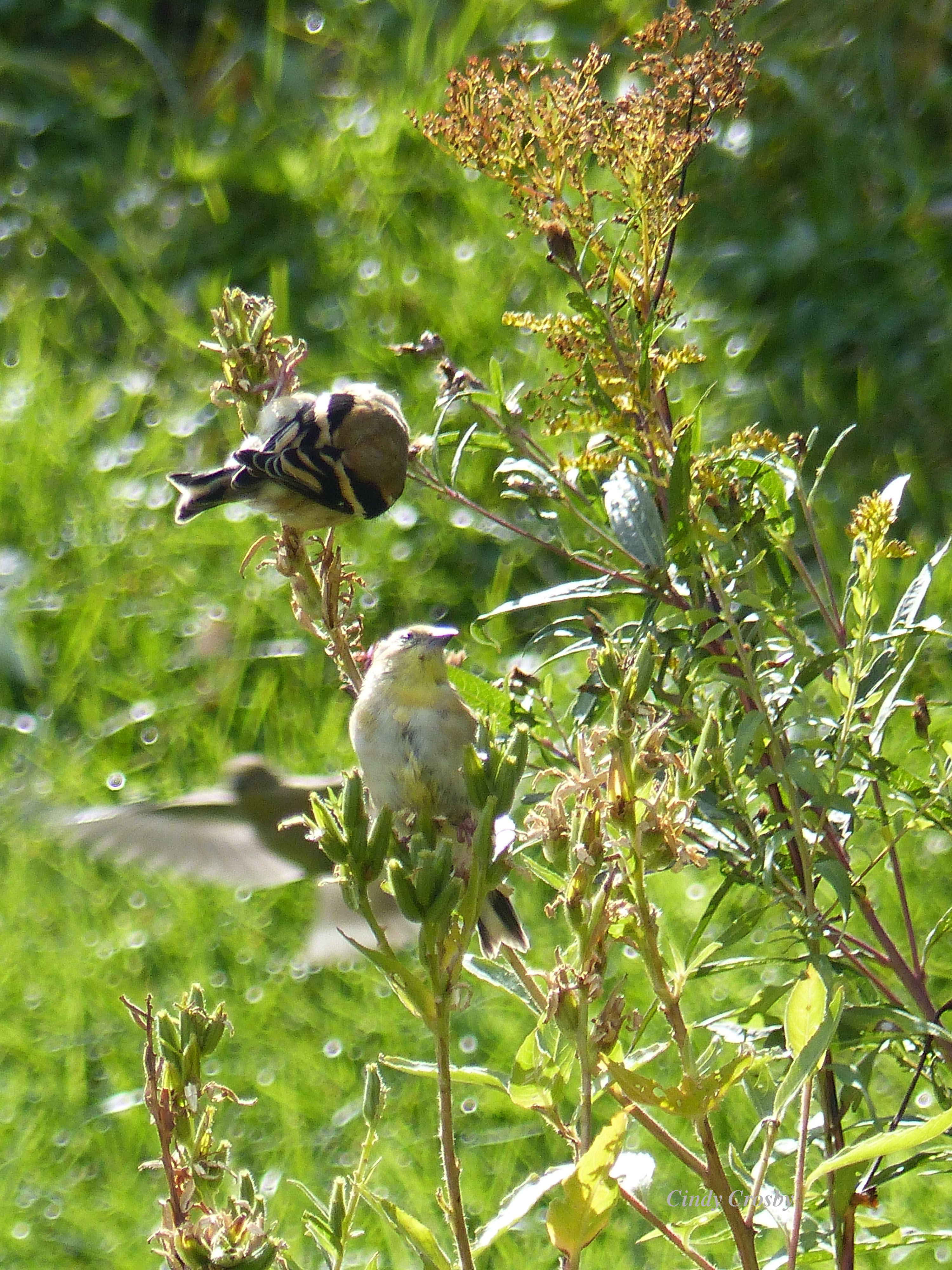
An occasional crow inks its way across a mackerel sky, and I’m reminded to be grateful for each bird I see and hear, on the prairies and in my backyard. Bird conservation news has been dismal this week, and birds of the grasslands are faring the worst of all. It’s another reason to encourage establishments of new prairies, and to care for existing remnants and restorations.
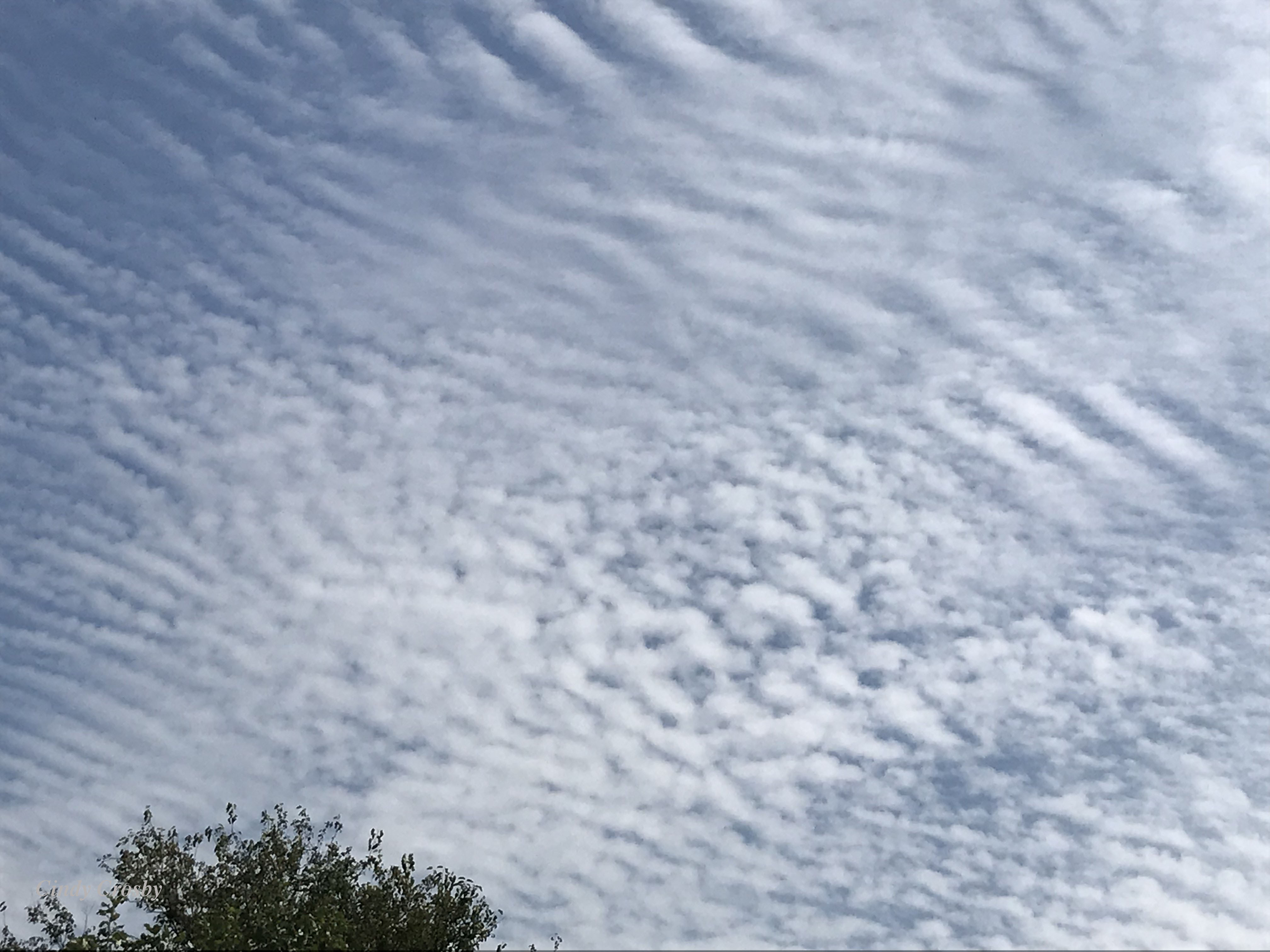
September is arguably one of the most enjoyable months in the tallgrass. Have you been for a hike on the prairie this month? Do you need motivation to go? Consider a few of the September prairie’s “Greatest Hits.” Maybe one of them will give you a push out the door.
Compass Plants and Other Silphiums
As I wandered through my backyard prairie patch this week, I suddenly realized my prairie dock and compass plants failed to flower this season. Why didn’t they flower? I’m not sure. This flower-less state is not unprecedented, both in my backyard and on the prairie. Some years, they just… don’t flower! Anecdotally, it seems like the compass plants and prairie dock take a “rest” every few years from making flowers and seeds, the production of which is a huge output of energy.

I missed the tall bloom stalks of compass plant and prairie dock this summer, with the occasional goldfinch or hummingbird resting on top. The hummingbirds that sojourned through my backyard had to settle for the tall zinnias as surveillance platforms instead.

There are four members of the Silphium genus most prairie stewards concern themselves with: compass plant, prairie dock, rosinweed, and cup plant. (Read more about cup plant in a previous post here.) On Sunday, I went for my first big prairie hike since my surgery six weeks ago, visiting Belmont Prairie in Downer’s Grove for a half an hour. I compared their compass plants and prairie dock with my own backyard plants. The trails were cut back, making it easy to hike (thank you, Belmont prairie stewards and volunteers!) Woven compass plant leaves ranged from vibrant green to various stages of senesce.
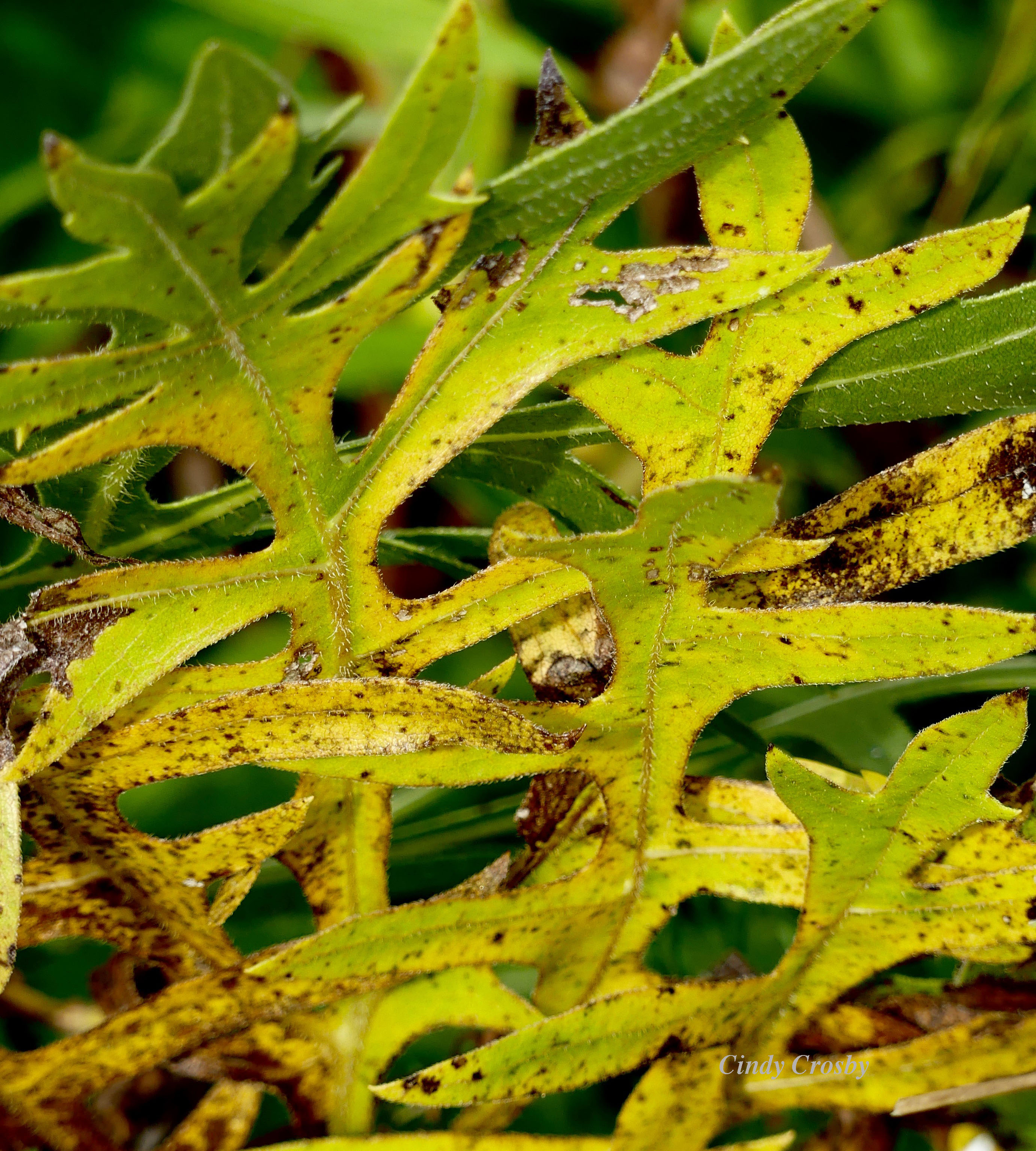
Some leaves have already turned crisp and brown, curling into base clefs. Or perhaps, chocolate shavings.
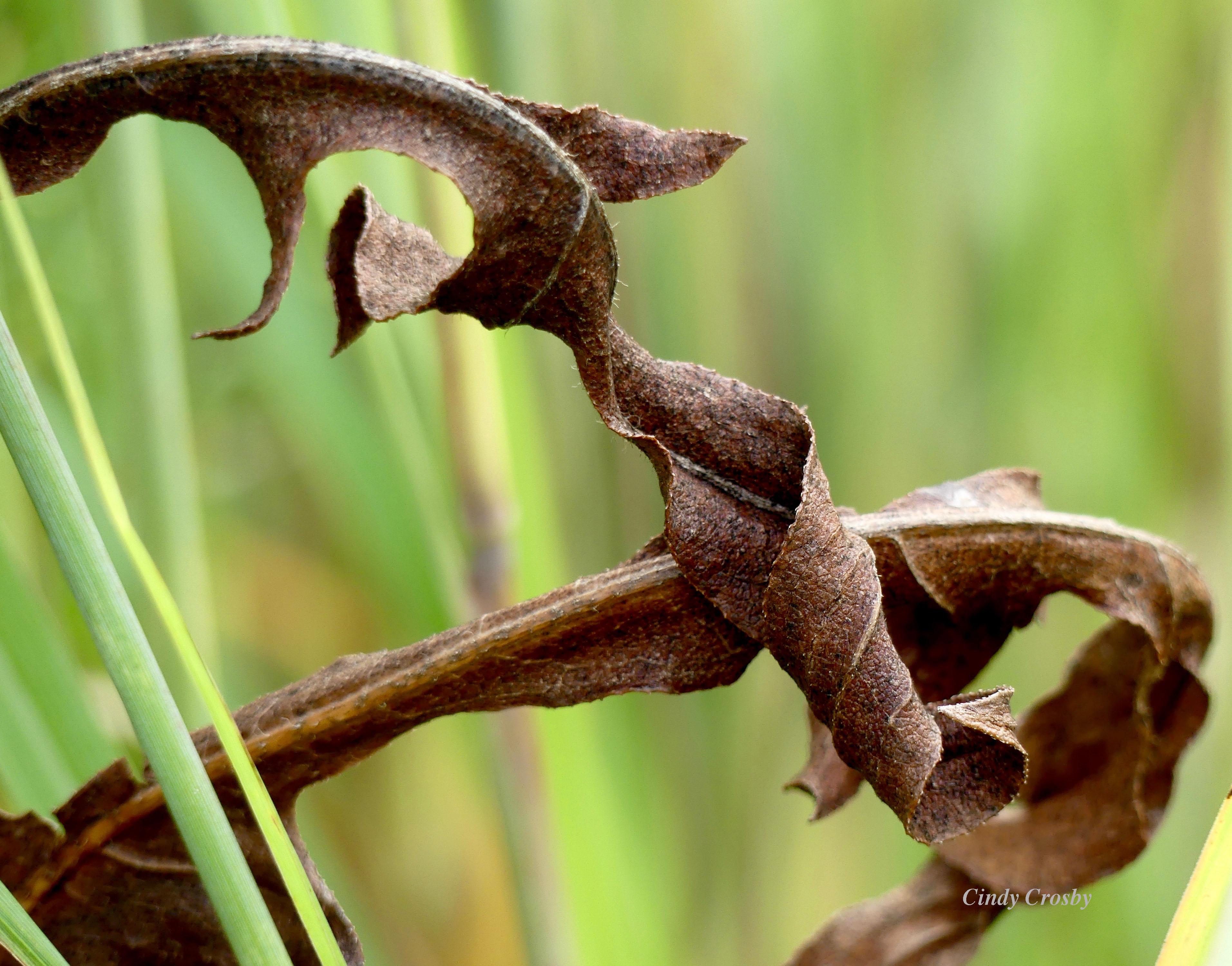
Others were somewhere inbetween “vibrant” and “crunchy.”
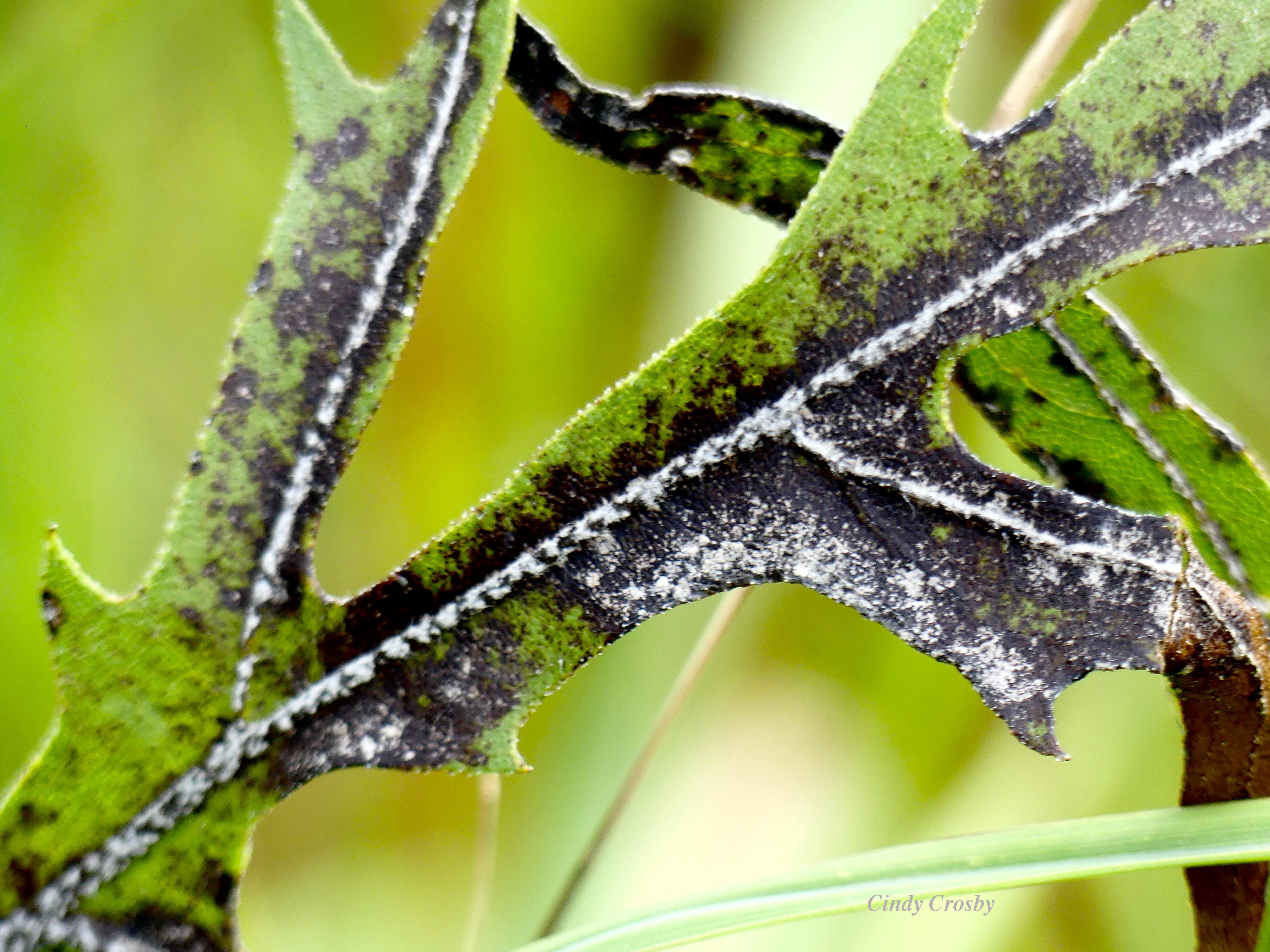
I looked for prairie dock seedheads and came up empty. I only found desiccated leaves.
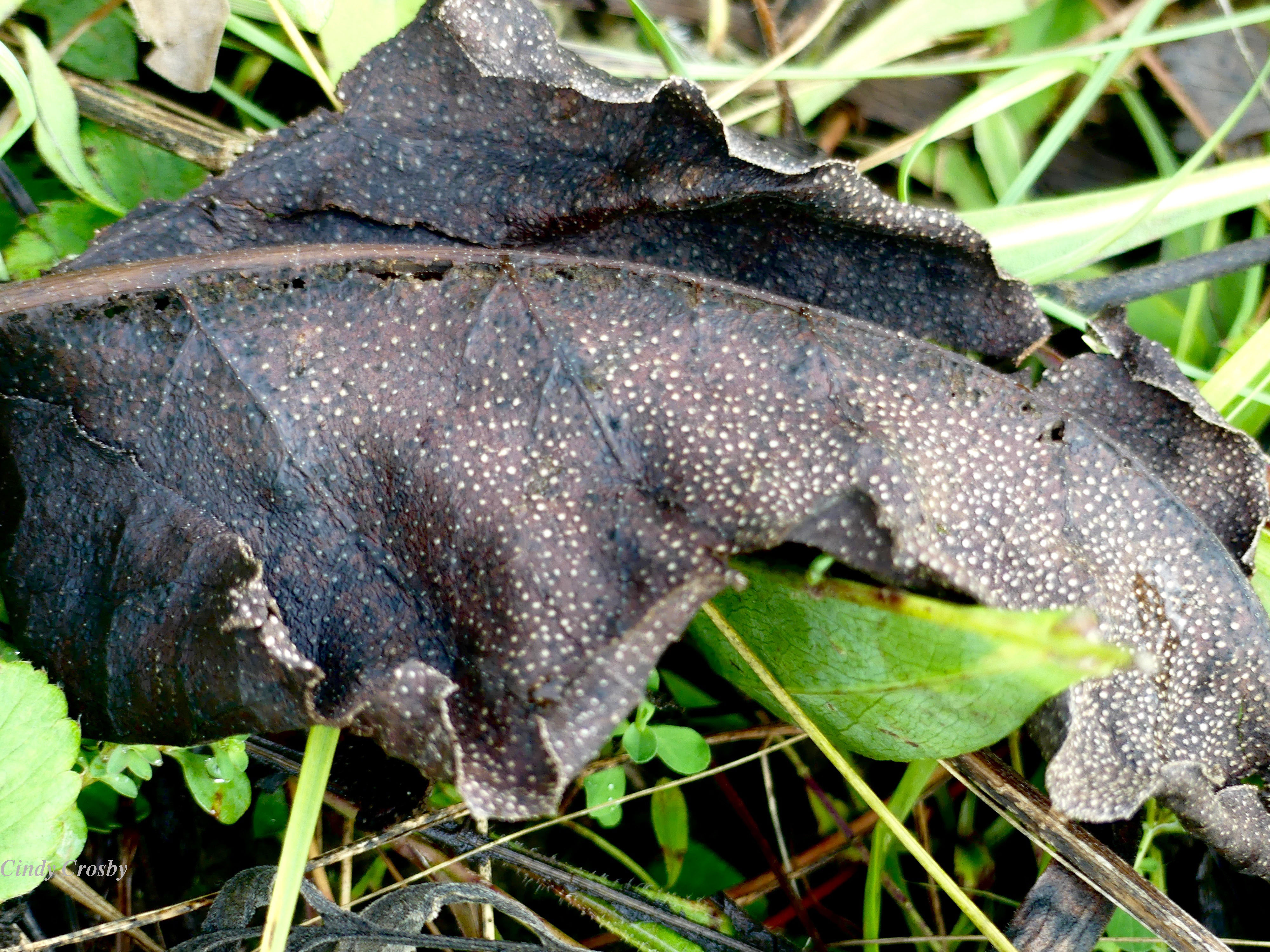
I did find rosinweed—the less showy of the Silphiums—which had flowered and gone to seed.
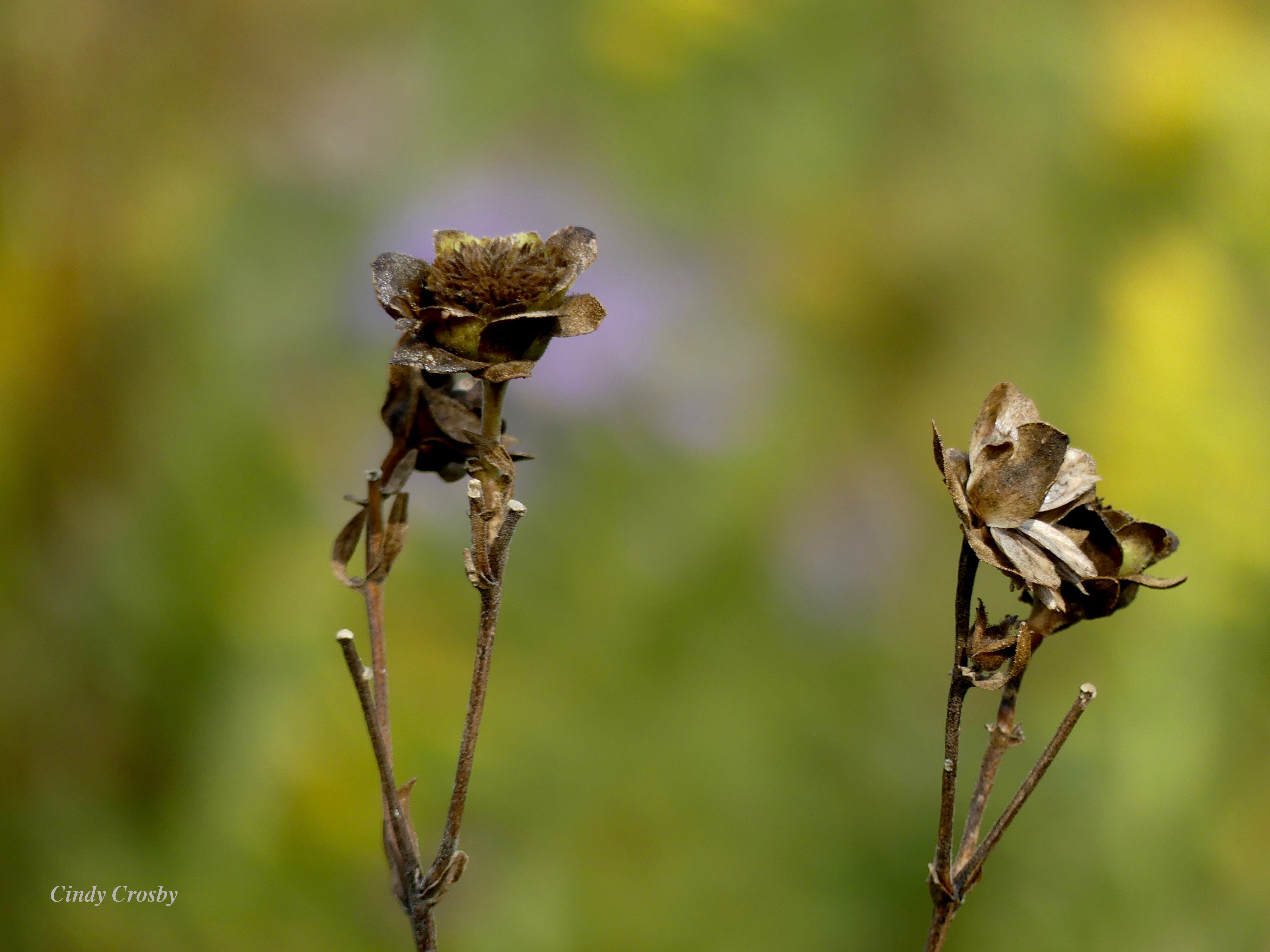
Click here and you can see what rosinweed looks like in bloom. Pretty. But I love it in the seed stage, each September seed cluster more intricate than its straightforward bright yellow flowers of summer.
The other three Silphiums are always show-stoppers; in bloom or in seed, or —if blooms fail—just for their changing leaves. Each member of the quartet has its individual charms. Especially this month.
Dazzling Asters and Glorious Goldenrods
September is peak time for asters and goldenrod. Yes—as I wrote last week—aster ID can be frustrating. It’s nice to be on the prairie, where many of the asters are easily identifiable. Tiny leaves help ID the pearly white flowers of heath aster (now with its unwieldy new genus name of Symphyotrichum ericoides).
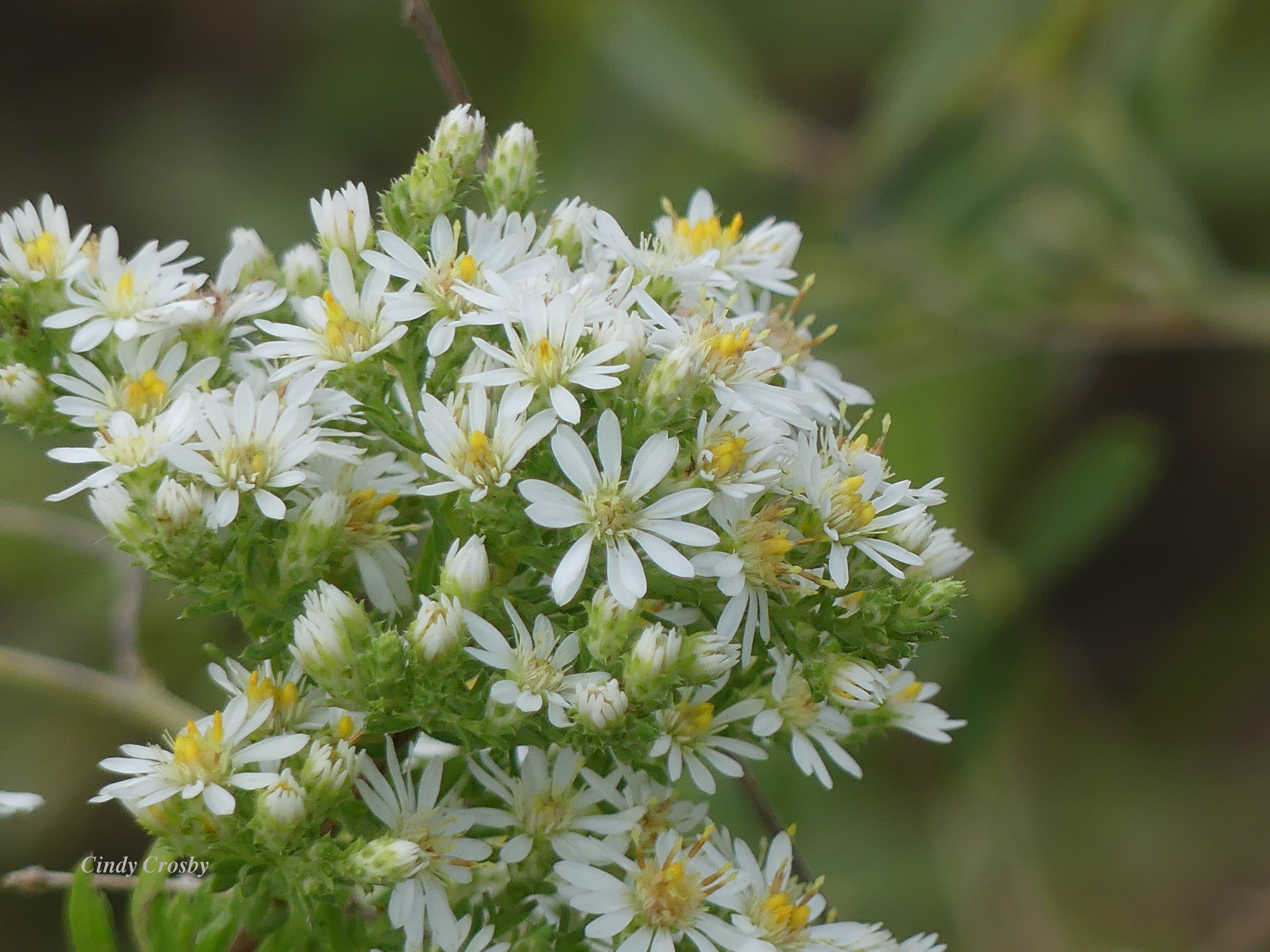
The smooth blue asters have—as you’d expect—smooth stems and leaves. Here, they mix with the vibrant and colorful spent stems of flowering spurge. More about that plant in a minute.

September is the month for the eye-popping purple haze of the familiar New England asters , which to me signals the prairie bloom season’s grand finale.

The yellows of goldenrod are a worthy pairing for the asters. Ask any quilt maker, and they’ll tell you purple and yellow are complementary colors, great for contrast. The prairie liberally juxtaposes the two in September. What a show!
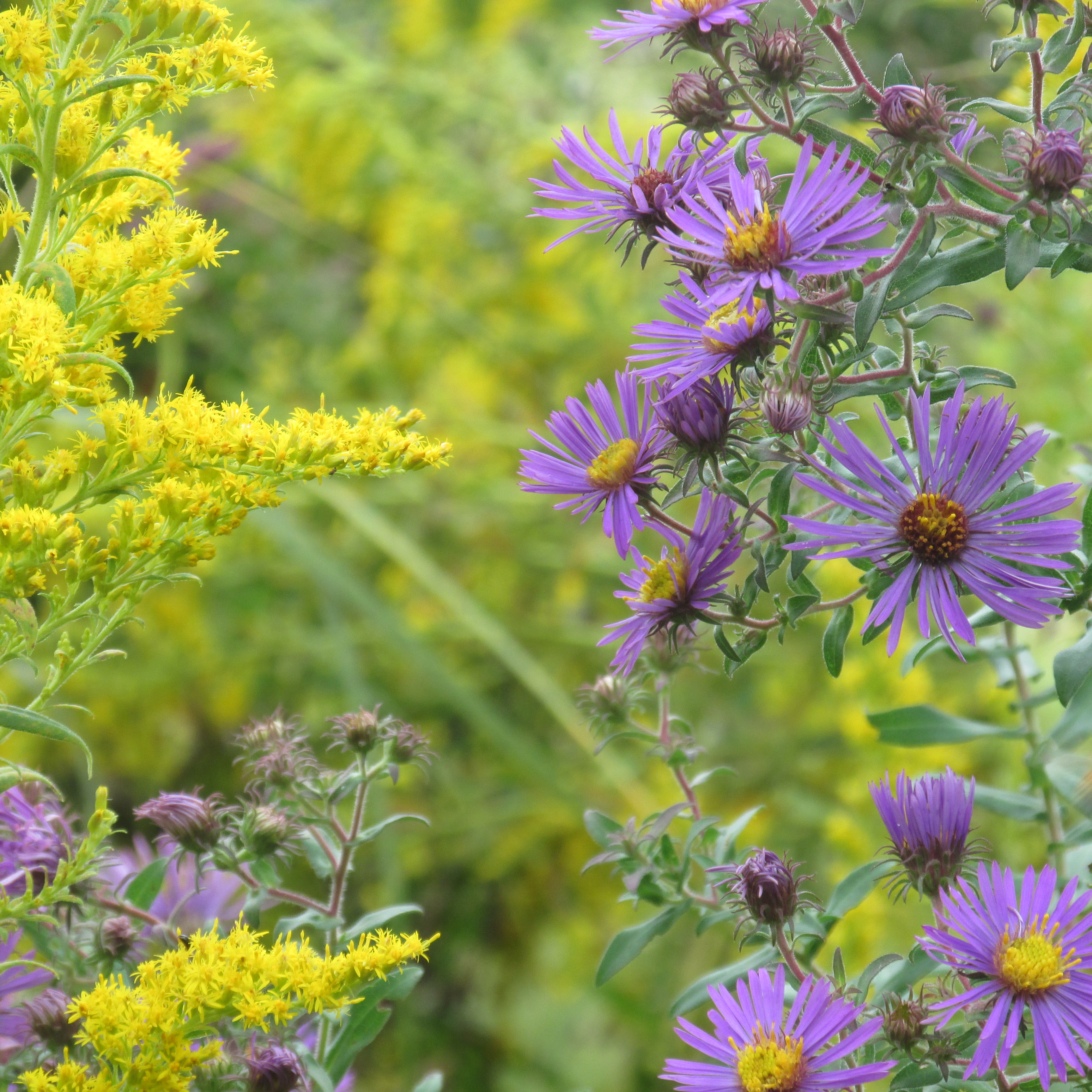
I’m imagining the faces of some of the prairie stewards and volunteers reading this right now. Goldenrod is a pain in the neck! you might say, shaking your head. I know, I know. When I began volunteering in natural areas almost 20 years ago, my first question to the steward was: “I should pull all this goldenrod, right?” I was surprised when the answer was “No!”, and to learn goldenrod was native to the Midwest.
If you spend time on a prairie or create a prairie in your backyard as I have, you may find goldenrod is—shall we say—a bit rambunctious. Sure, you might end up weeding out some of this native plant that is also a take-over specialist to make room for more diversity. But think of the nectar goldenrod provides for bees and butterflies! I became a goldenrod enthusiast when Jeff and I visited Kankakee Sands‘ prairies in September a few years ago, and we happened upon a monarch migration in progress. The butterflies were fueling up on stiff goldenrod.

Not convinced about goldenrod? A short visit to Belmont Prairie this month is enough to convert even the staunchest goldenrod hater.
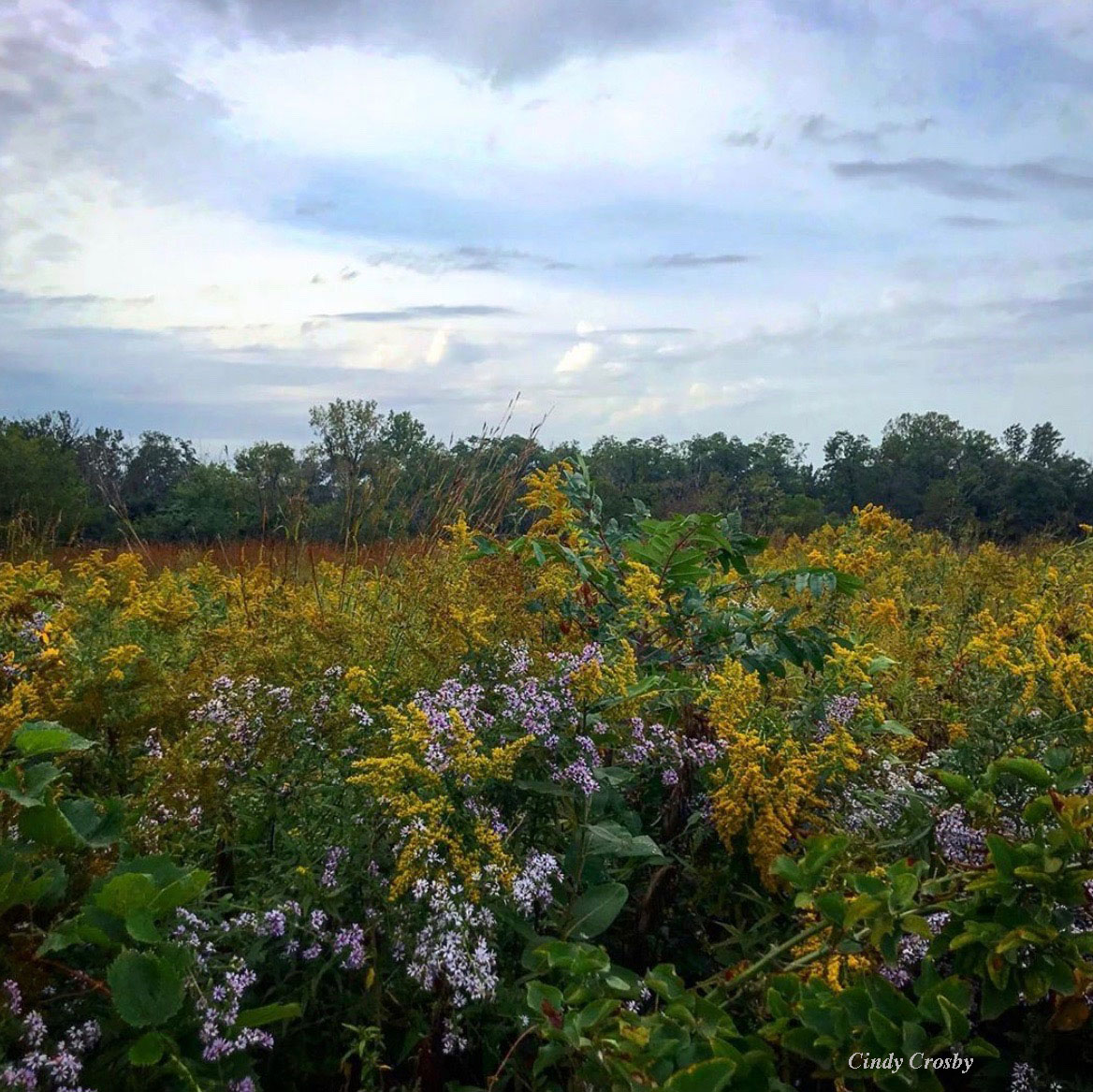
Like all good things, goldenrod is perhaps best in moderation. But the insects love it. Which brings us to…
A Sweet Buzz
The bees are still with us. Bumble bees. Honey bees. Native bees in all patterns, sizes, and colors. In Illinois alone, there are 400-500 species of native bees! Hiking the September prairie, or standing in my backyard prairie patch, it’s difficult to imagine that in a few short months, the buzz will go mostly silent.

This week, I was reading a novel by British writer Barbara Pym when I ran across the phrase, “Tell the bees… .” What was this? I turned to Wiki for more information. Evidently, a European beekeeping custom is to let your bees know when important life events such as births, marriages, and deaths happen. If you fail to do so, so the folklore goes, the bees may leave their hive or fall into decline. You might also drape your bee hives in black if someone dies, or leave a slice of wedding cake next to the hives when a marriage takes place in the family. John Greenleaf Whittier (1807-1892) wrote a melancholy poem about this tradition, “Telling the Bees.”

I’m considering what I might “tell the prairie bees” this week. Be strong. Multiply. We need you to keep our prairies healthy. Thank you.
Skipper Fiesta
The fiery skippers have thrown themselves into September with a zeal I’ve not experienced before. They hang out around the prairie patch; perch and nectar on the zinnias in the garden.

The best way to see the skippers, I’ve discovered, is to sit somewhere close to a nectar source and pay attention. Not rocket science, is it? But how often I seem to be too busy to just sit and look! In September, the skippers are a reminder to do just that.
Unexpected Prairie Fall Color
Who needs autumn leaves when you have the prairie? The golds of Indian grass, the wine-blue Andropogon gerardii—big bluestem, the copper-colored little bluestem. Together, they make the September prairie breathtaking. I also anticipate the flowering spurge’s post-bloom color each year; the leaves and stems are every bit as pretty as the sugar maple’s leaves.

You can find these bright spots all across the tallgrass.
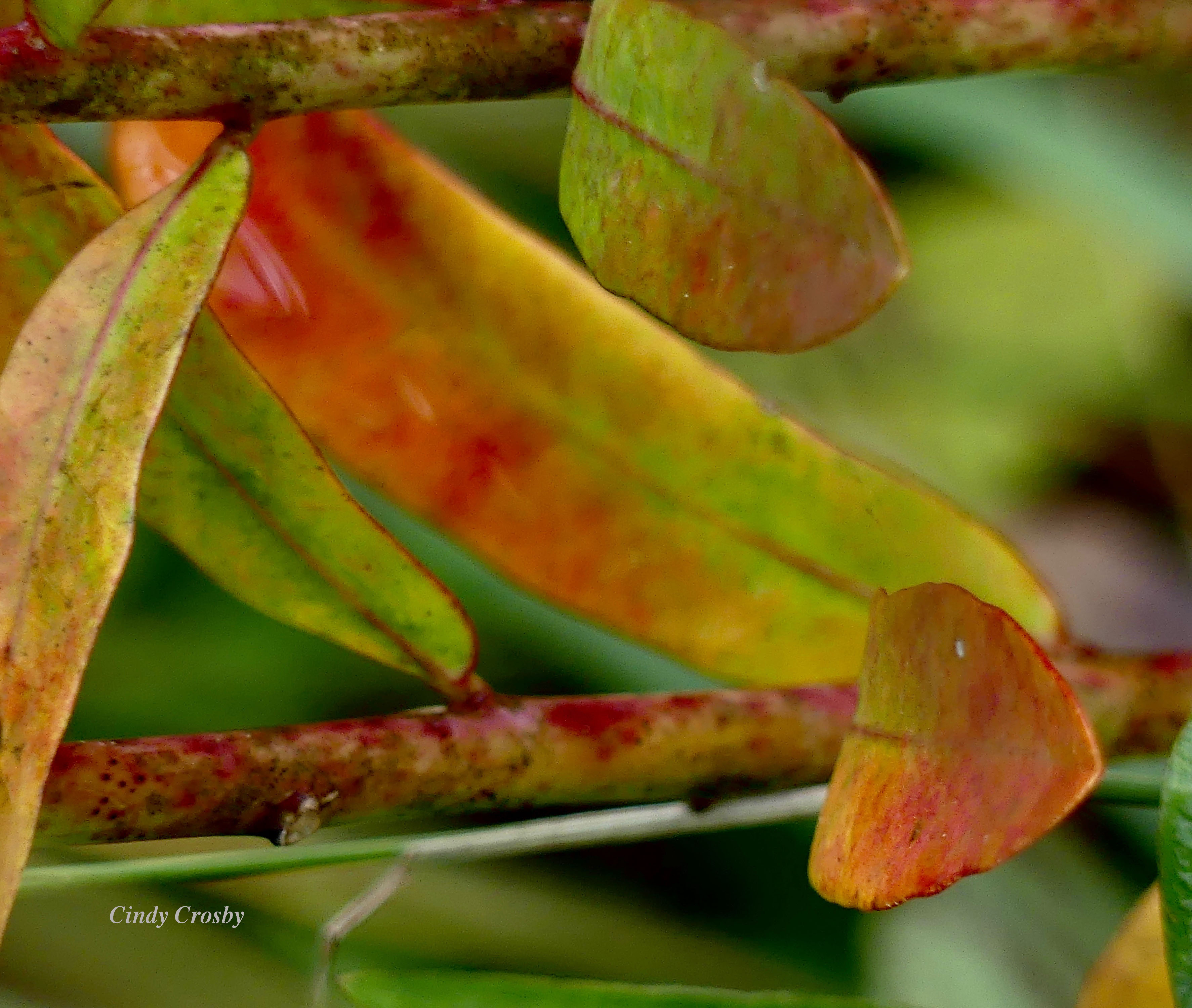
From a distance, they look almost pink. A startling color, in September.
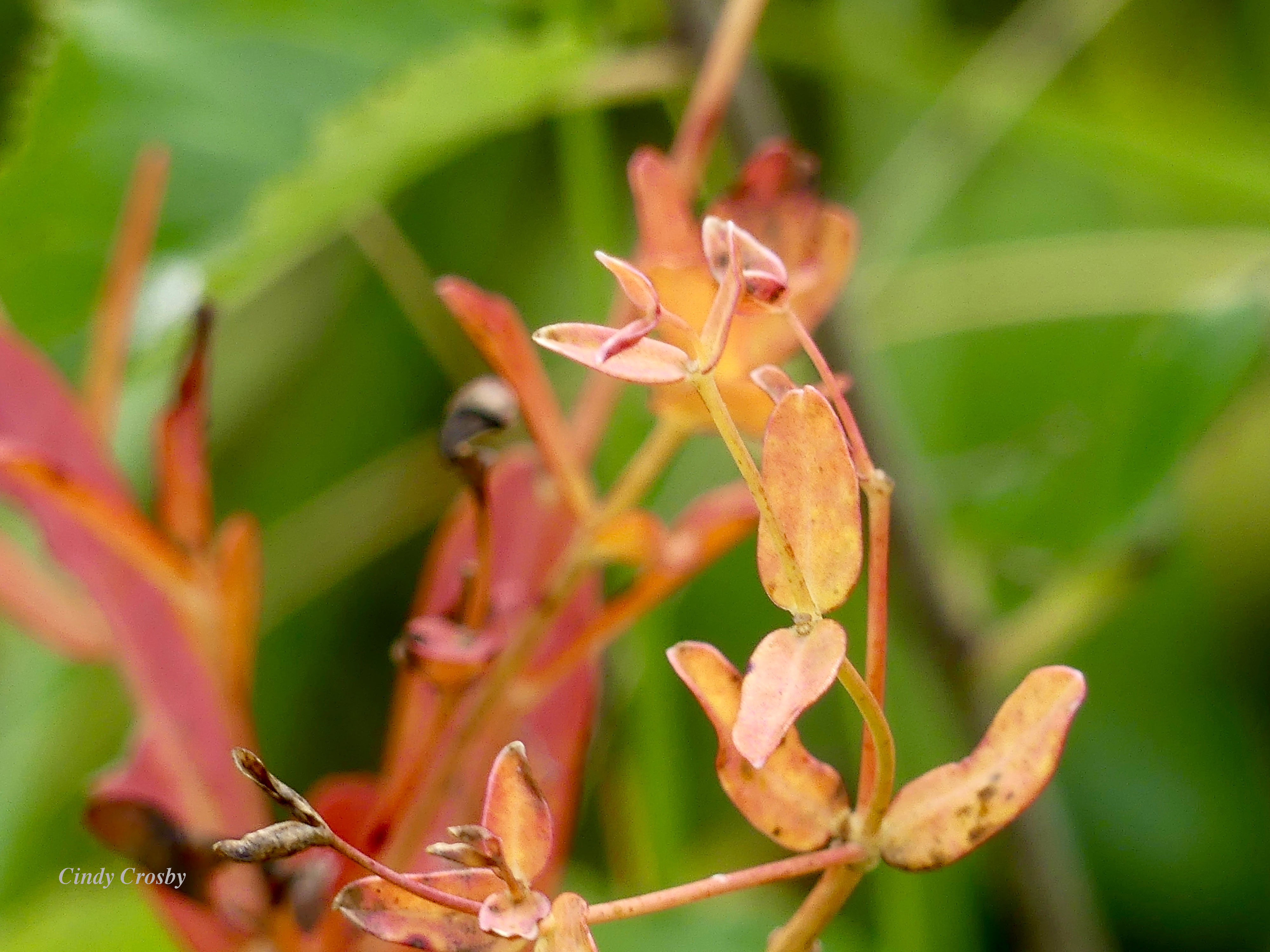
Color. Textures. Buzz. Blooms. These are only a few of the September prairie’s greatest hits. What are your favorite sightings on the September prairie? Drop me a note, and let me know.
There is so much to enjoy on the prairie in September. So much to marvel about. The month is sliding to a close.
Why not go see?
*****
Barbara Pym (1913-1980), whose quote opens this week’s post, was a British writer referred to as “the most underrated novelist of the century.” Her novel, Quartet in Autumn, was nominated for the Booker Prize. Another great quote from Pym; ““Virtue is an excellent thing and we should all strive after it, but it can sometimes be a little depressing.” I also love, “Of course it’s alright for librarians to smell of drink.” Pym died of breast cancer at 67.
*****
All photos copyright Cindy Crosby (top to bottom): trail through Belmont Prairie Nature Preserve in September, Downer’s Grove, IL; Maximilian sunflowers (Helianthus maximiliani), Belmont Prairie Nature Preserve, Downer’s Grove, IL; goldfinches (Spinus tristis) enjoying evening primrose seeds, author’s backyard prairie, Glen Ellyn, IL; mackerel sky over author’s backyard prairie, Glen Ellyn, IL; compass plant in bloom (Silphium lacinatum), Fermilab Interpretive Trail, Batavia, IL (from 2018); ruby-throated hummingbird (Archilochus colubris) on cut-and-come-again heirloom zinnias (Zinna elegans), author’s backyard garden, Glen Ellyn, IL; compass plant (Silphium lacinatum), Belmont Prairie Nature Preserve, Downer’s Grove, IL; compass plant (Silphium lacinatum), Belmont Prairie Nature Preserve, Downer’s Grove, IL; compass plant (Silphium lacinatum), Belmont Prairie Nature Preserve, Downer’s Grove, IL; prairie dock (Silphium terebinthinaceaum), Belmont Prairie Nature Preserve, Downer’s Grove, IL; rosinweed (Silphium integrafolia), Belmont Prairie Nature Preserve, Downers Grove, IL; heath aster (Symphotrichum ericoides), Belmont Prairie Nature Preserve, Downer’s Grove, IL; sky blue asters, Belmont Prairie Nature Preserve, Downer’s Grove, IL; New England asters (Symphotrichum novae-angliae) with unknown aster (Symphotrichum spp.), author’s backyard prairie, Glen Ellyn, IL; tall goldenrod (Solidago altissima) with New England asters (Symphotrichum novae-angliae), Schulenberg Prairie, The Morton Arboretum, Lisle, IL (previously taken); monarch butterflies (Danaus plexippus) on stiff goldenrod (Oligoneuron rigidum) at Kankakee Sands in September 2017, Kankakee Sands Preserve, The Nature Conservancy Indiana, Newton, IN; asters and goldenrods in September, Belmont Prairie Nature Preserve, Downer’s Grove, IL; unknown aster (Symphotrichum spp.) with honeybee (Apis mellifera) and unknown bumblebee (Bombus spp.), author’s backyard prairie, Glen Ellyn, IL; unknown bumblebee (Bombus spp.) on New England aster (Symphotrichum novae-angliae), author’s backyard prairie, Glen Ellyn, IL; fiery skipper (Hylephila phyleus) on cut-and-come-again heirloom zinnias (Zinna elegans), author’s backyard garden, Glen Ellyn, IL; flowering spurge (Euphorbia corollata) in September, Belmont Prairie Nature Preserve, Downer’s Grove, IL; flowering spurge (Euphorbia corollata) in September, Belmont Prairie Nature Preserve, Downer’s Grove, IL; flowering spurge (Euphorbia corollata) in September, Belmont Prairie Nature Preserve, Downer’s Grove, IL.
****
Join Cindy for a speaking event or class! Visit www.cindycrosby.com to learn more.
